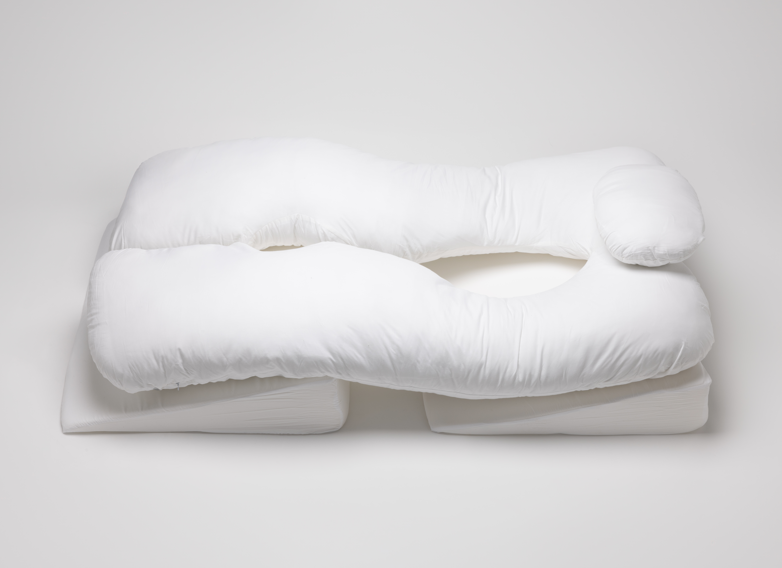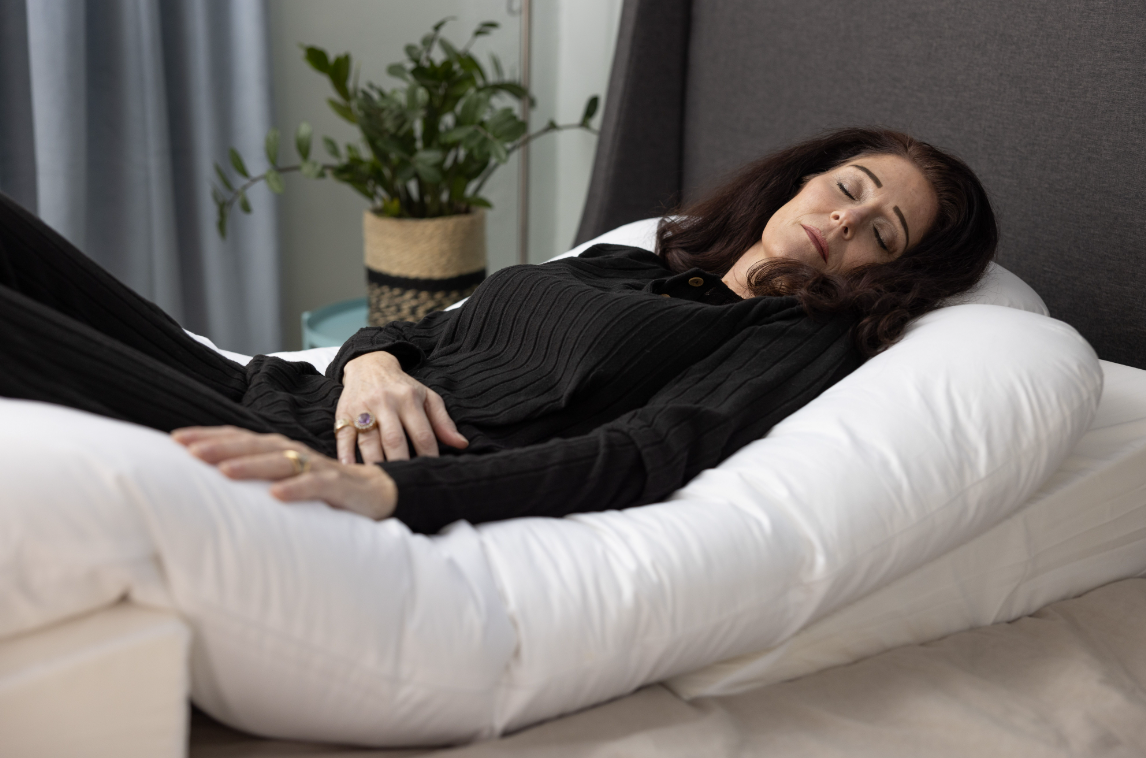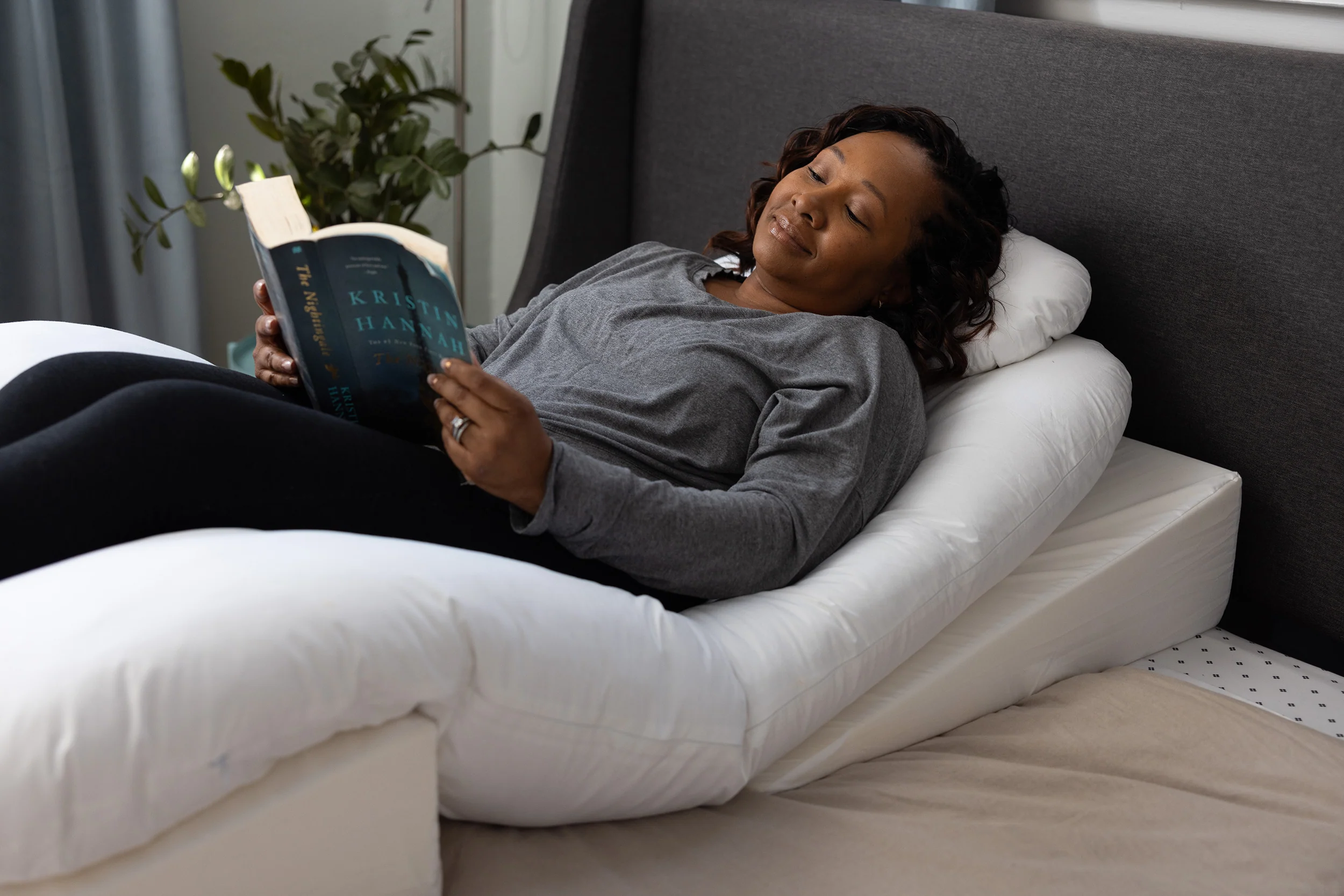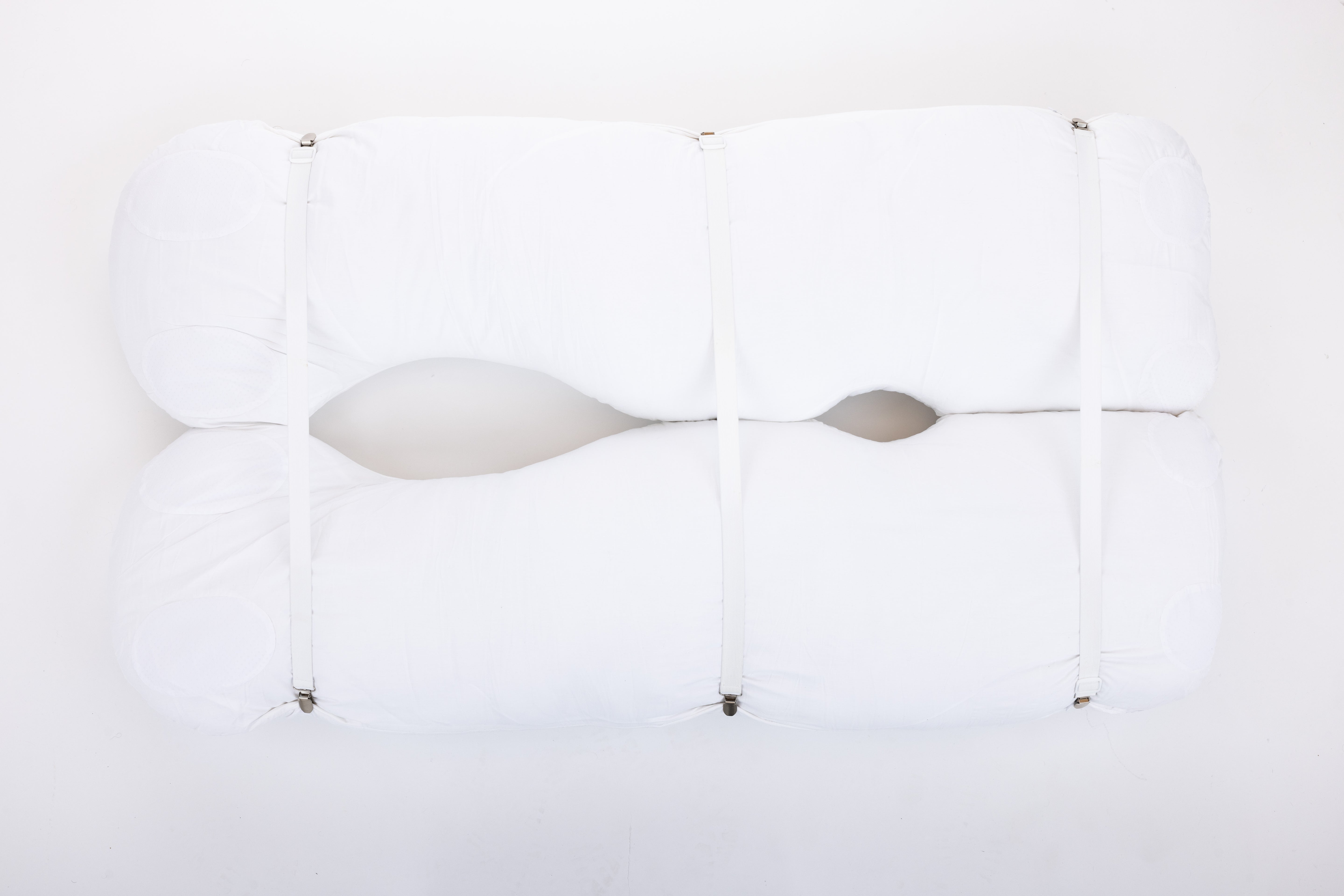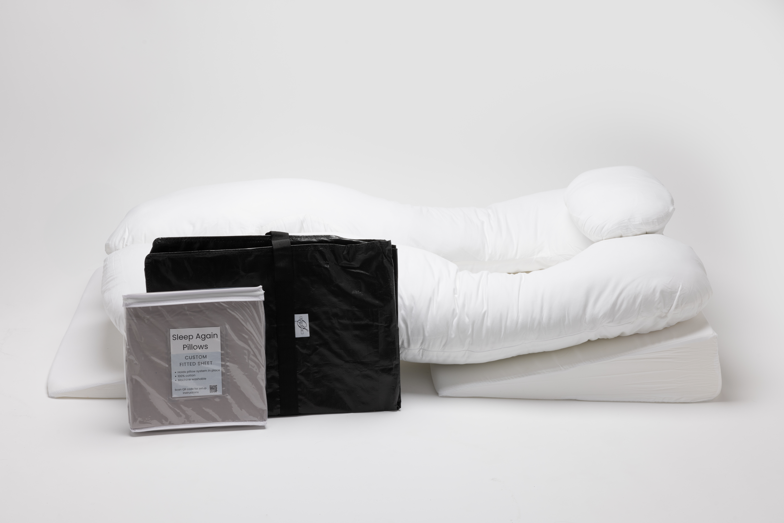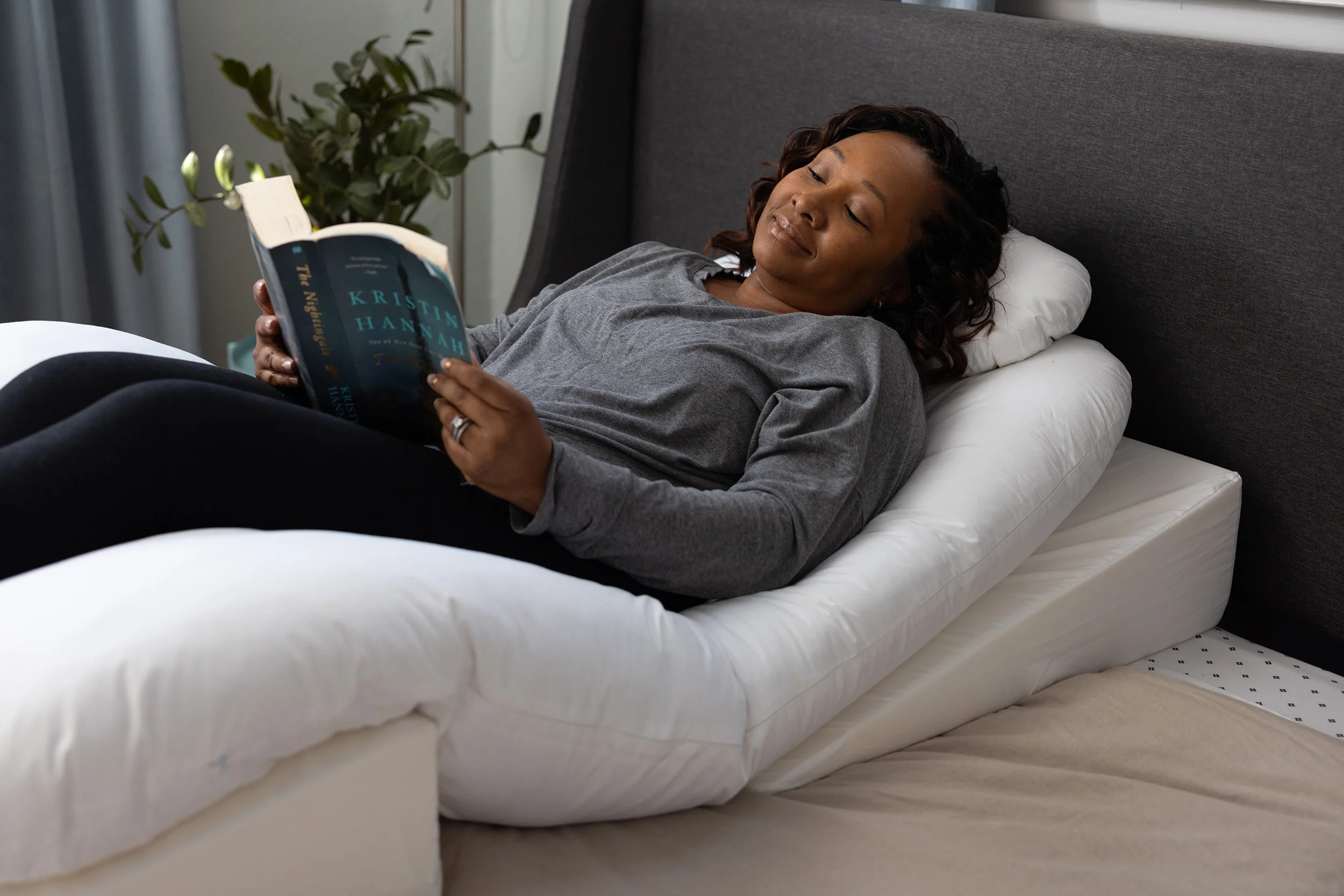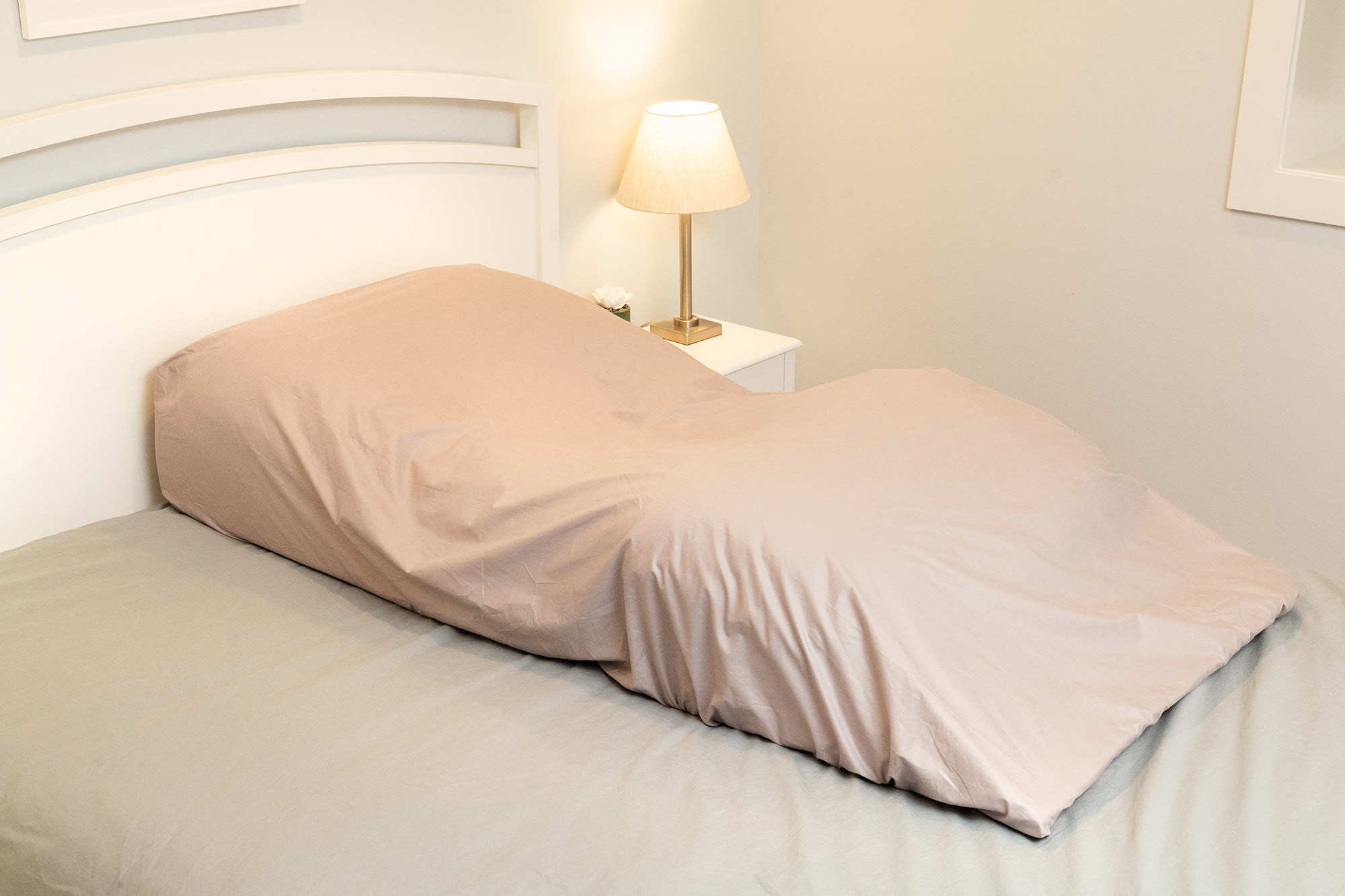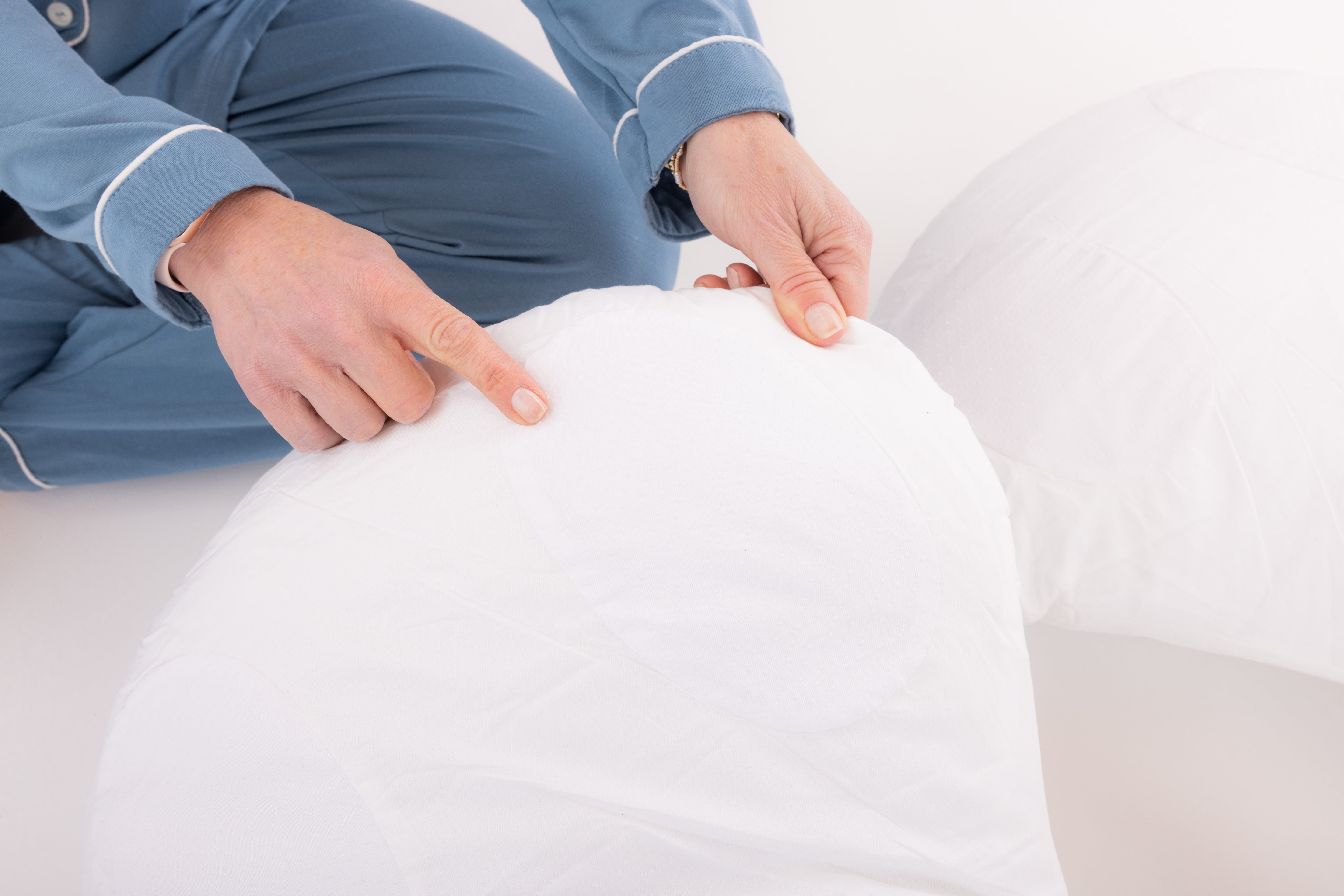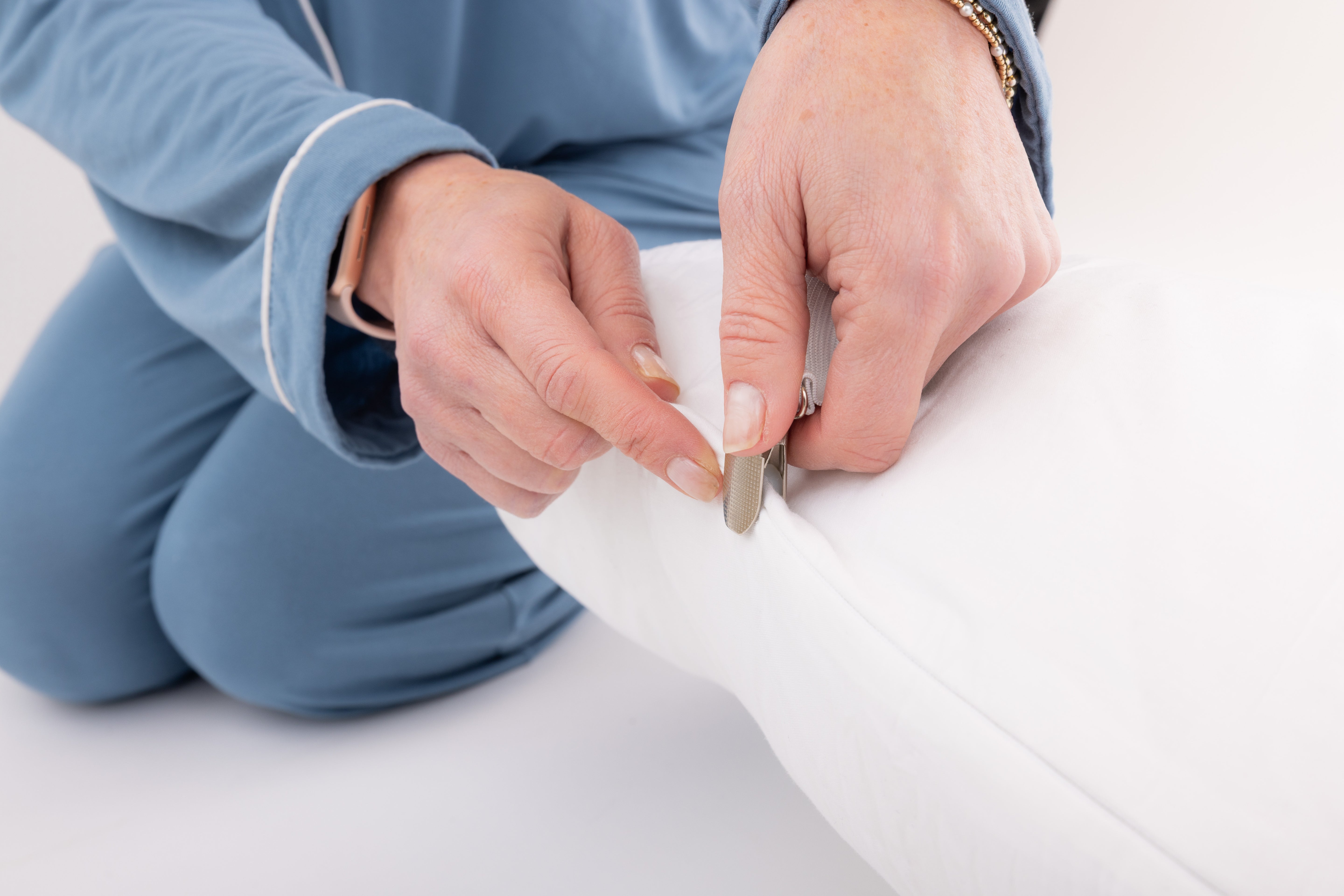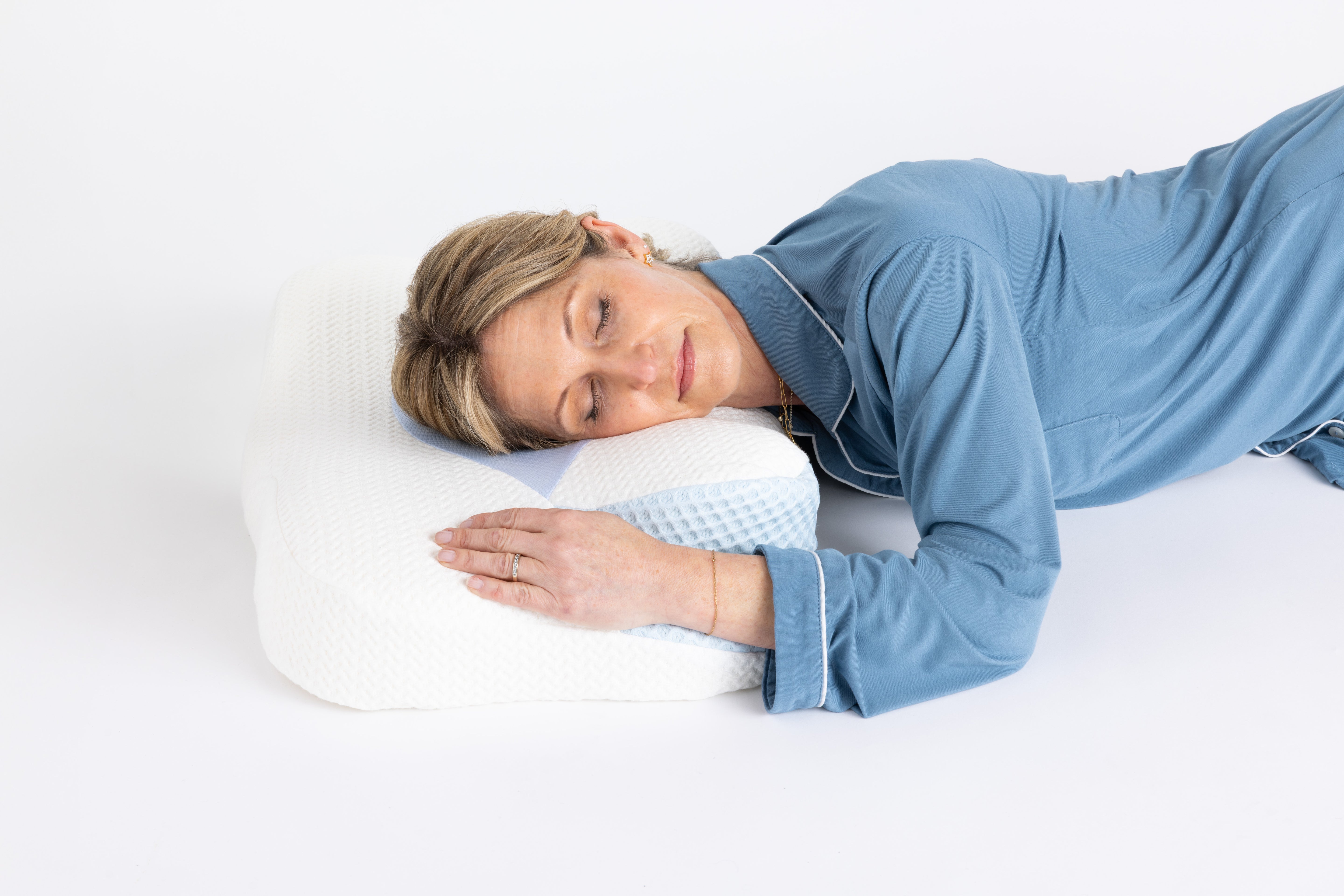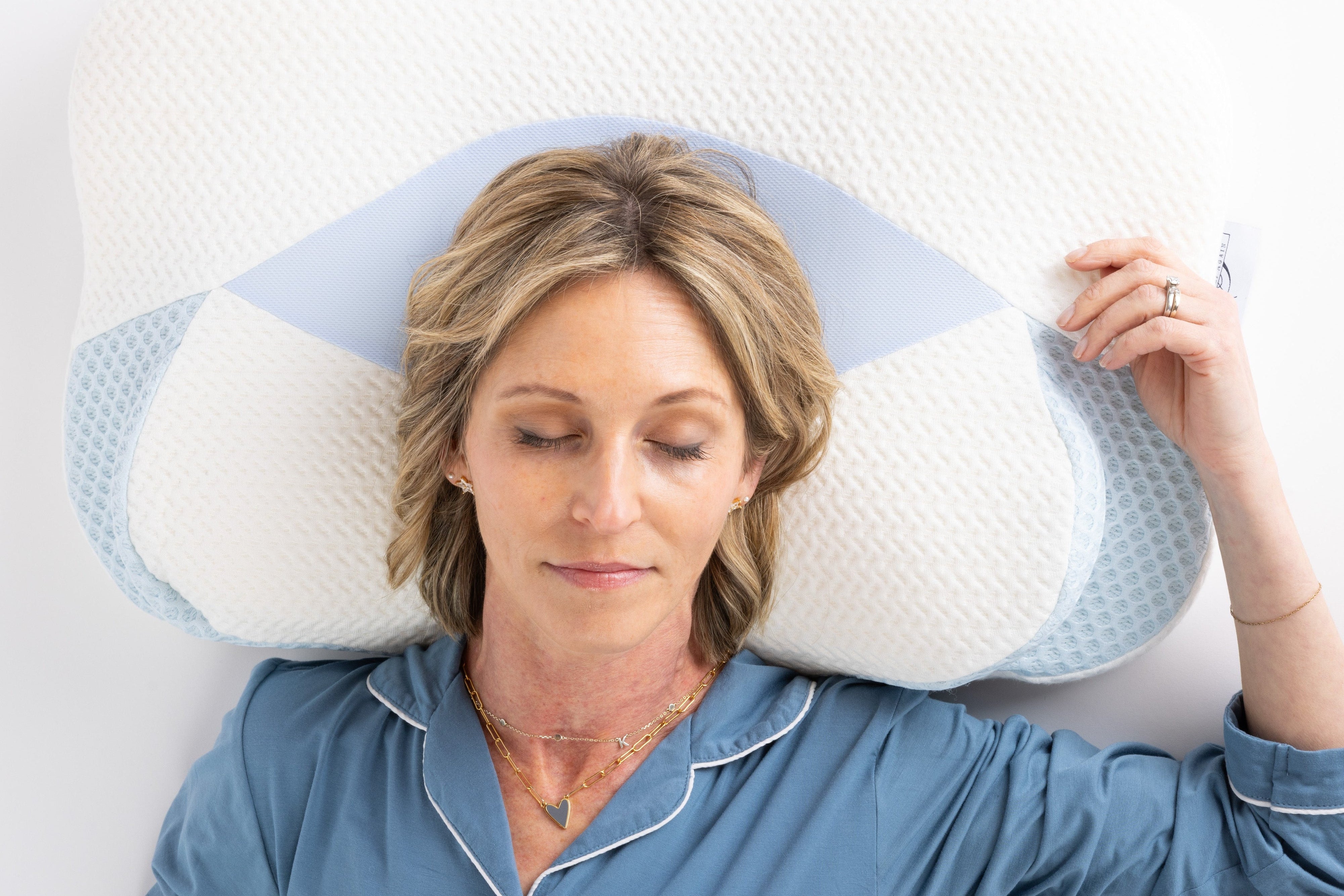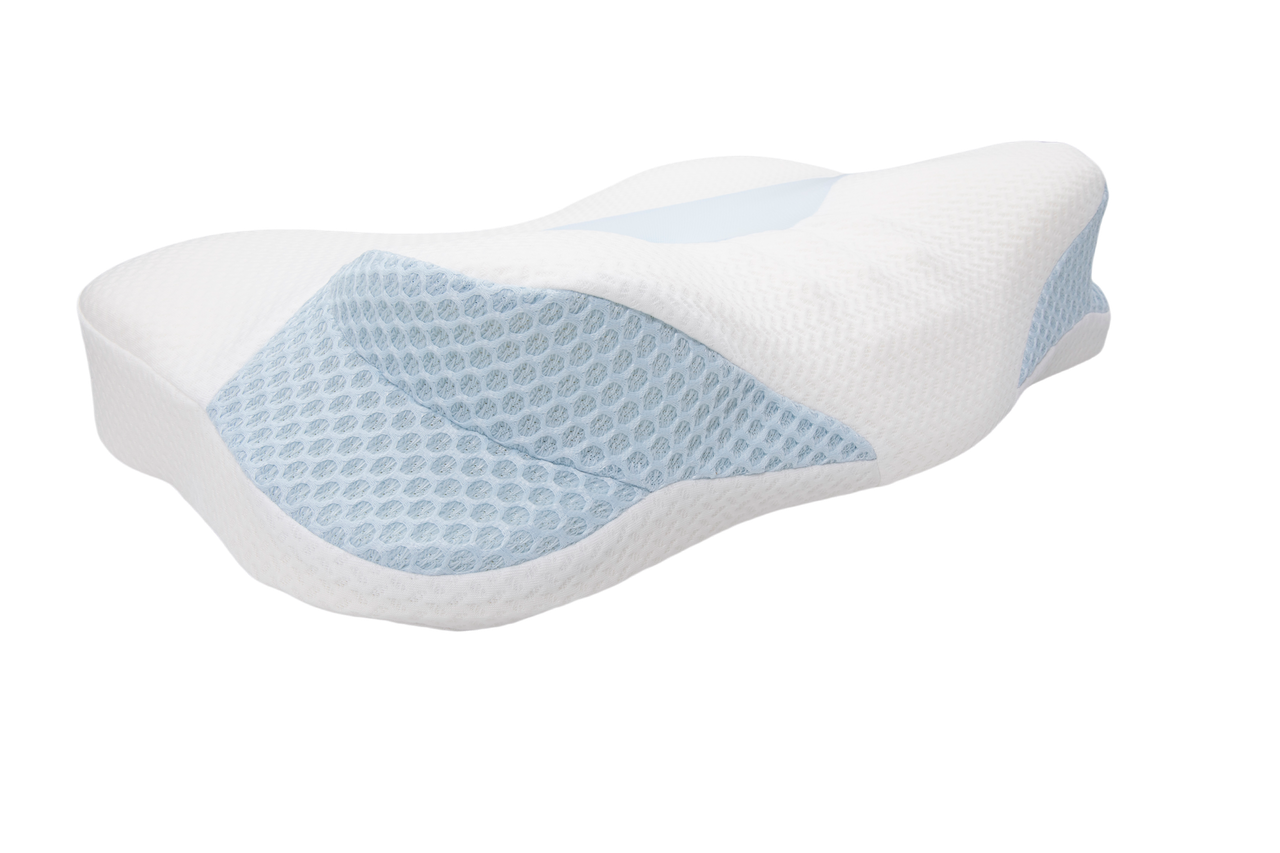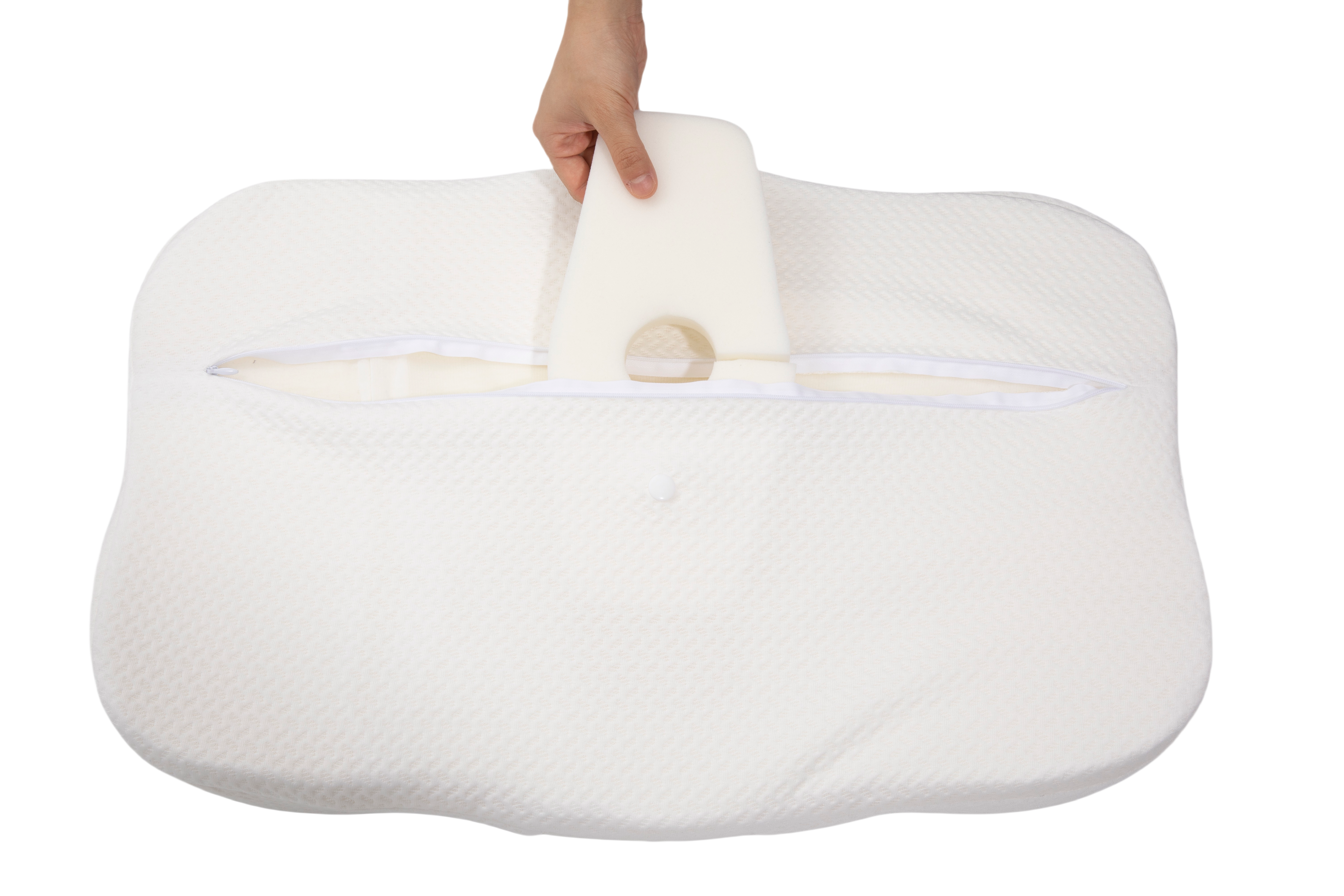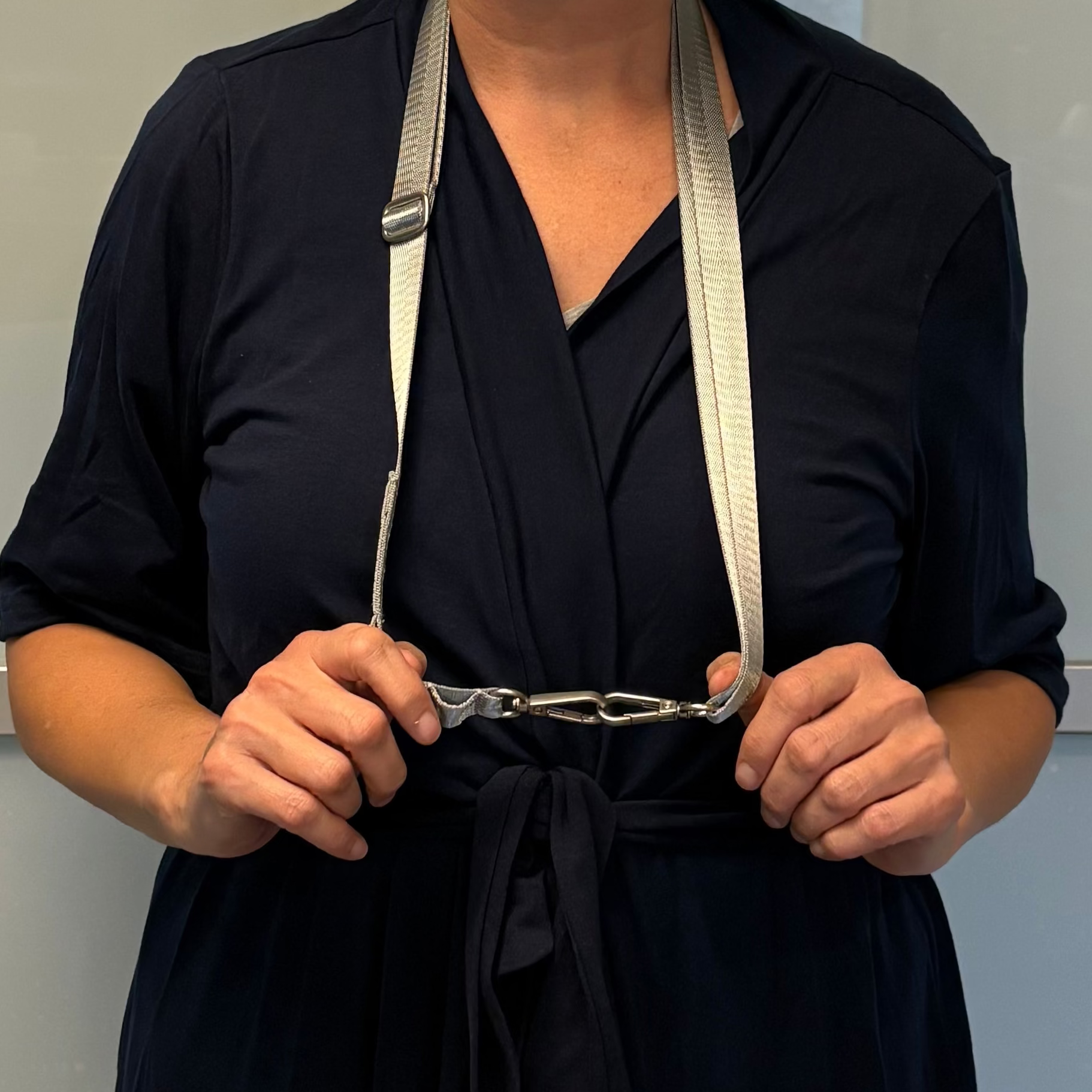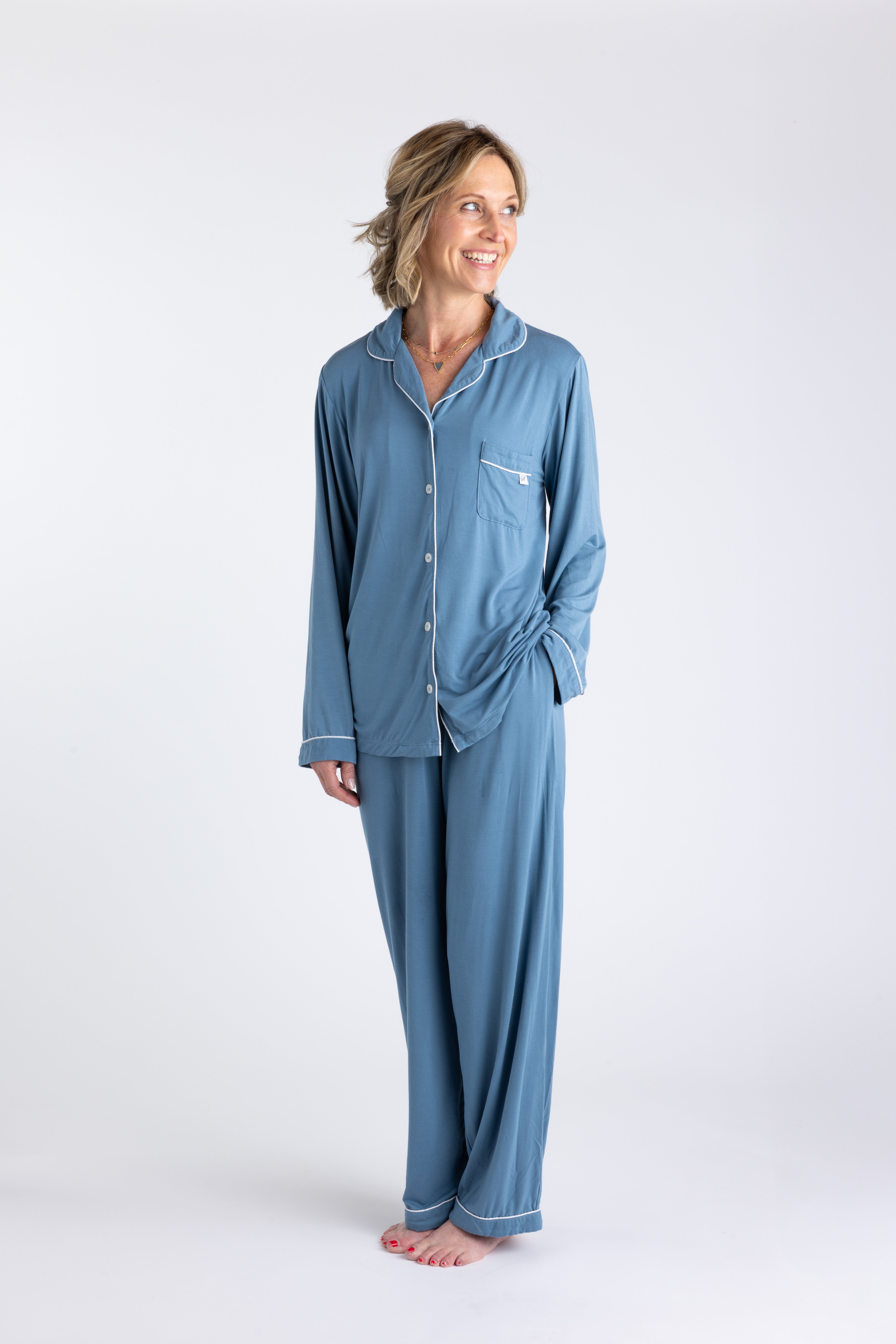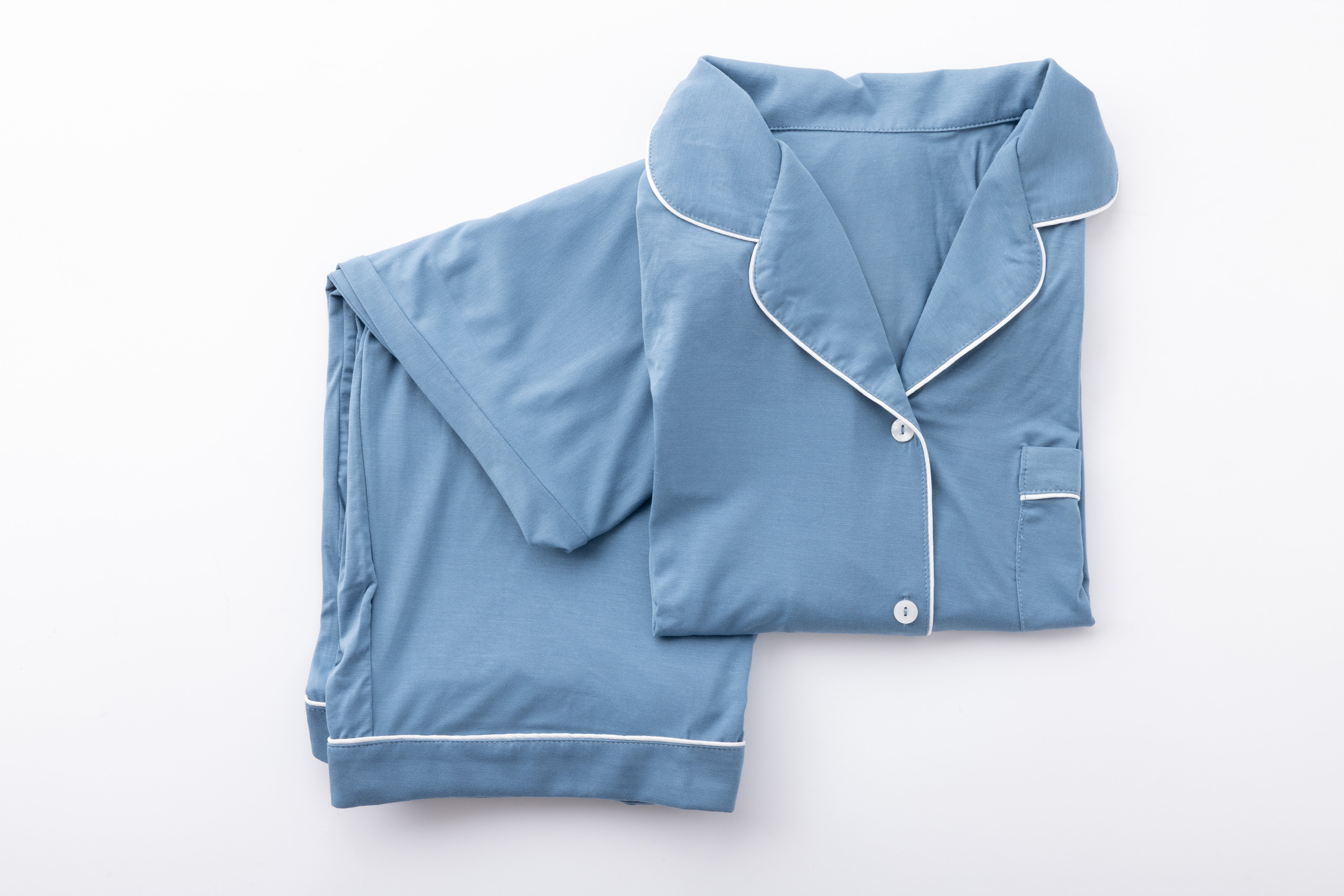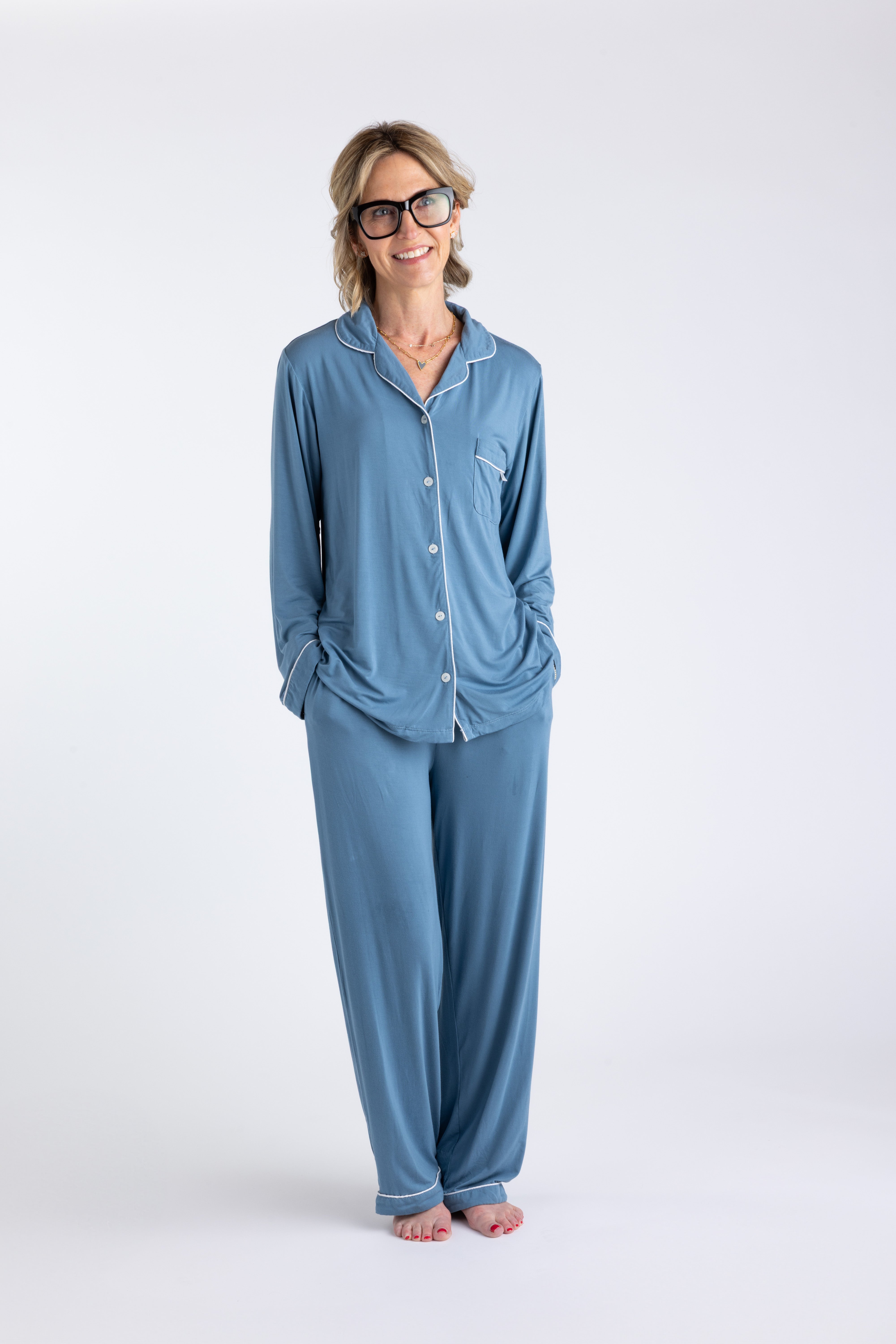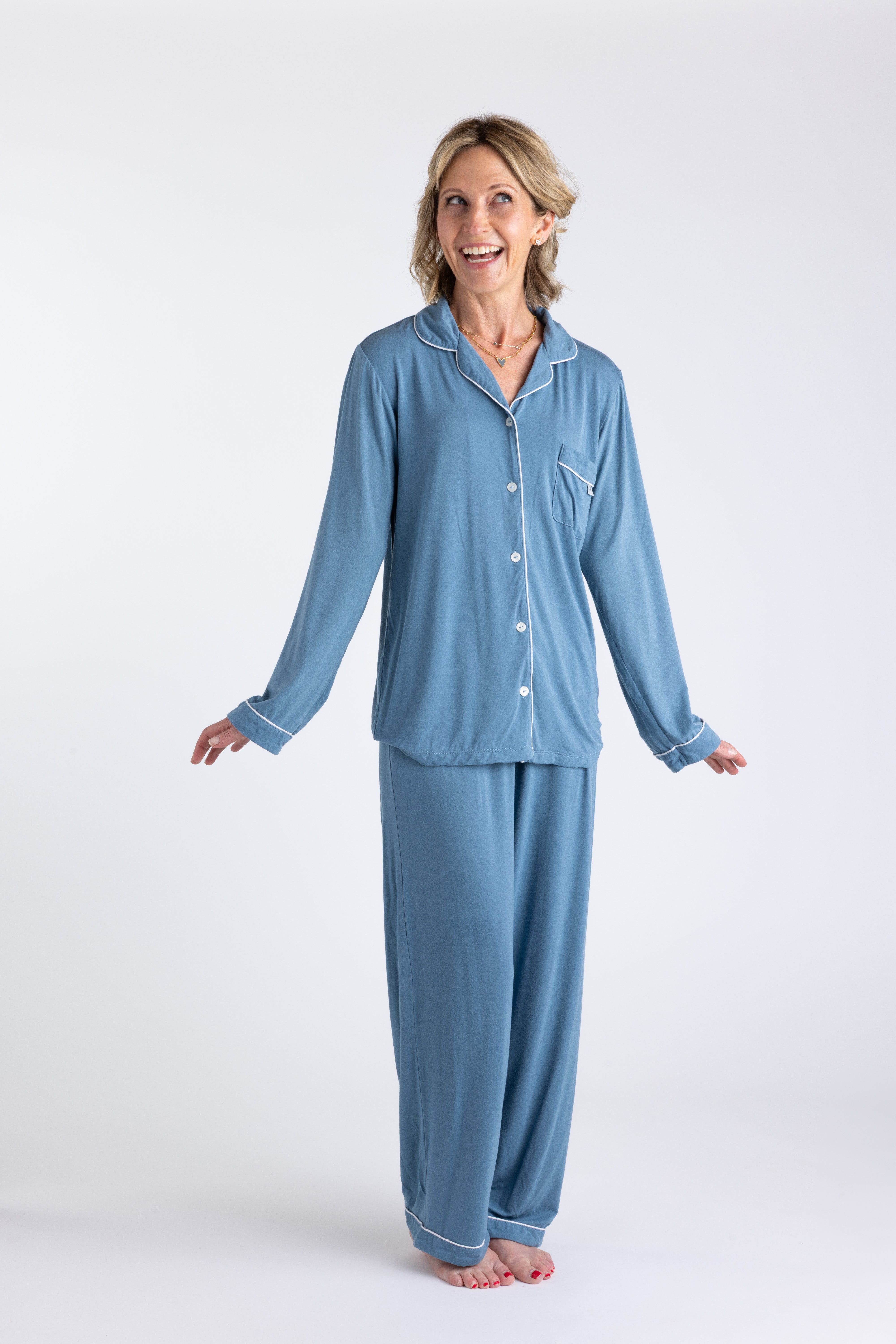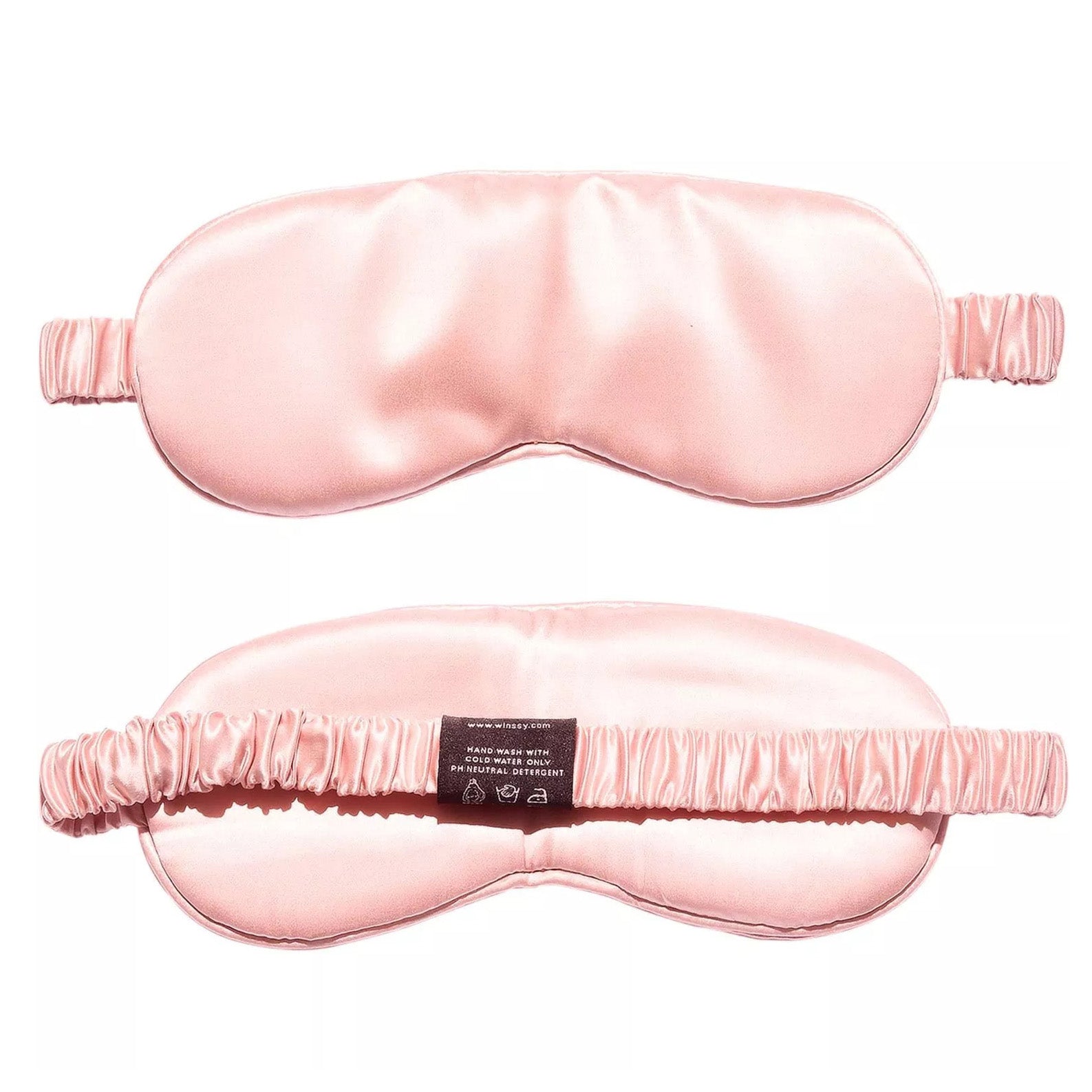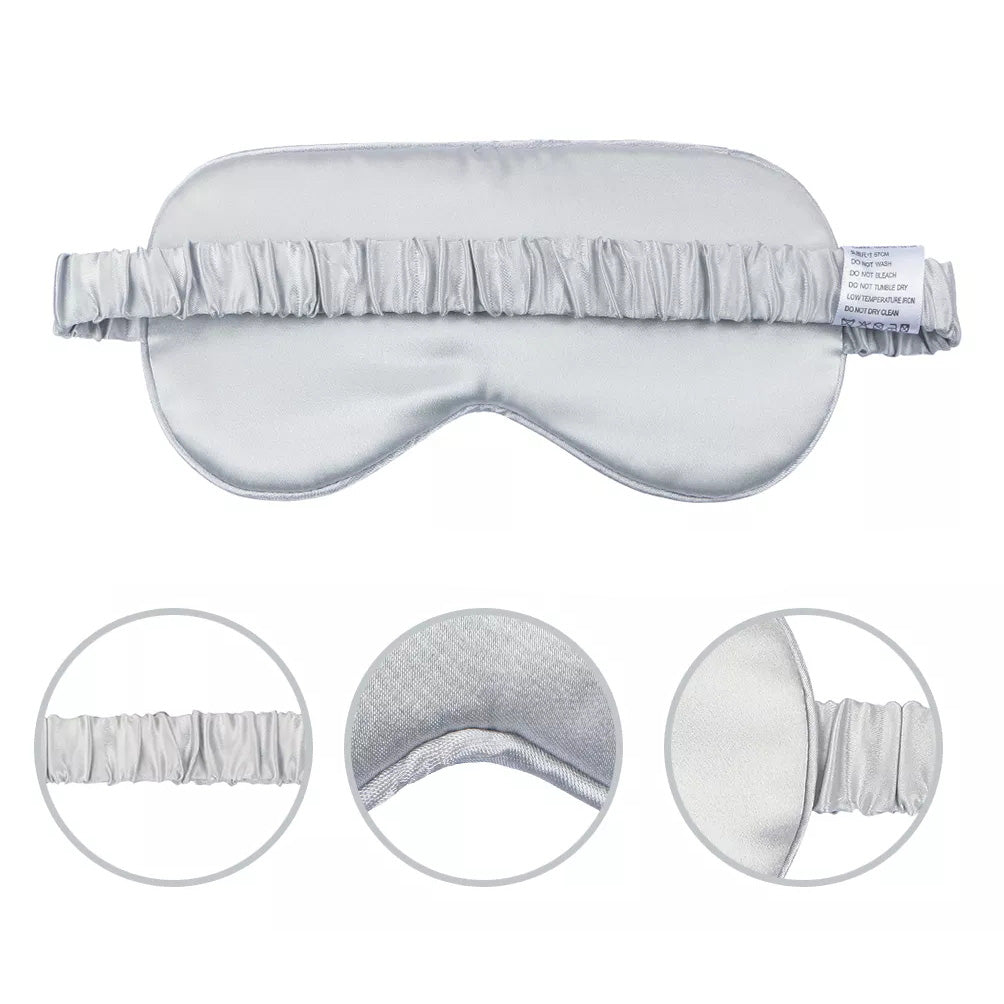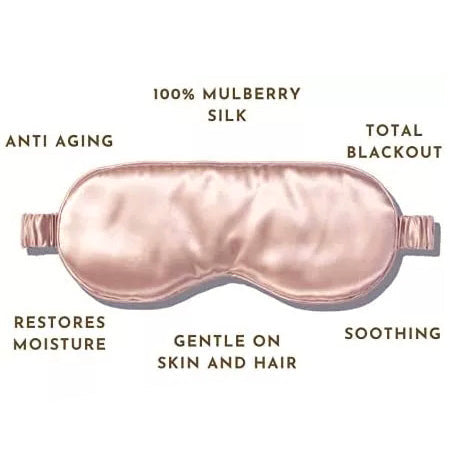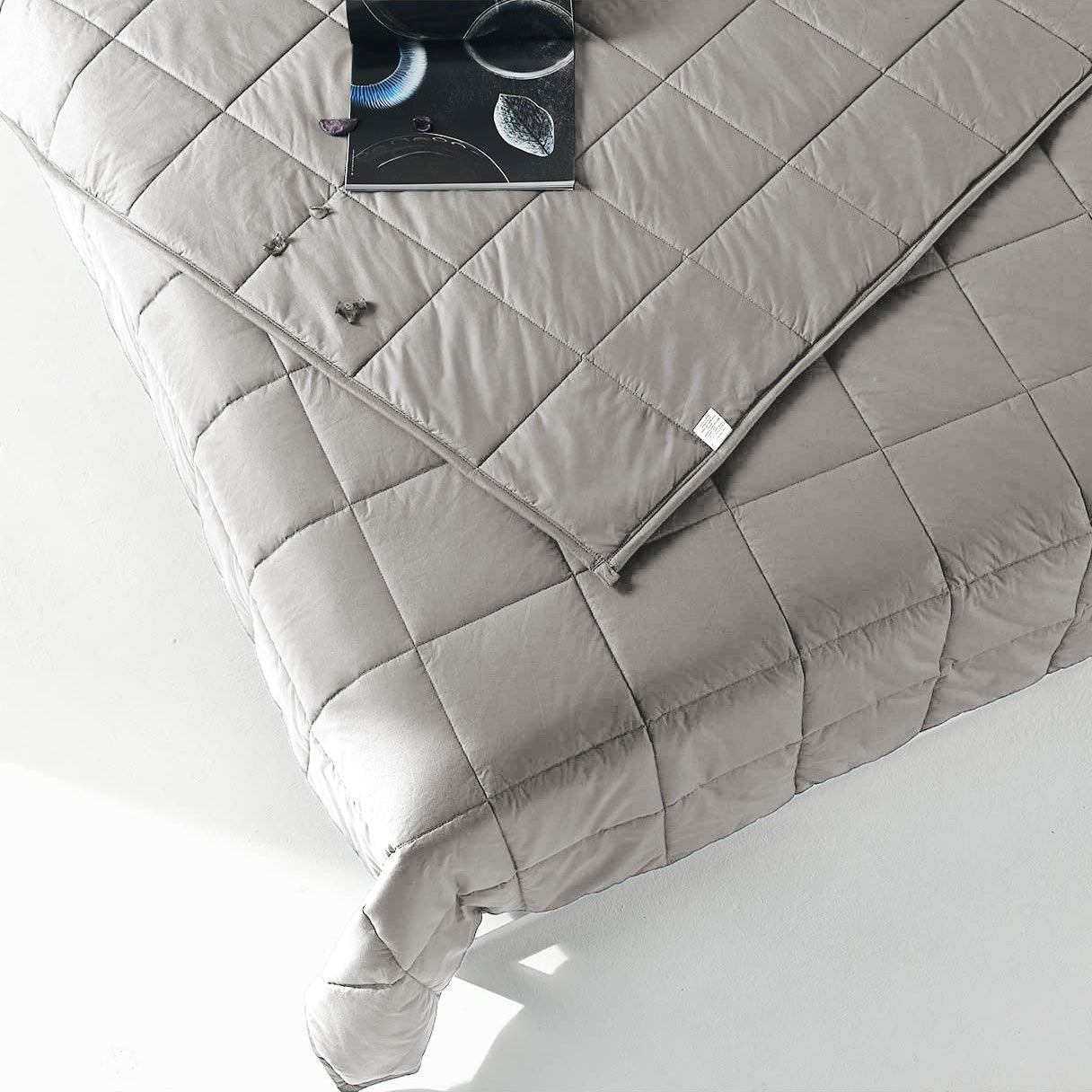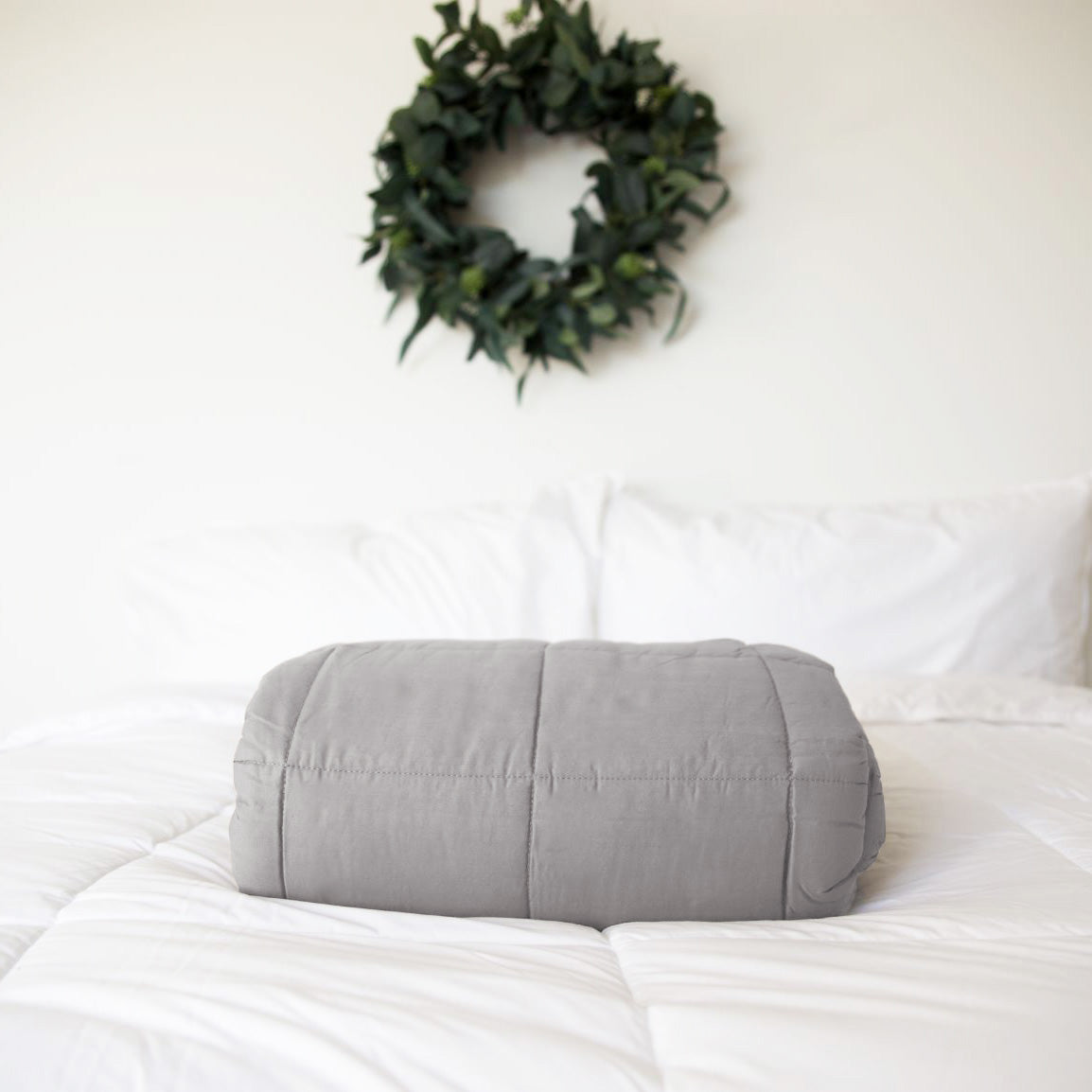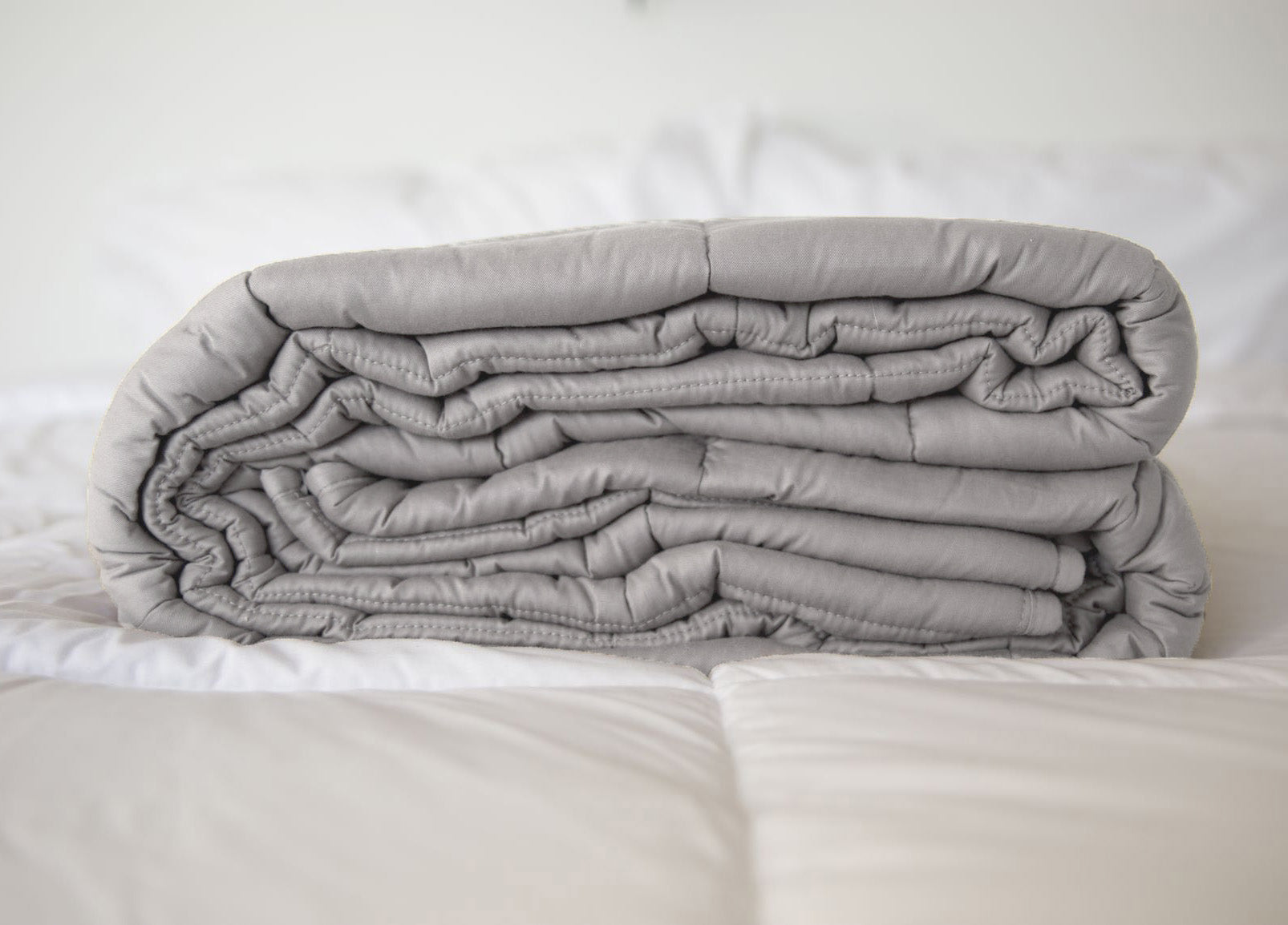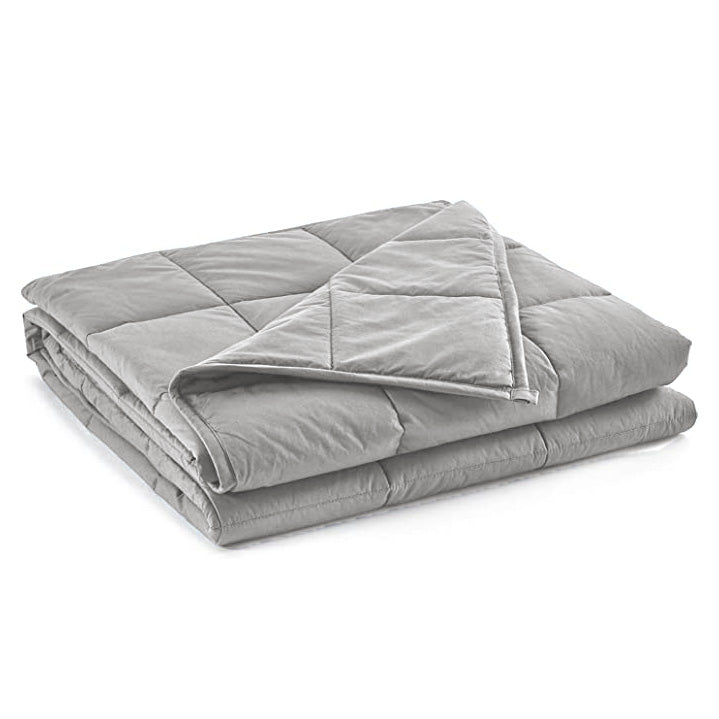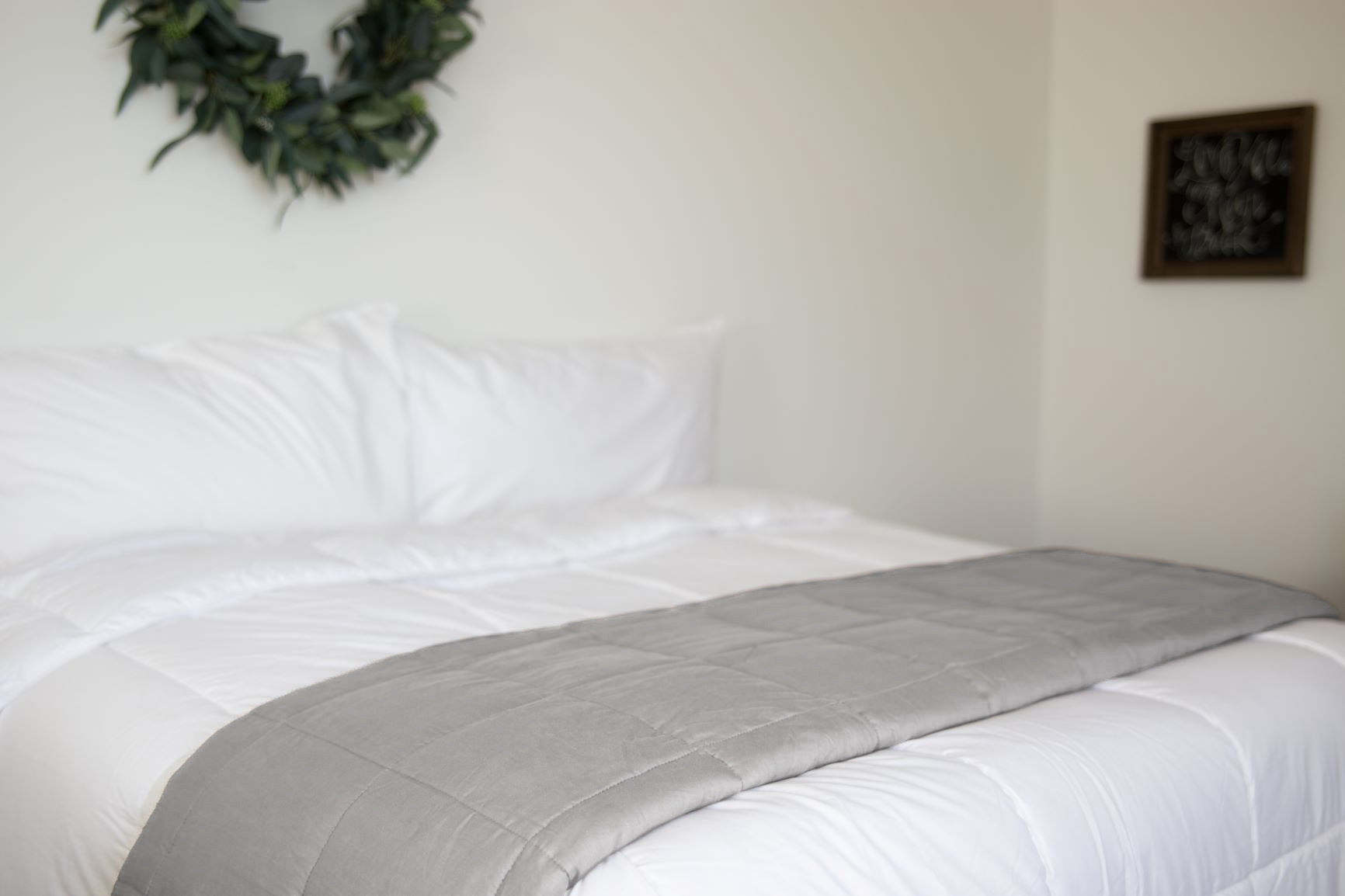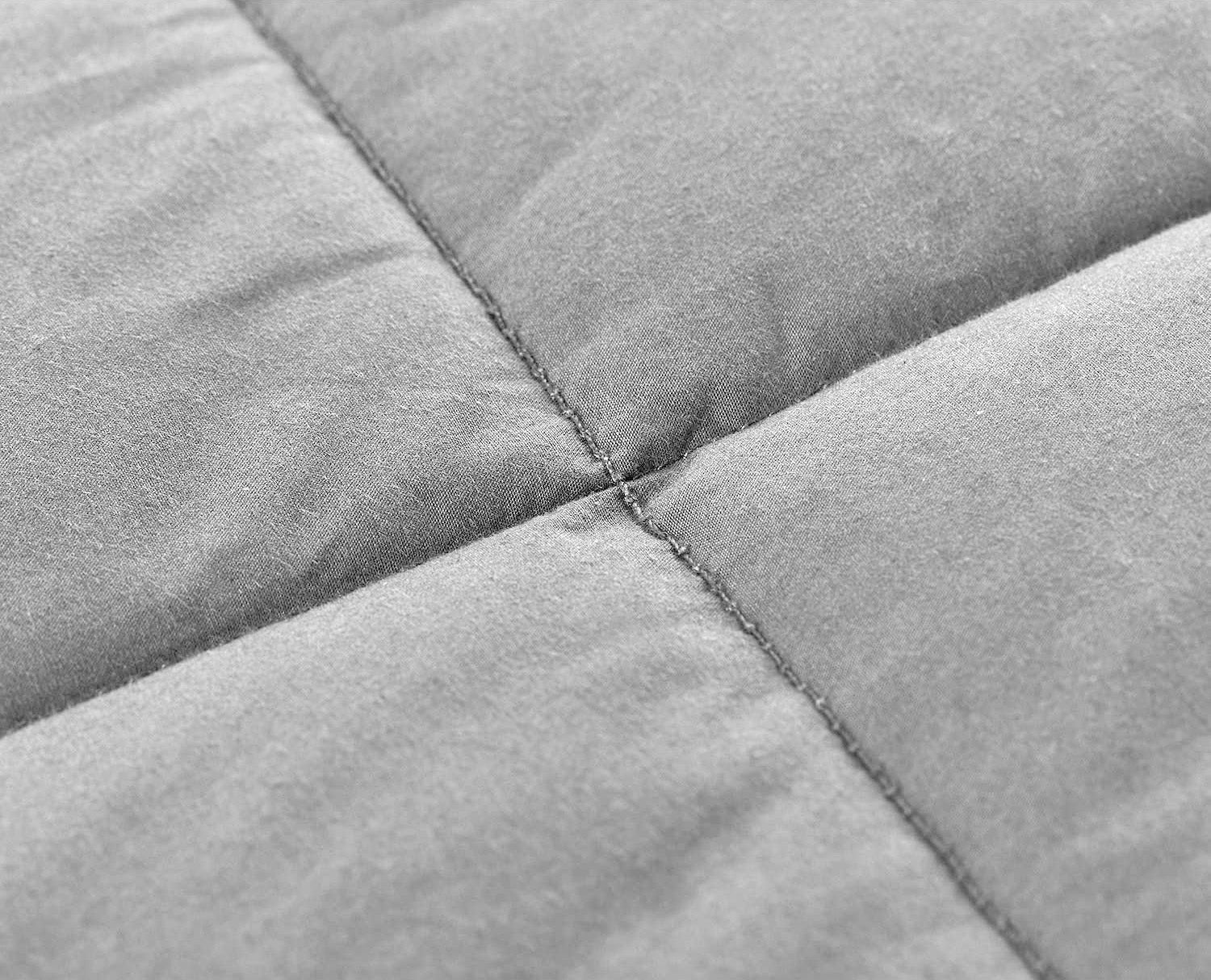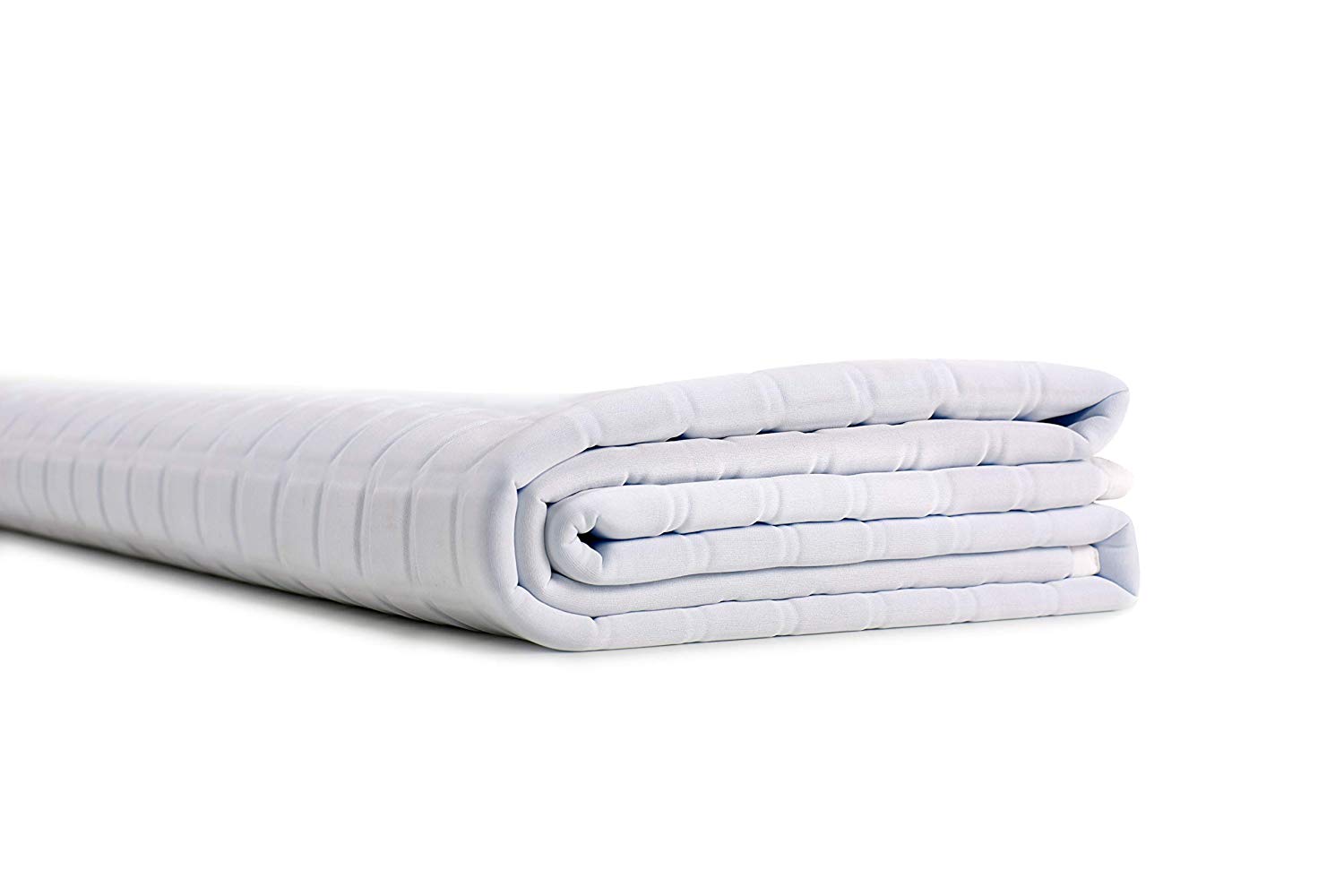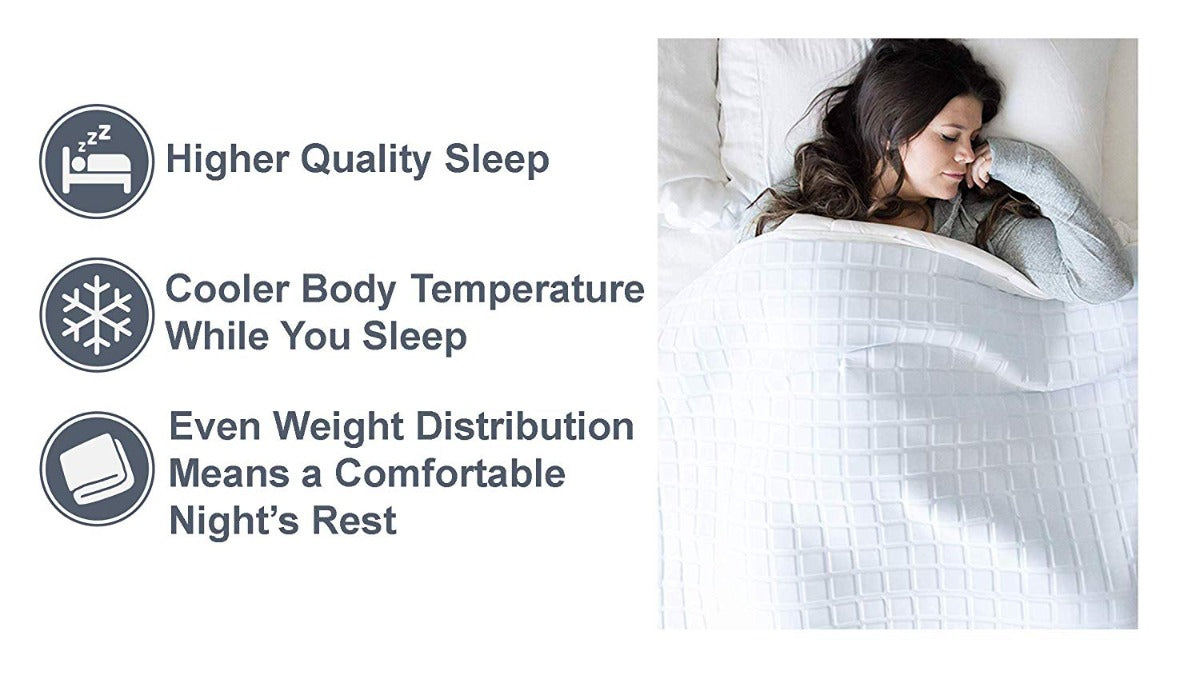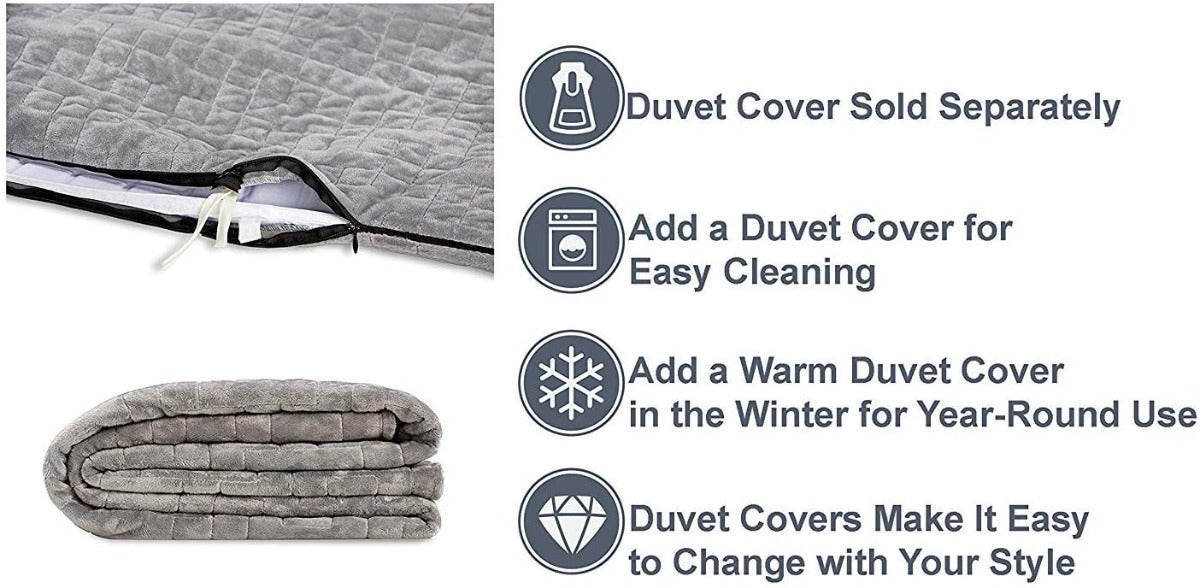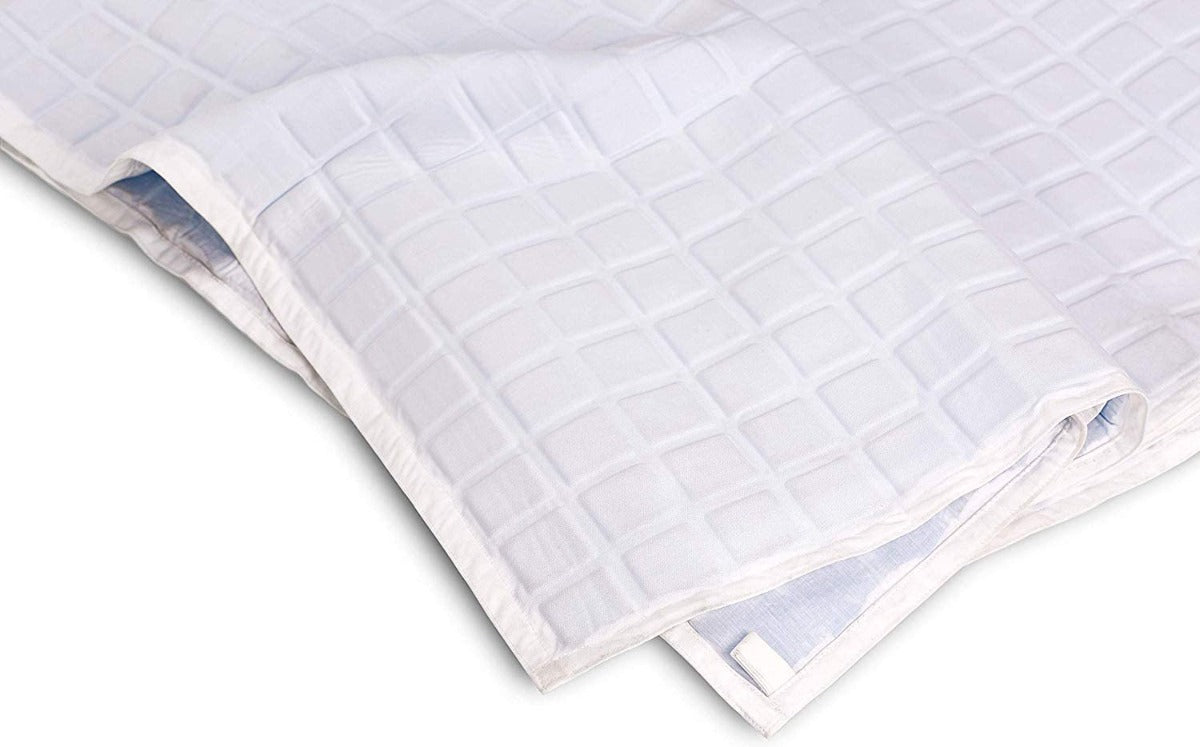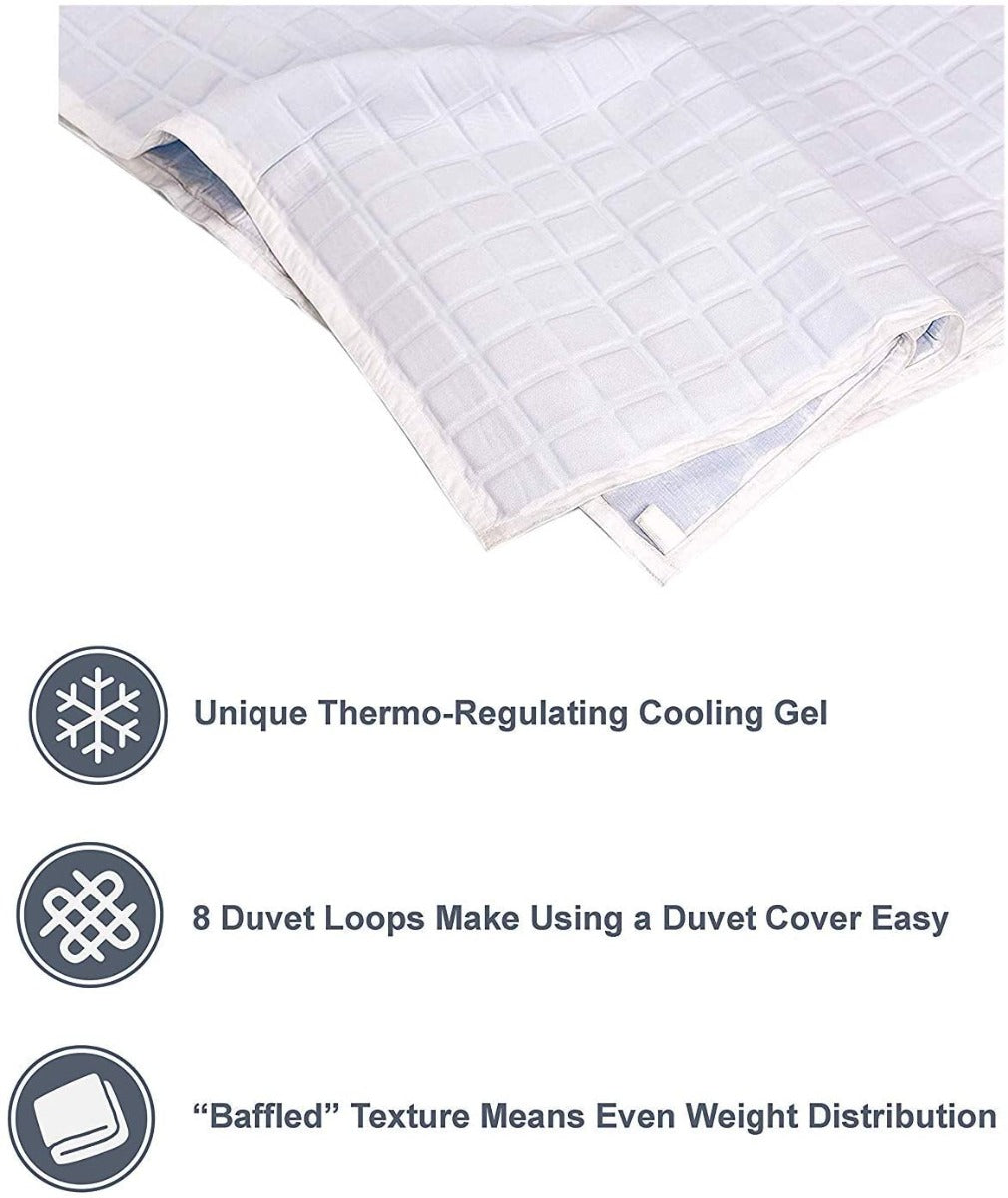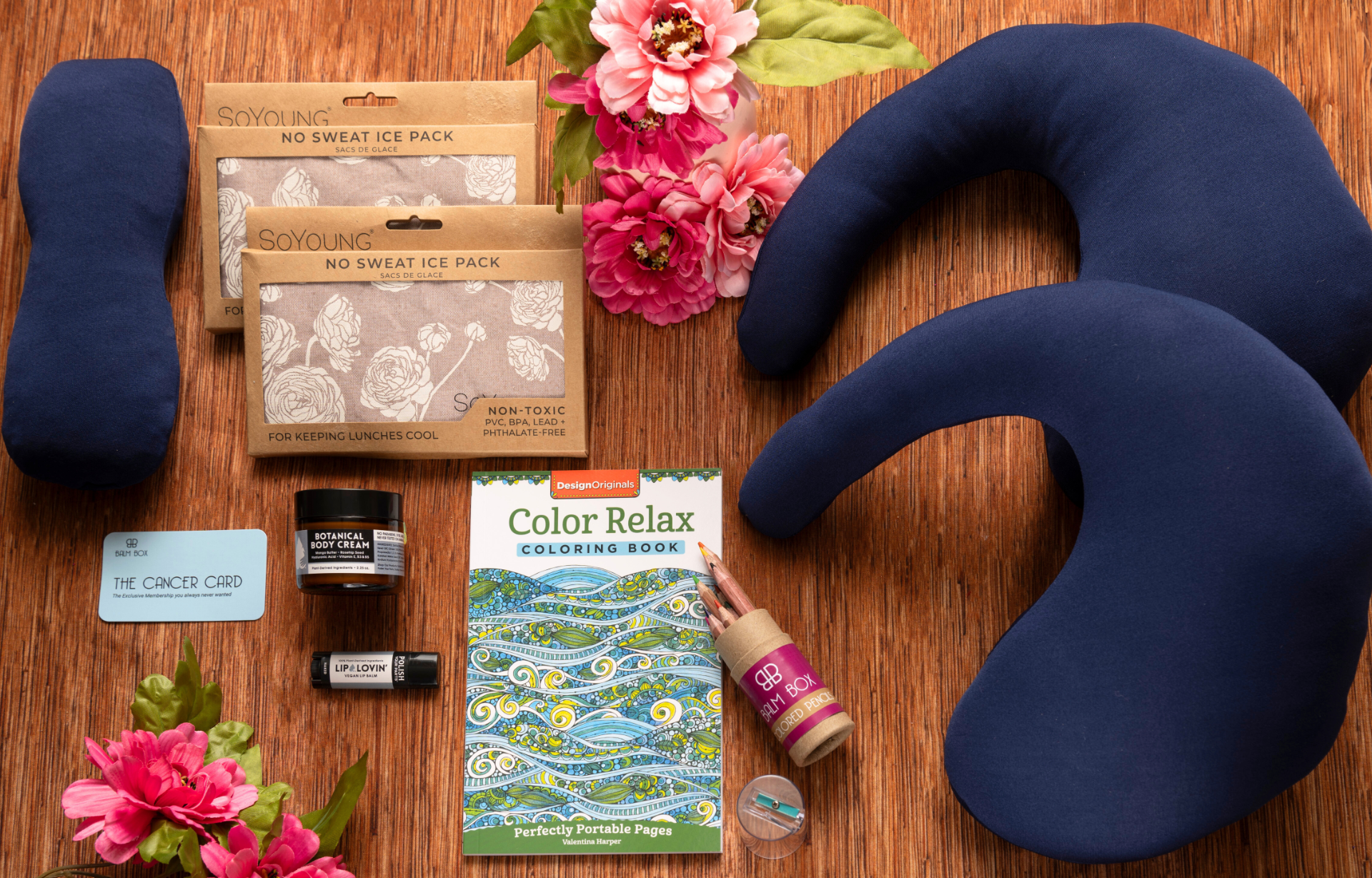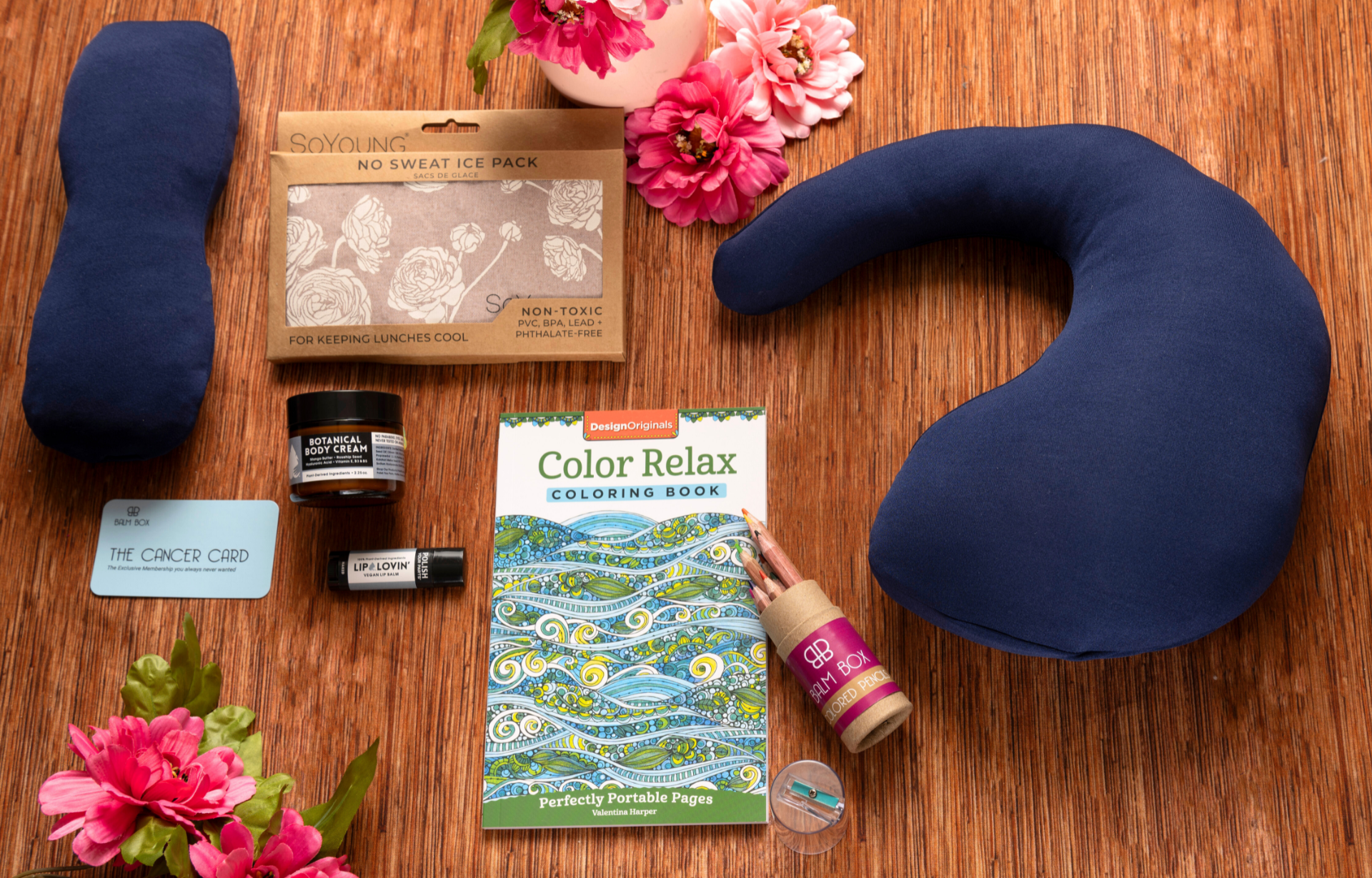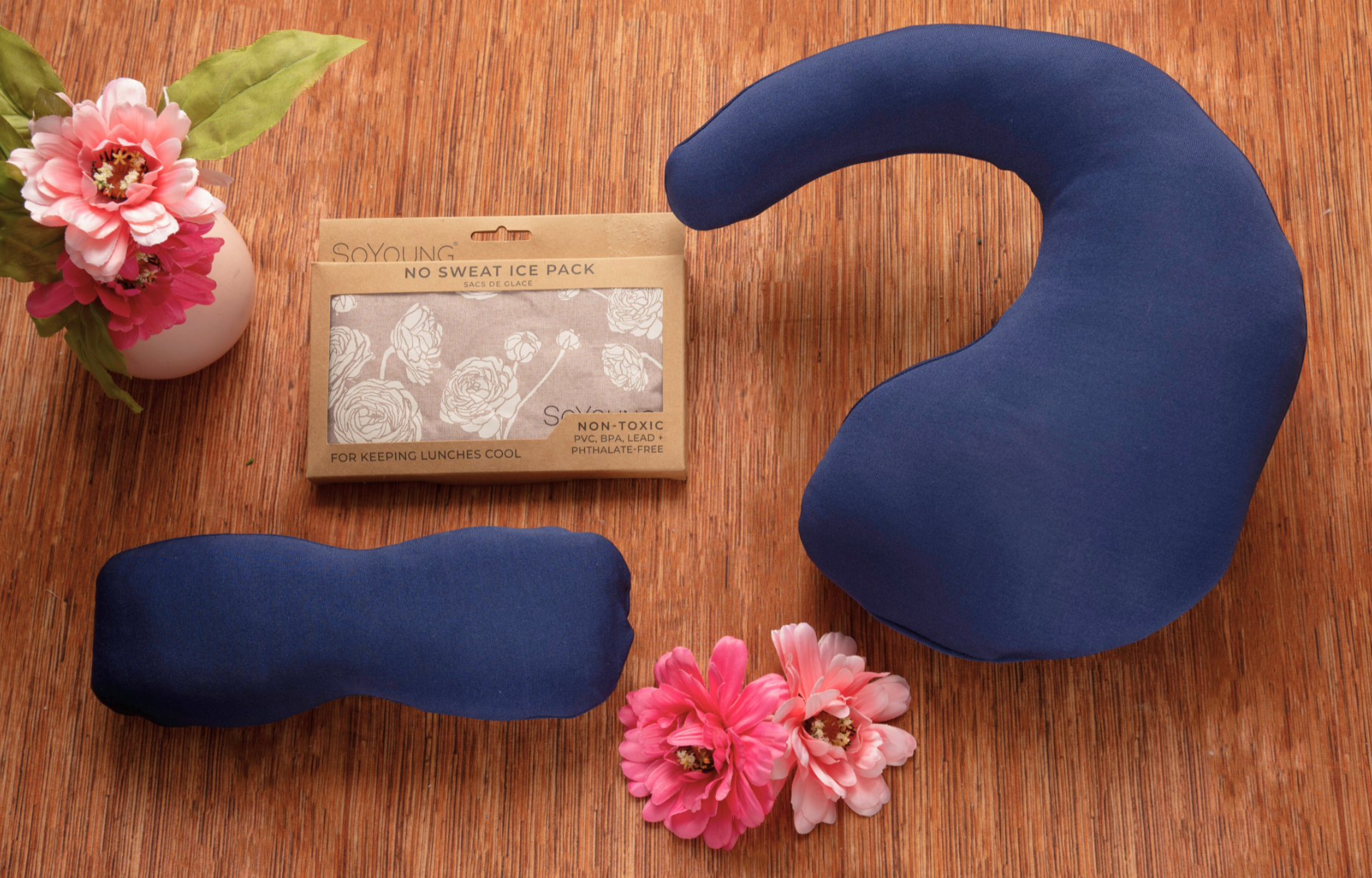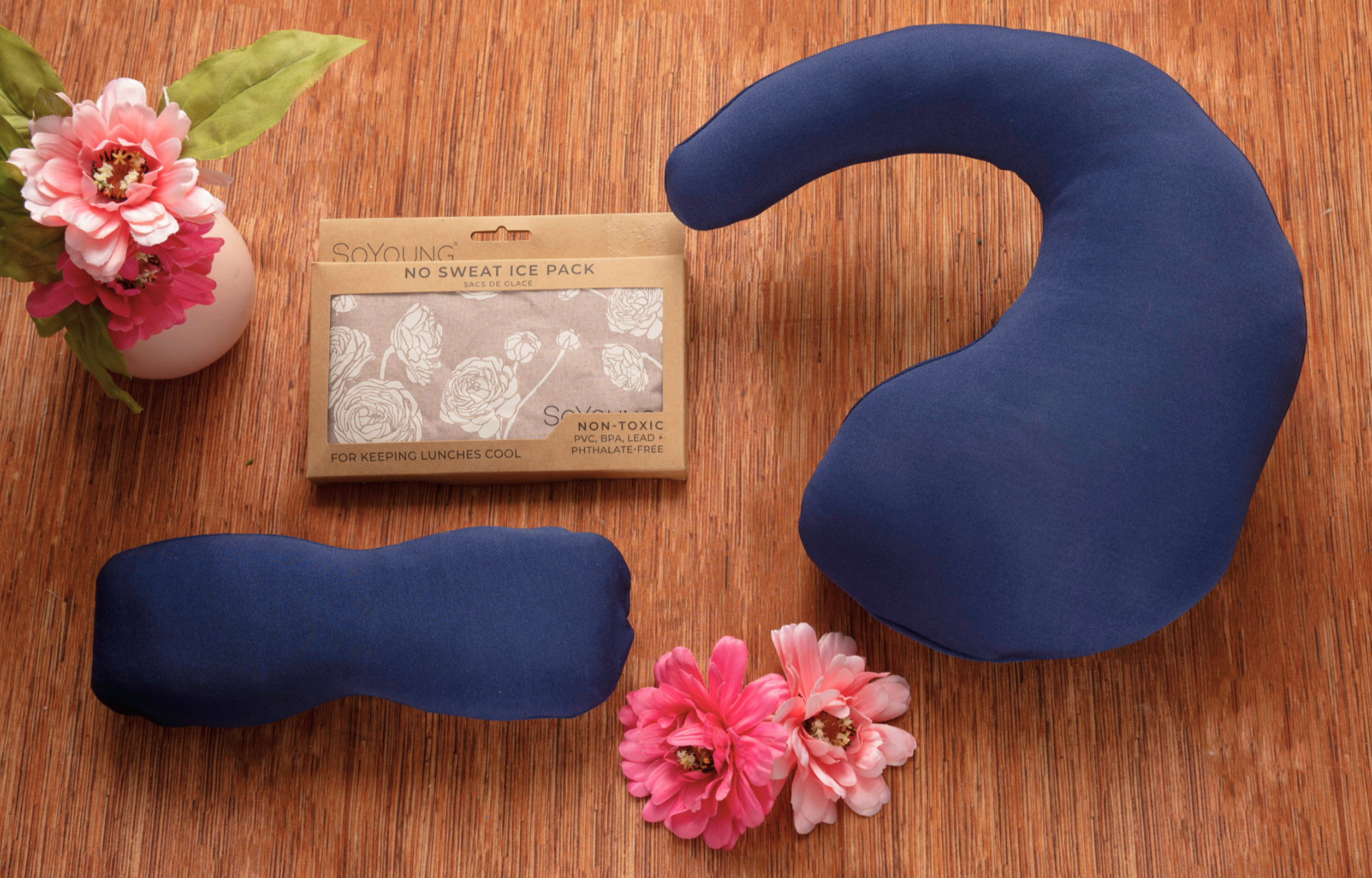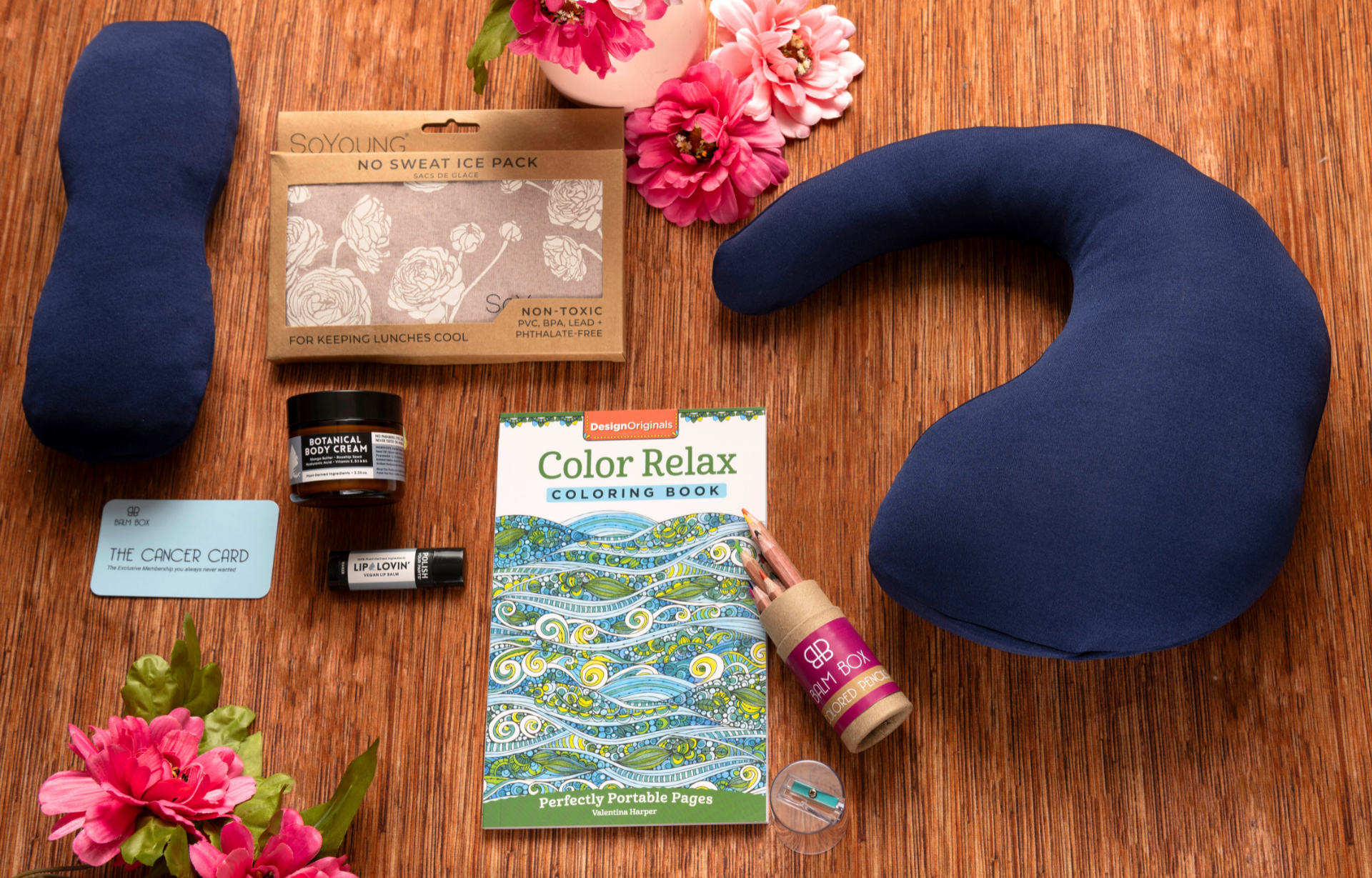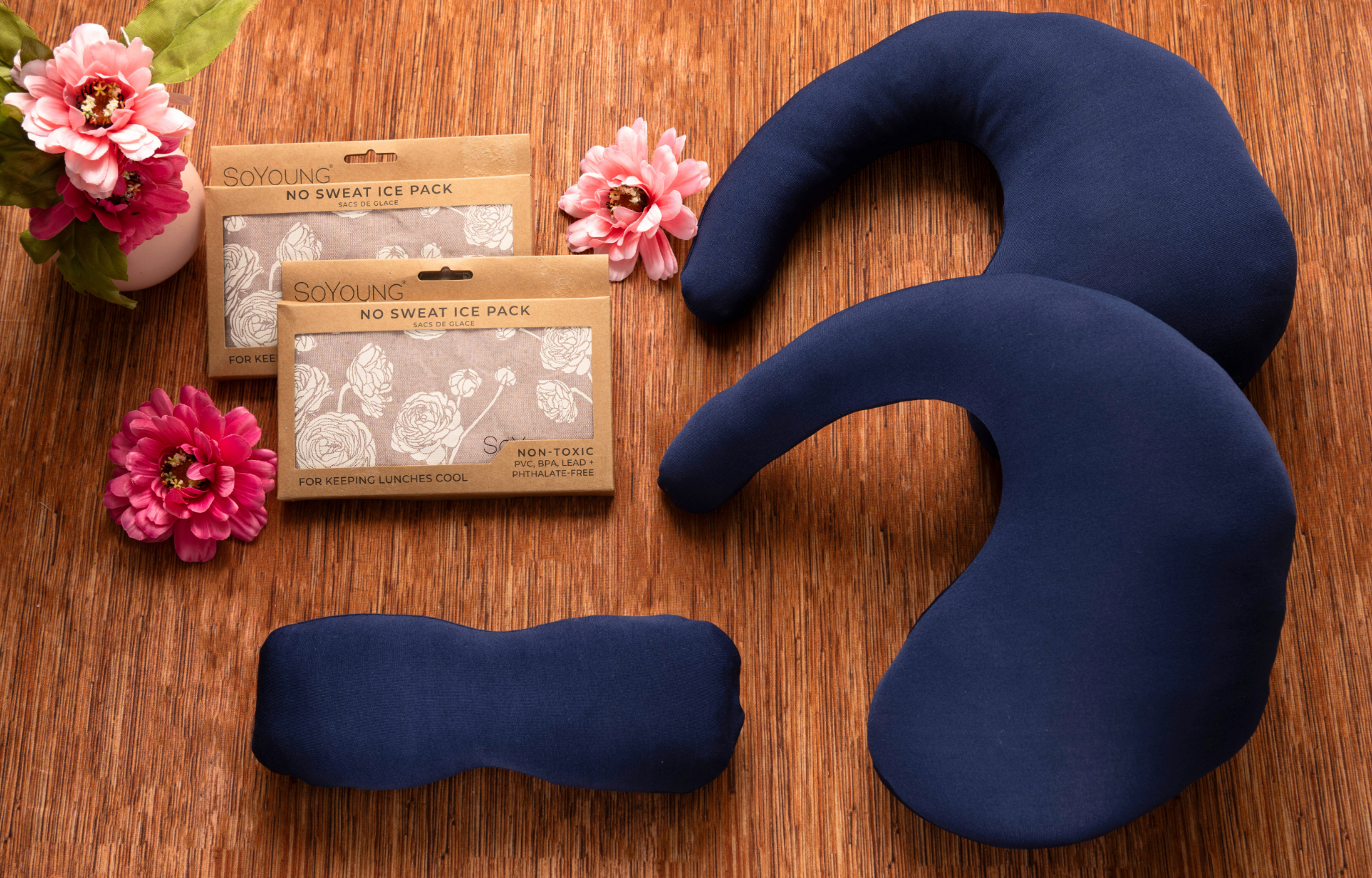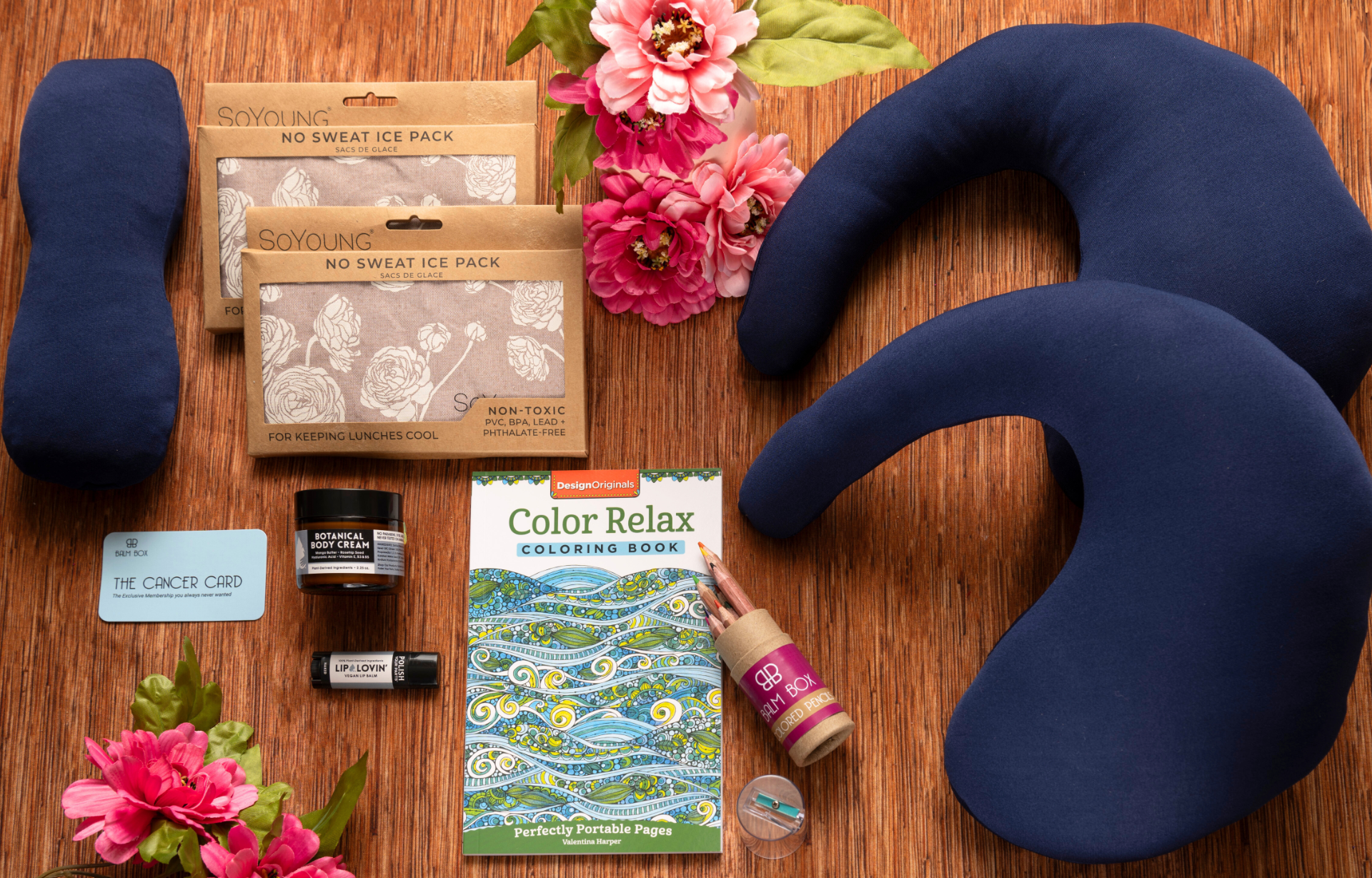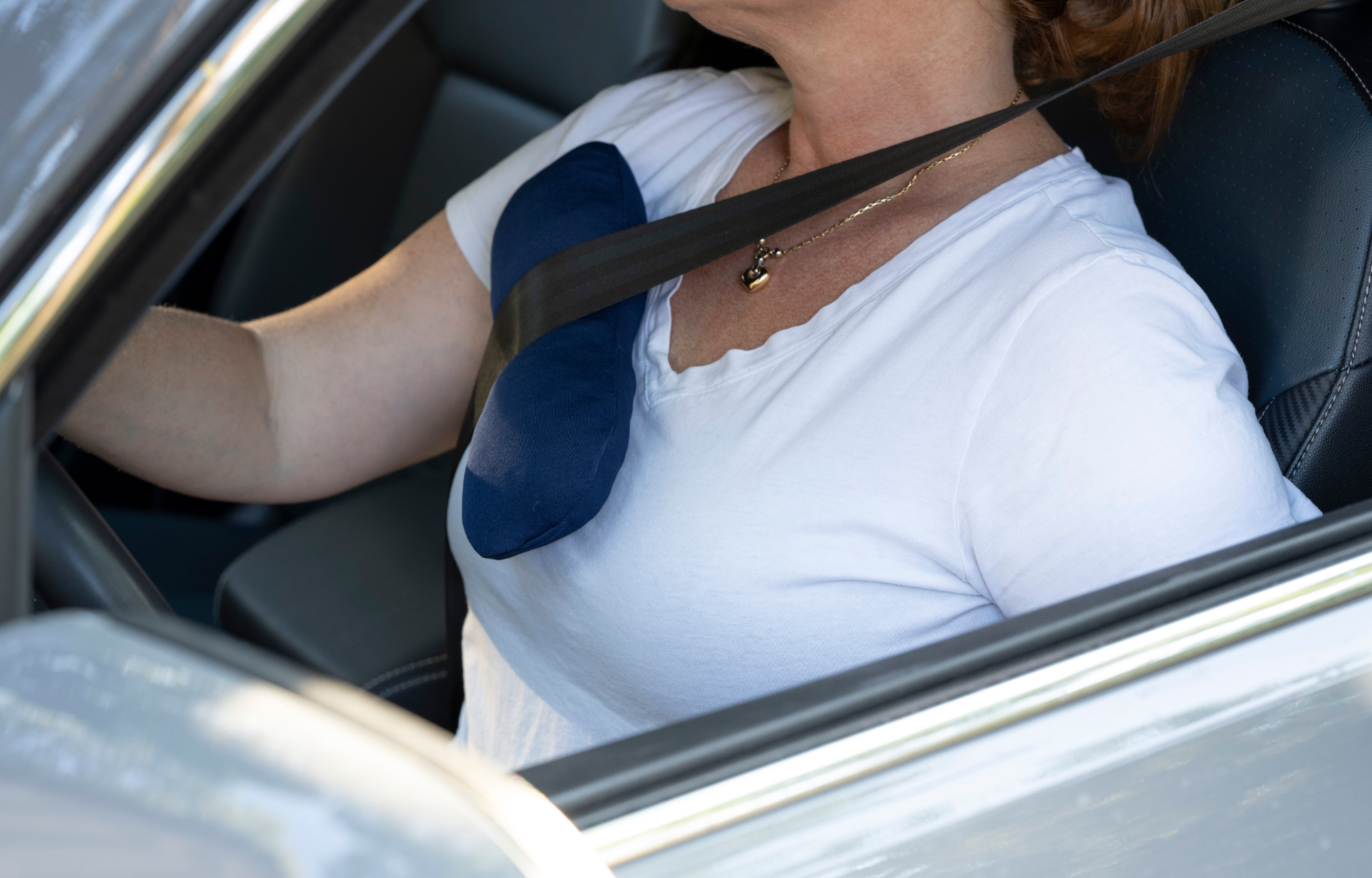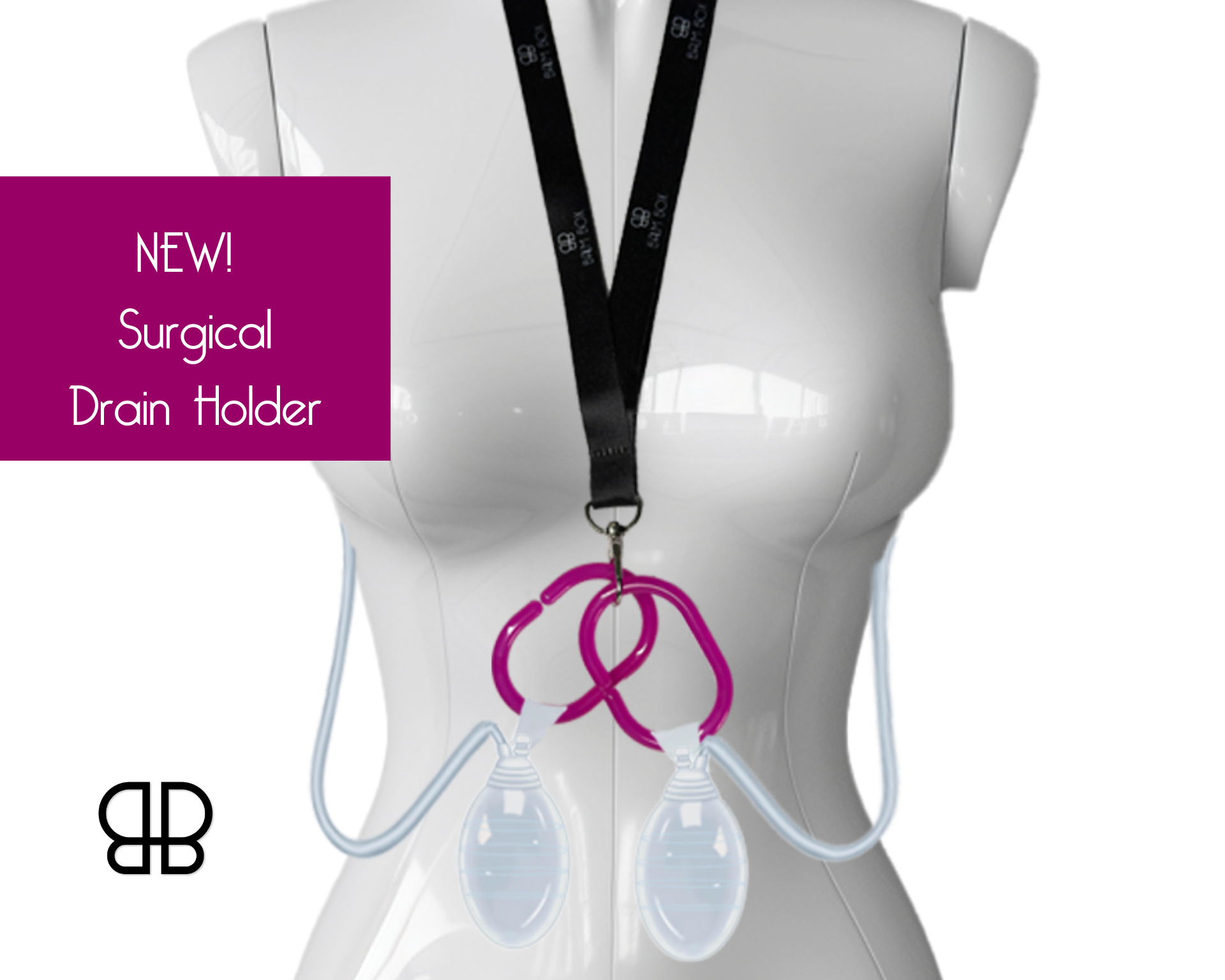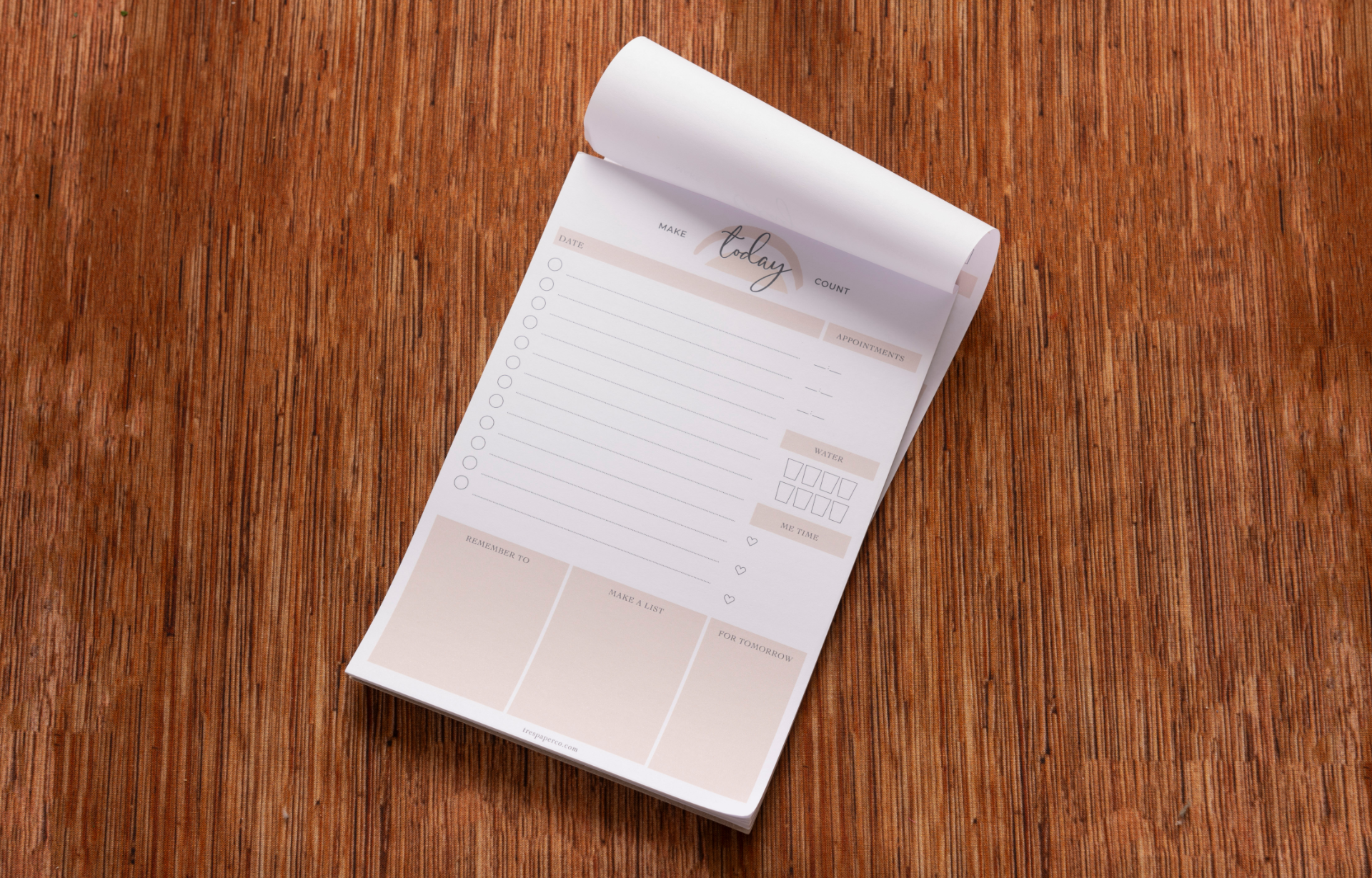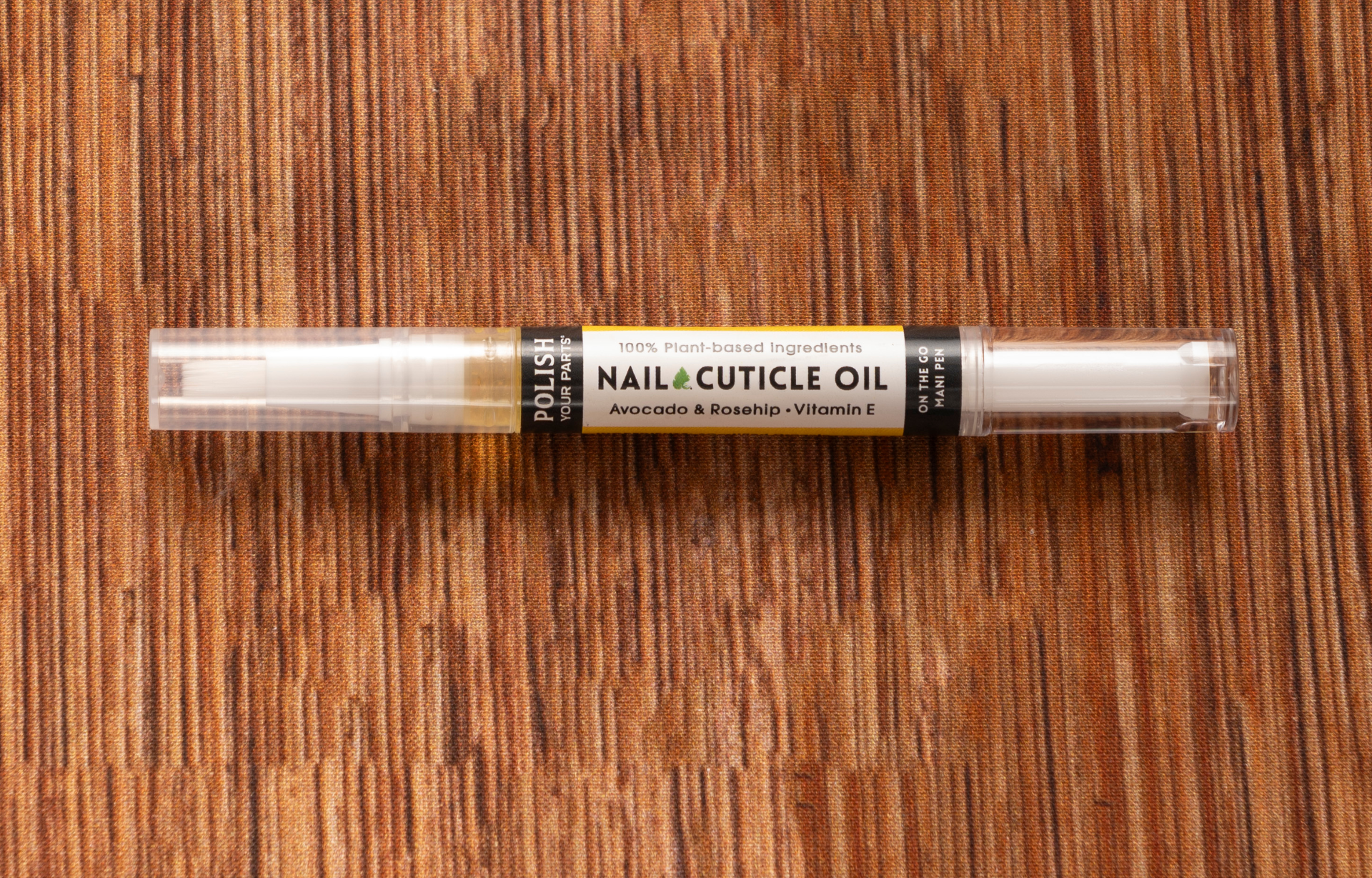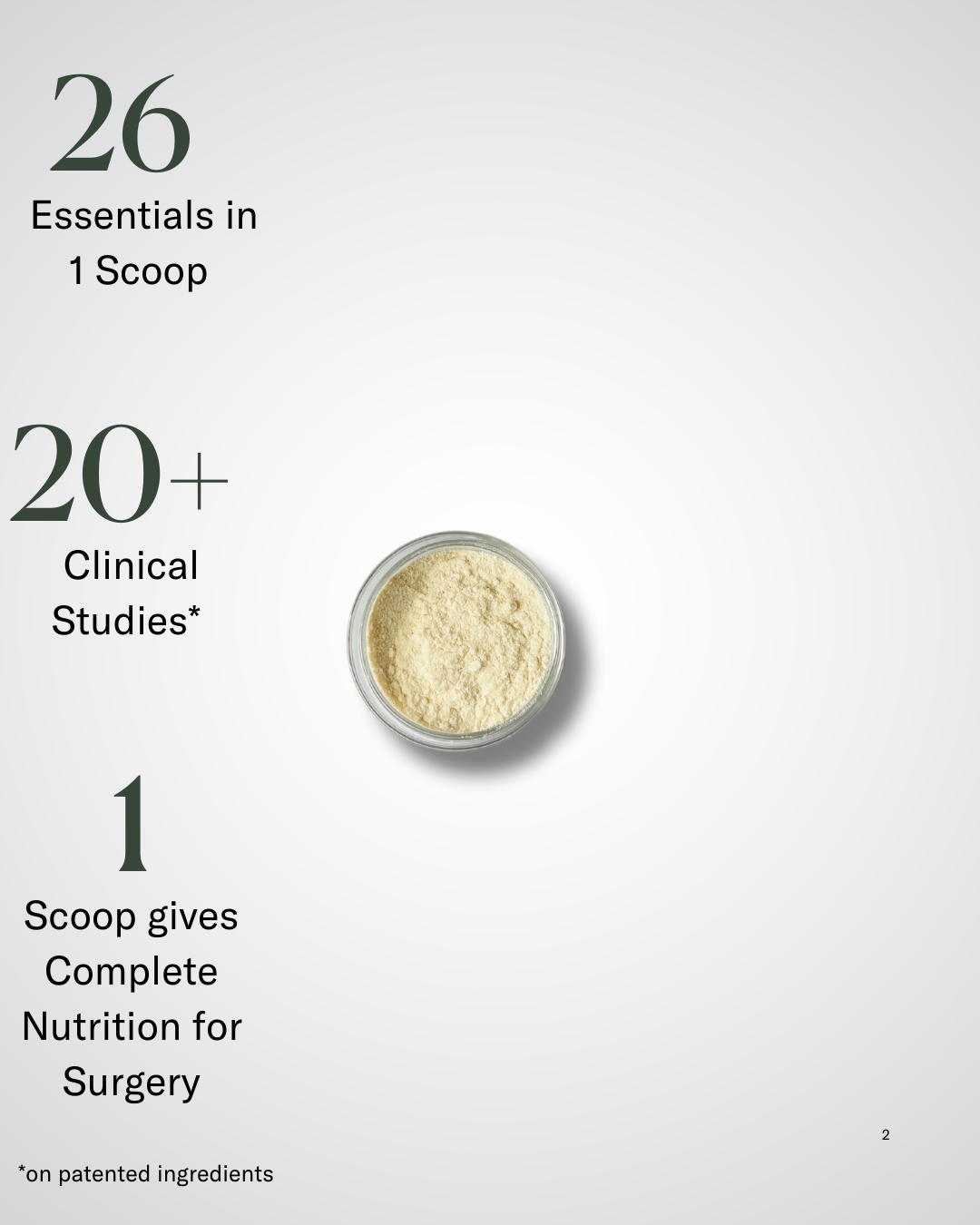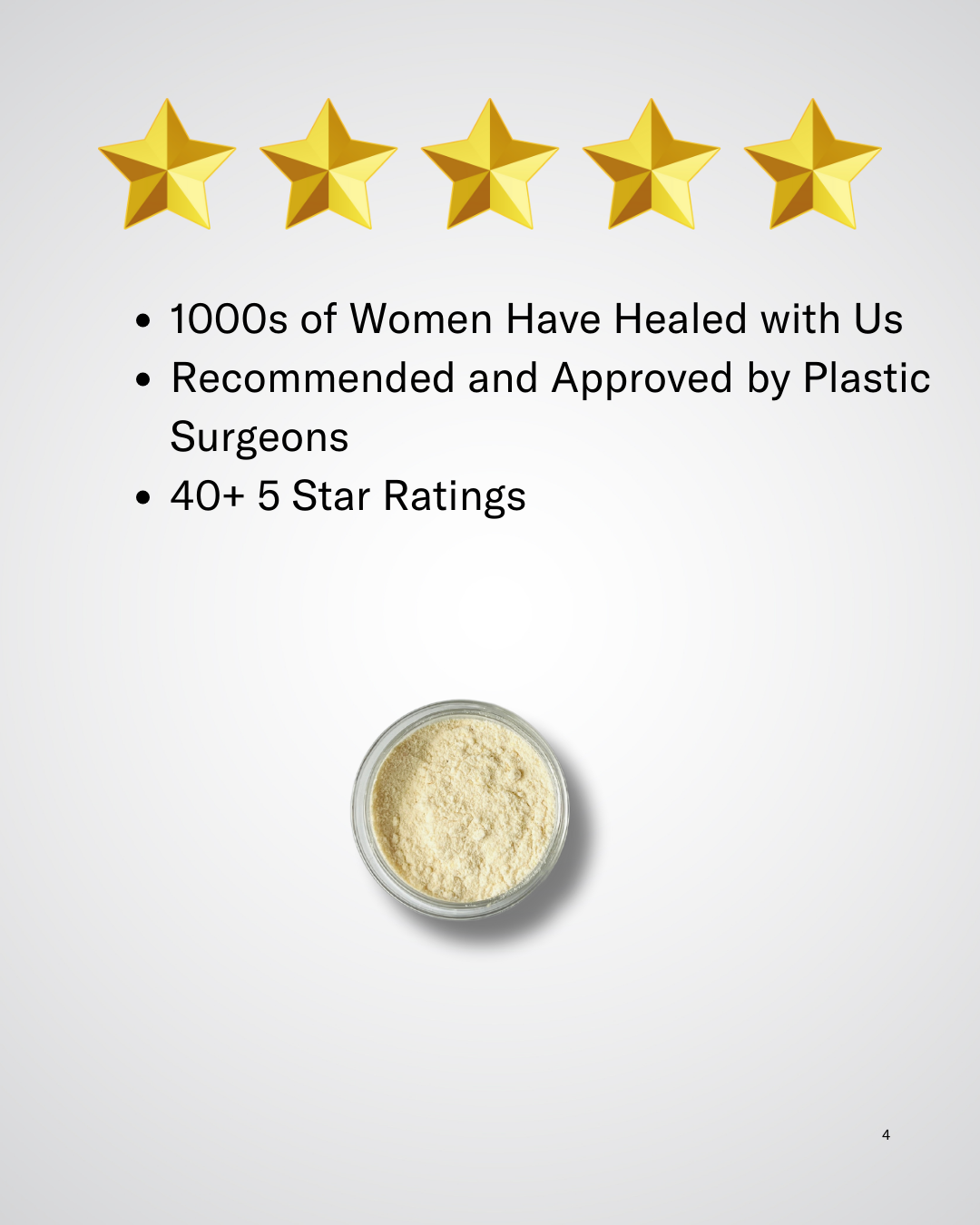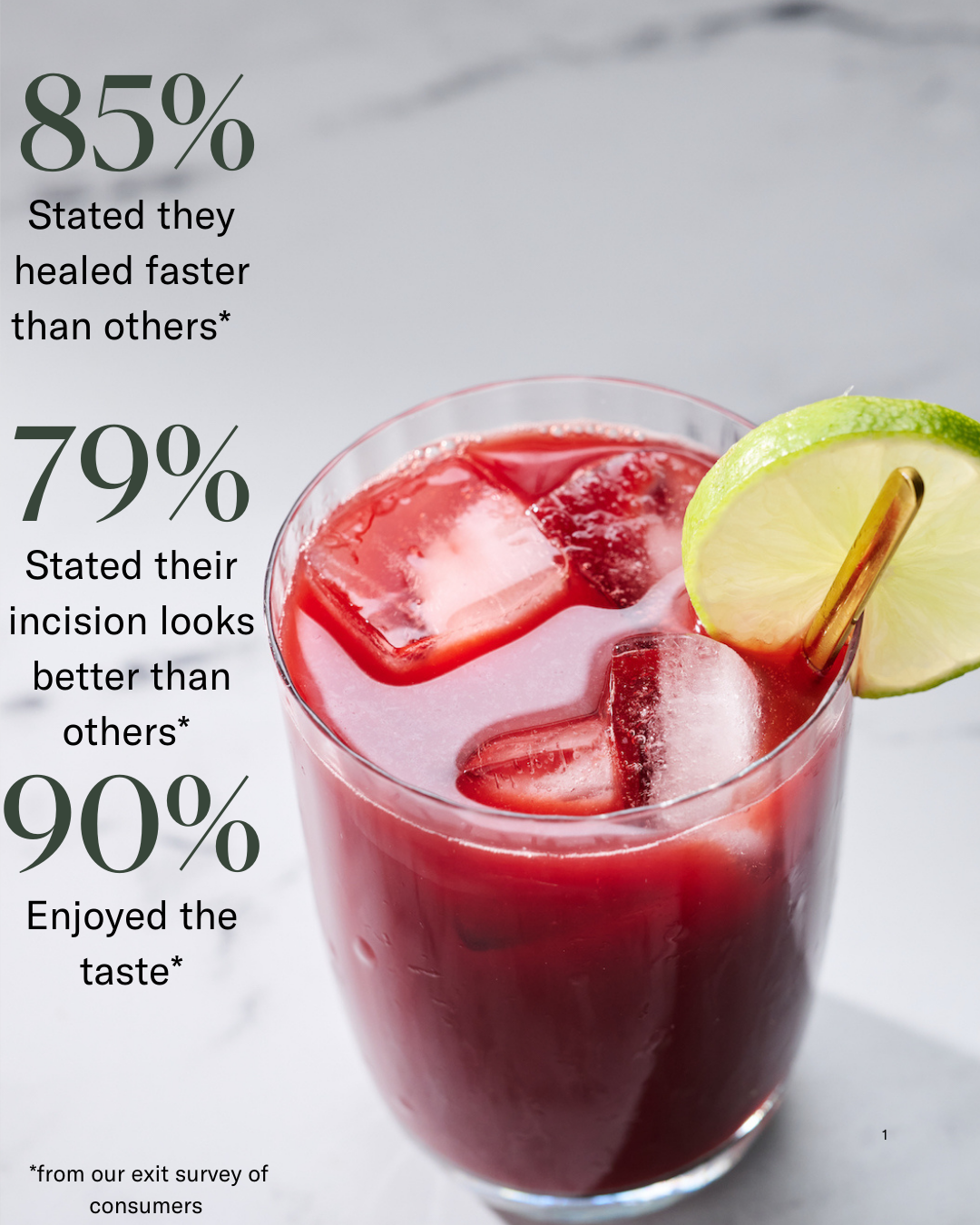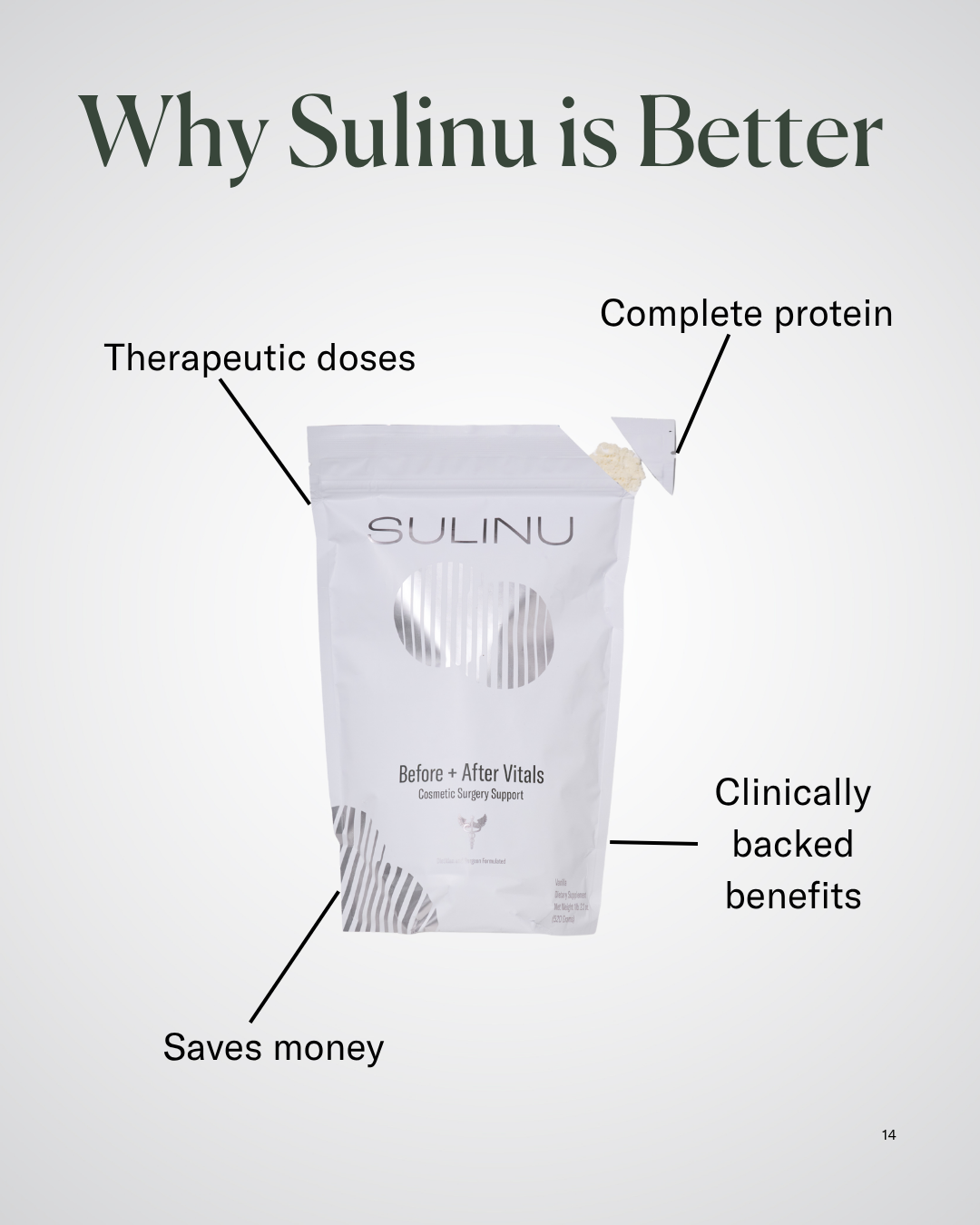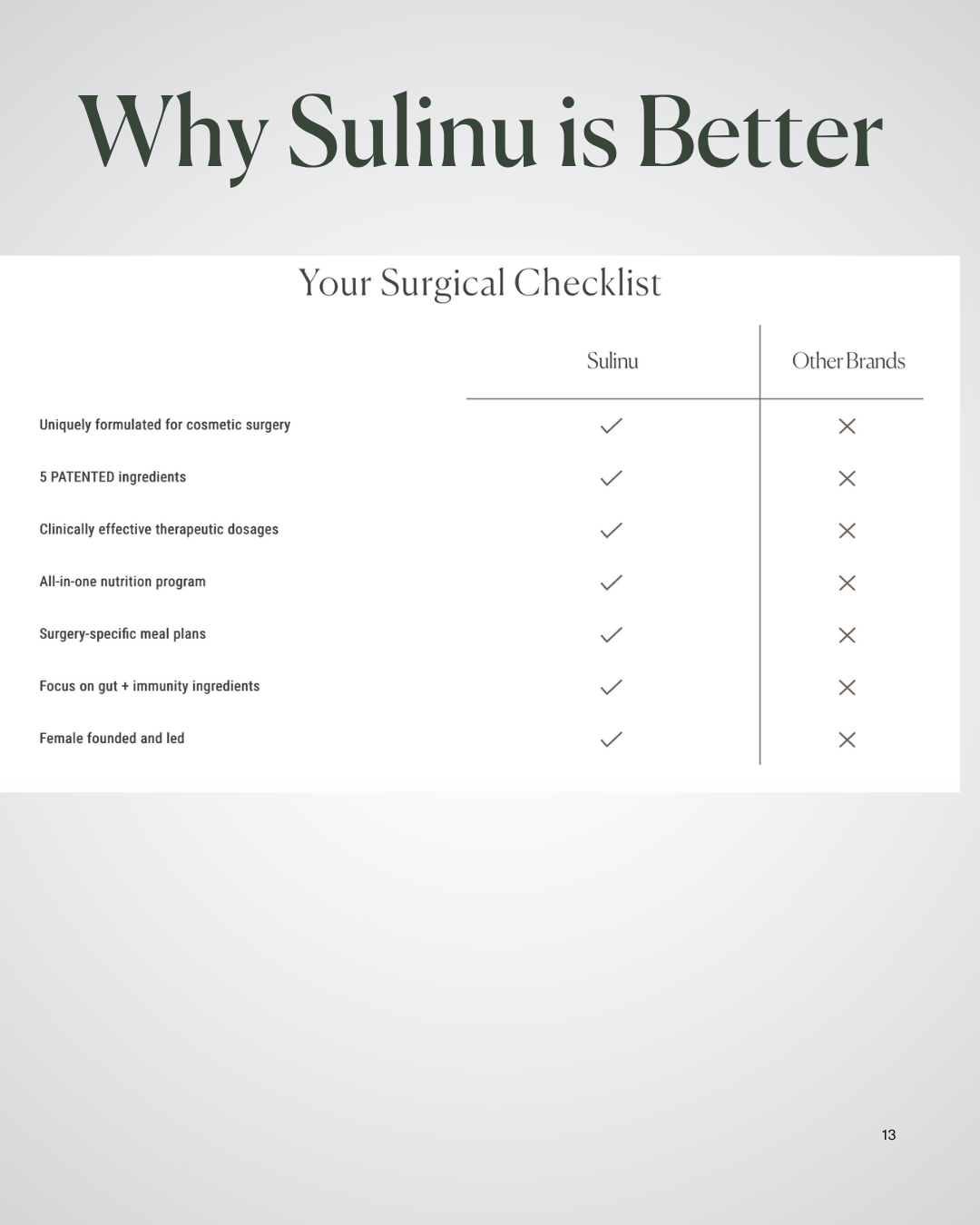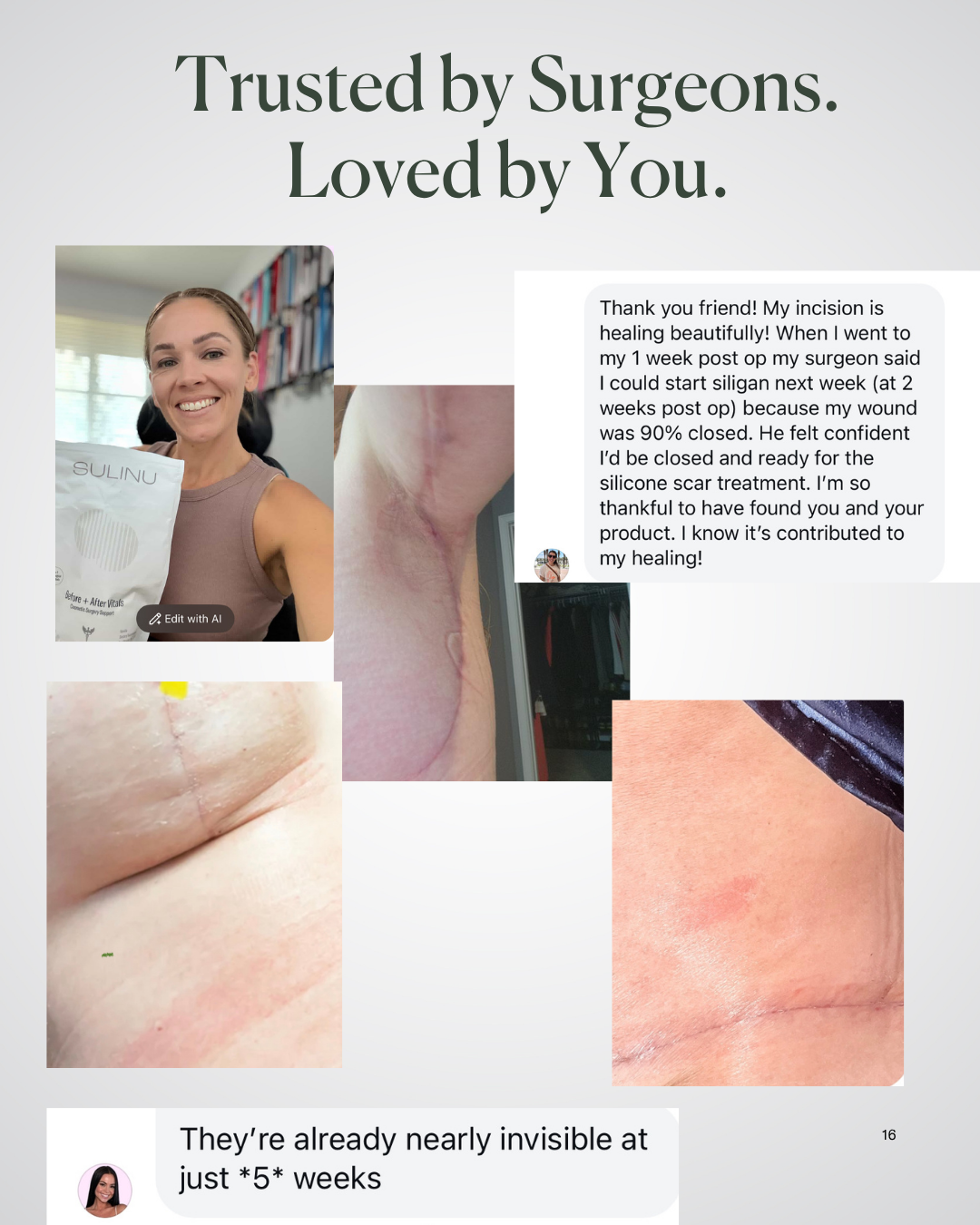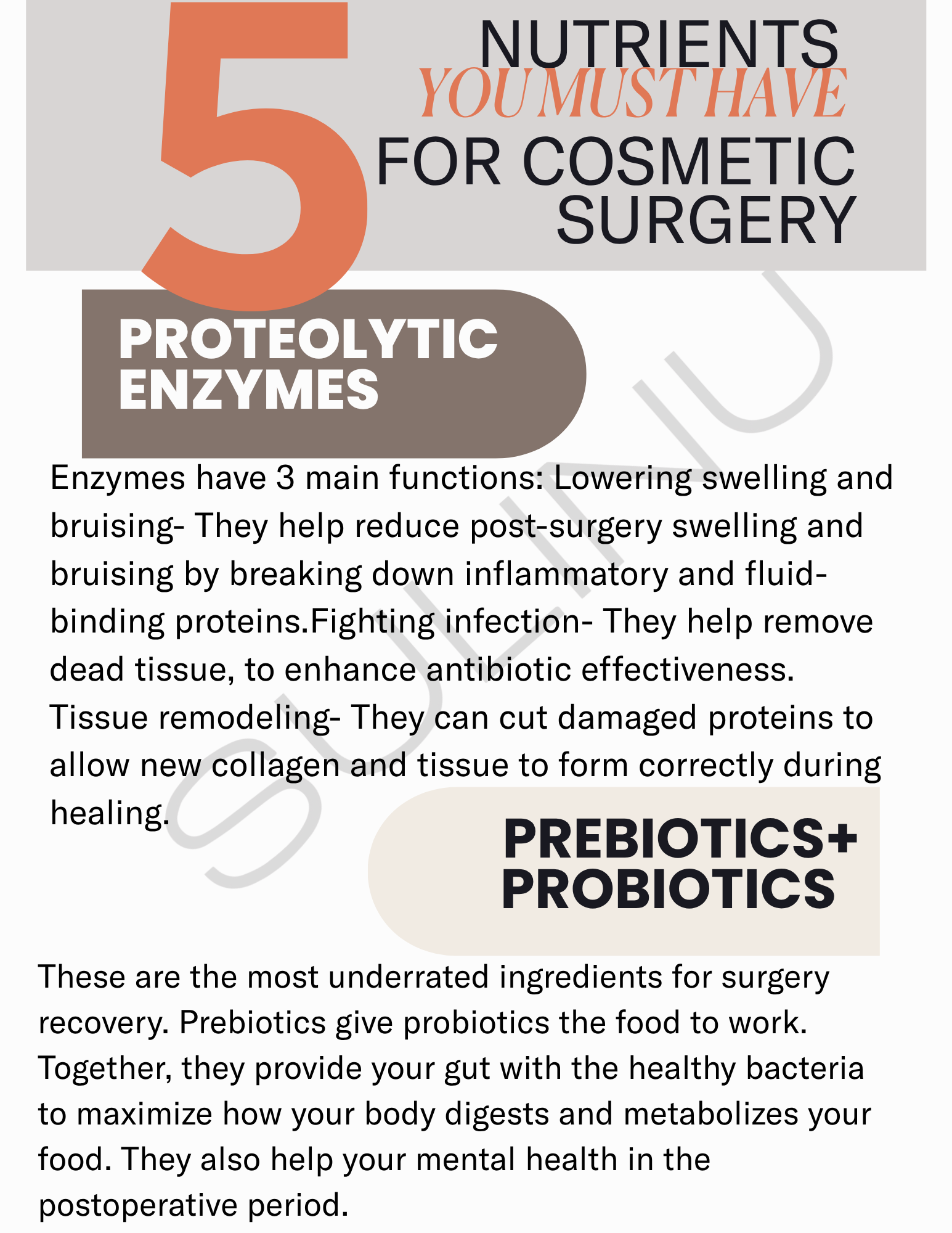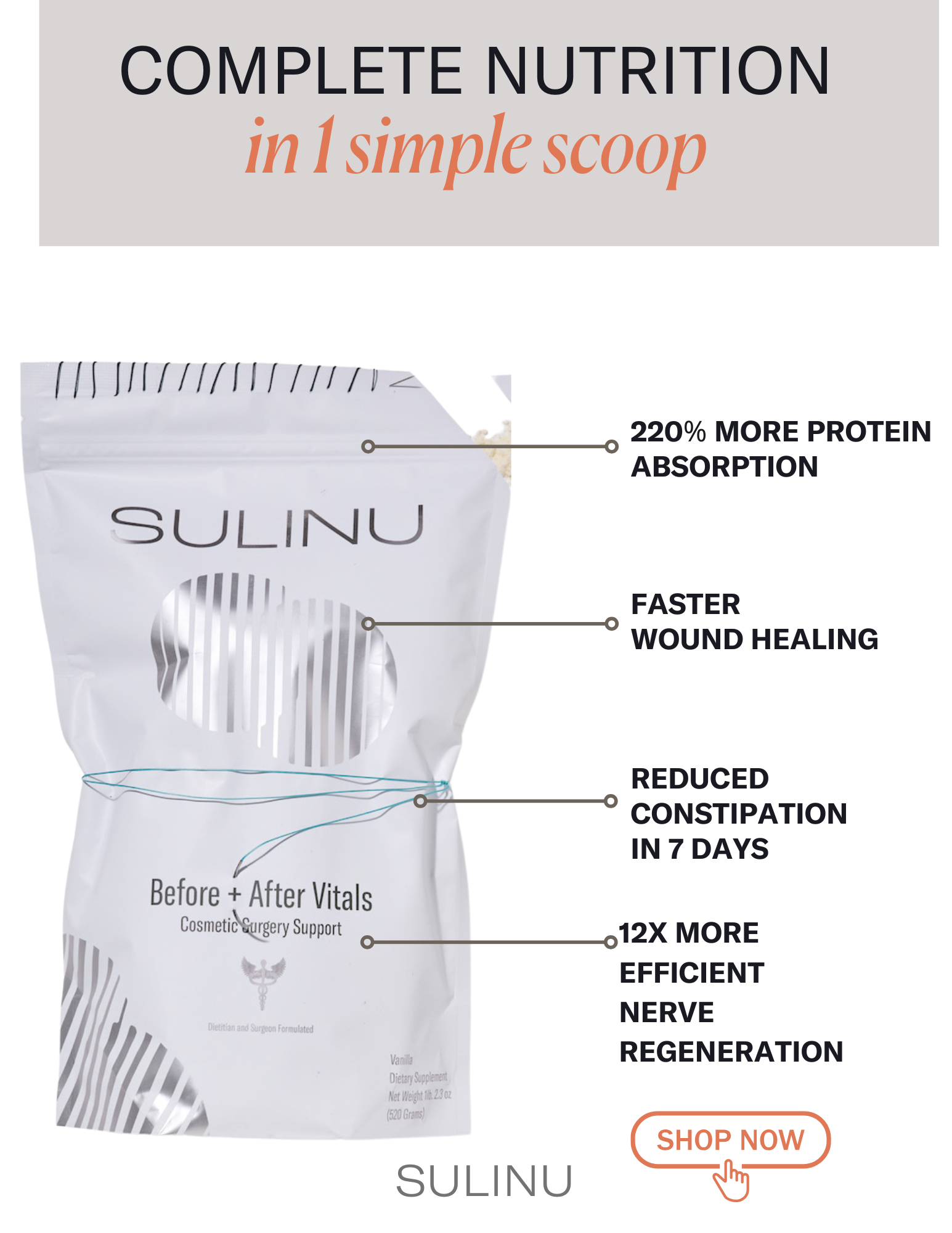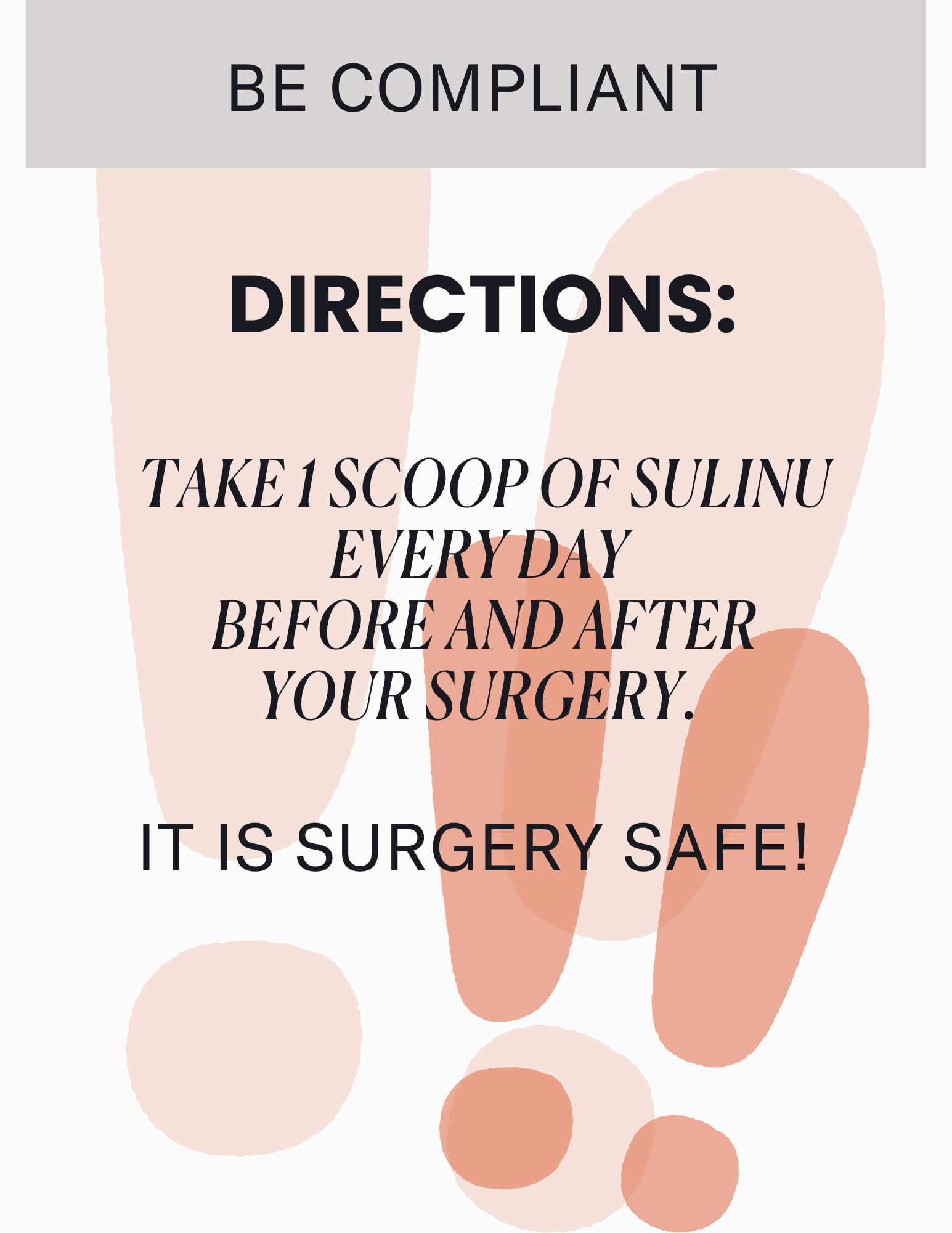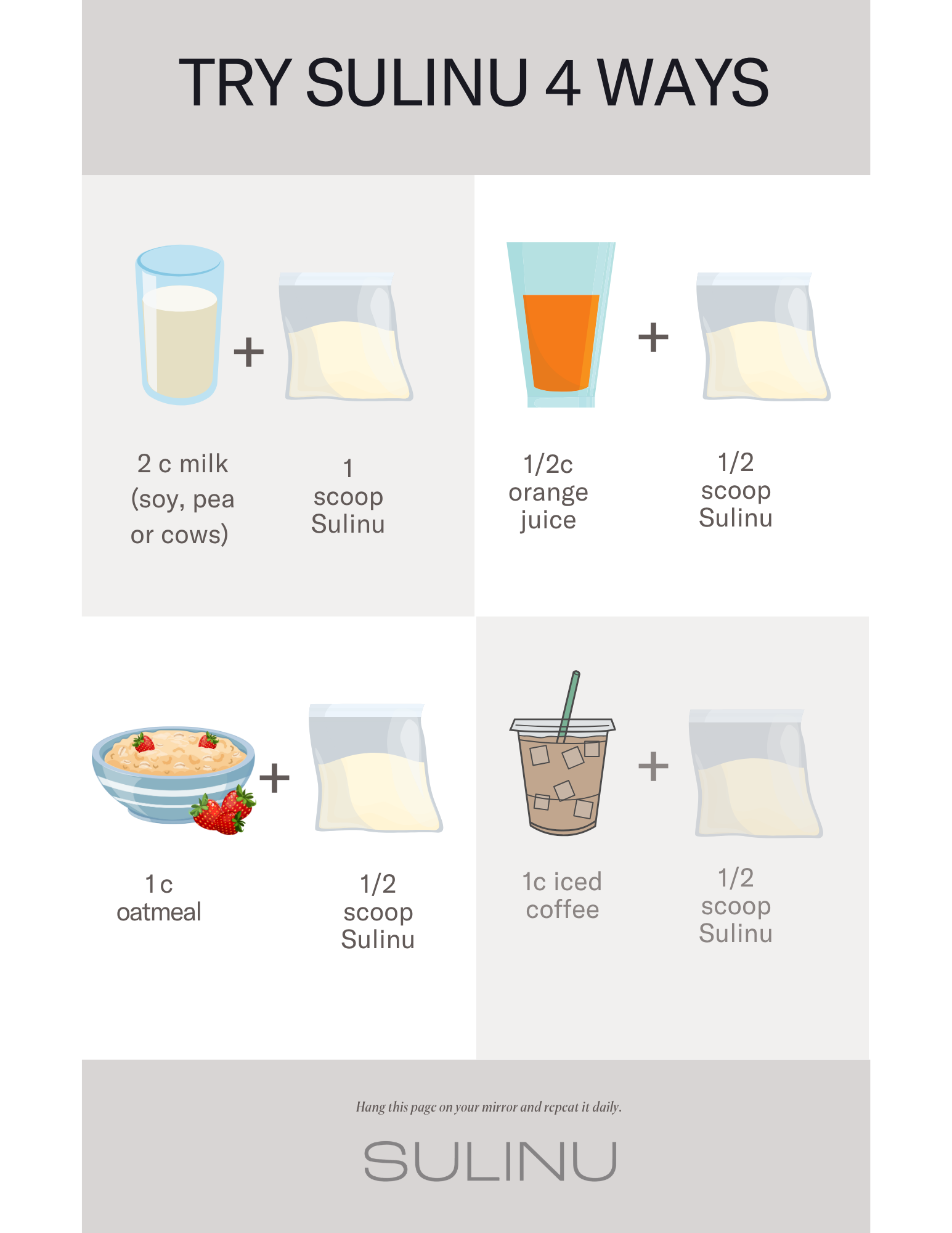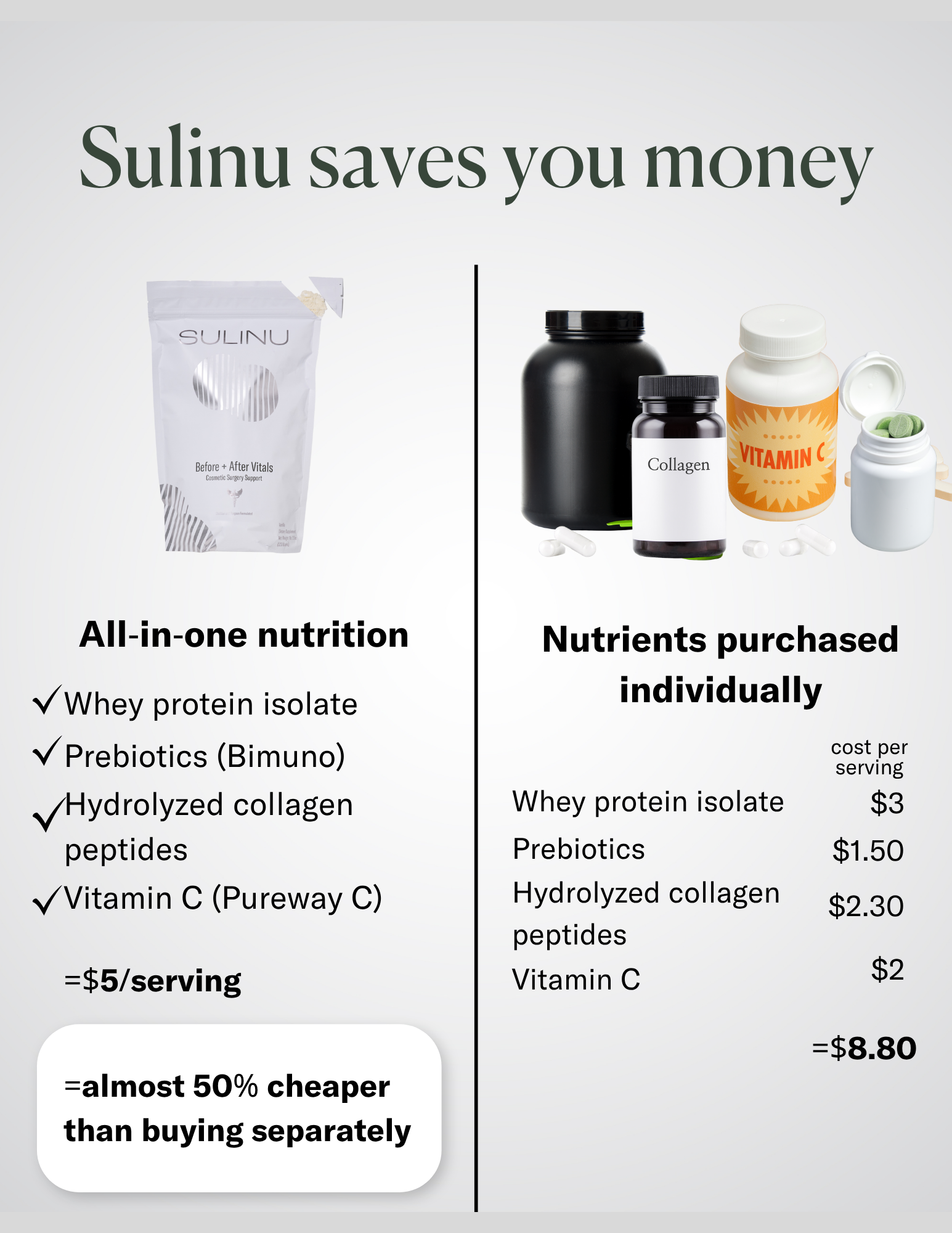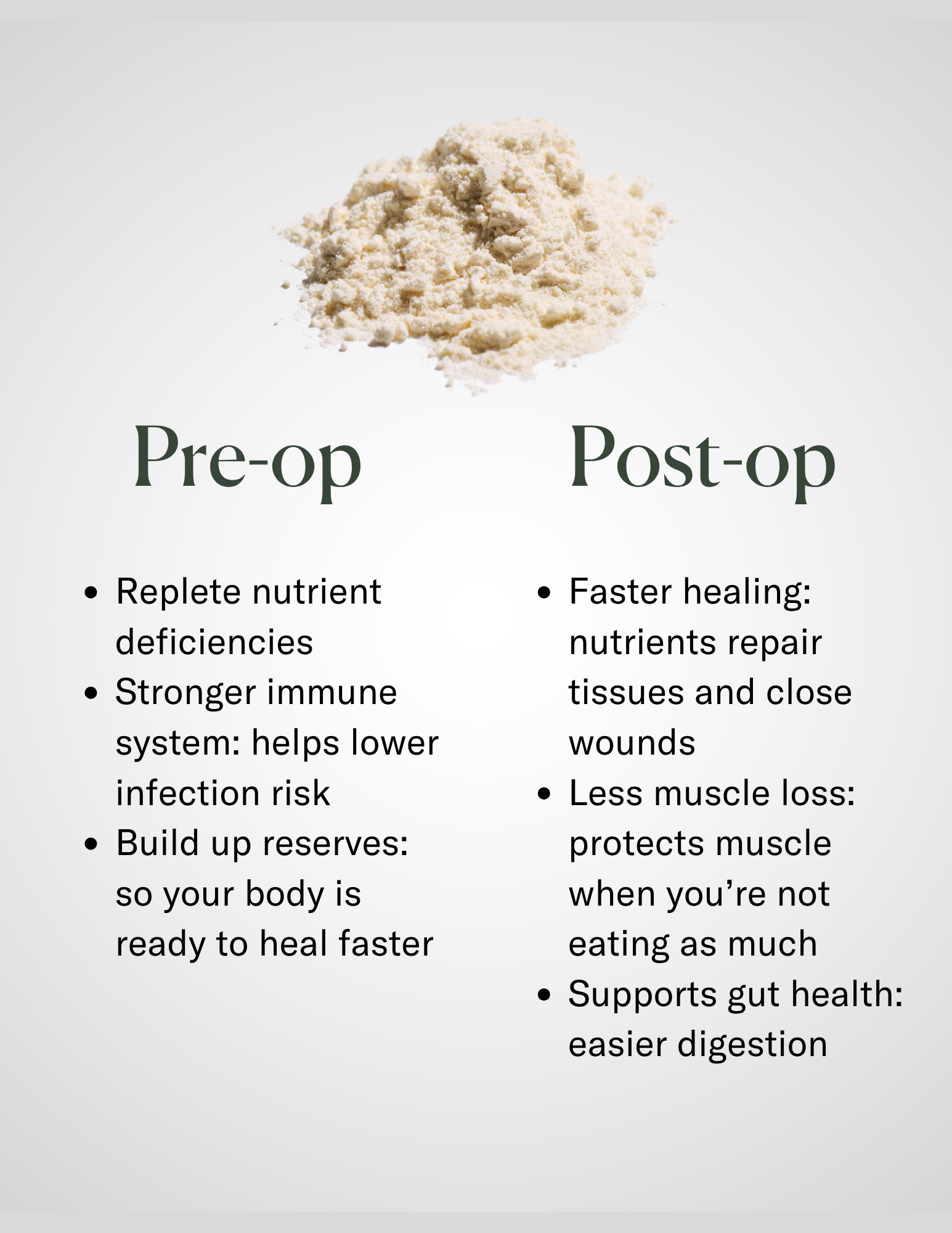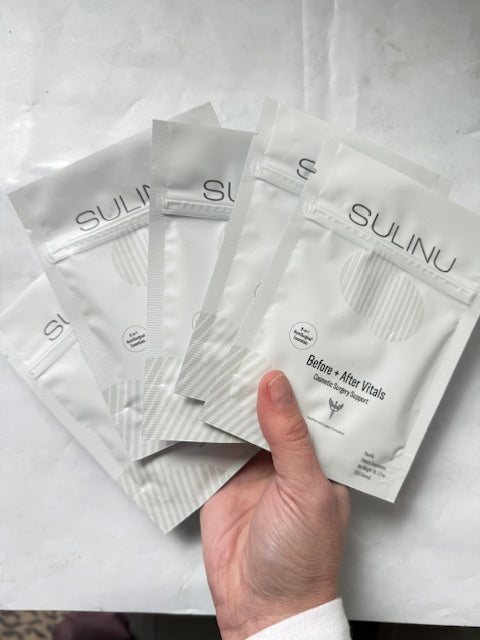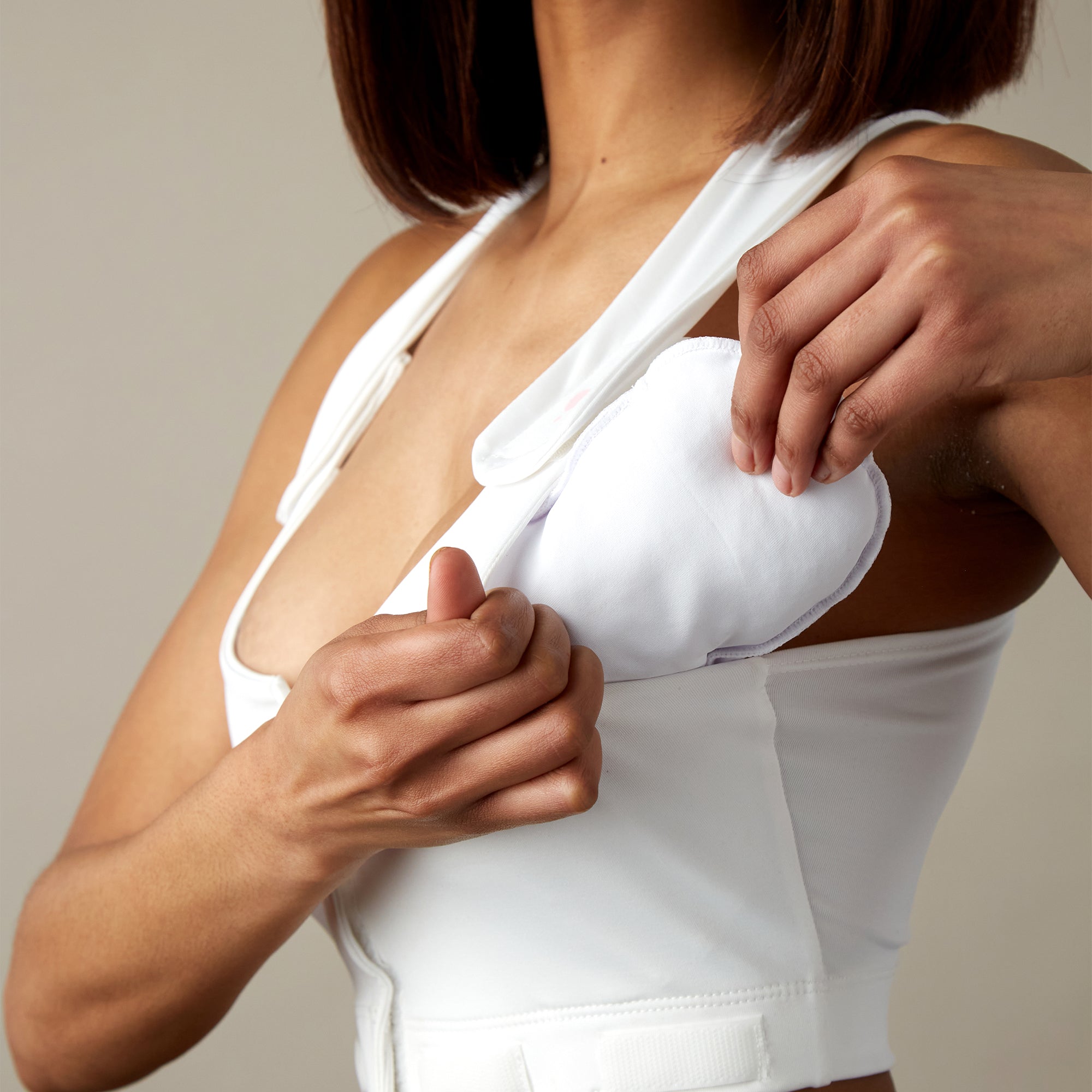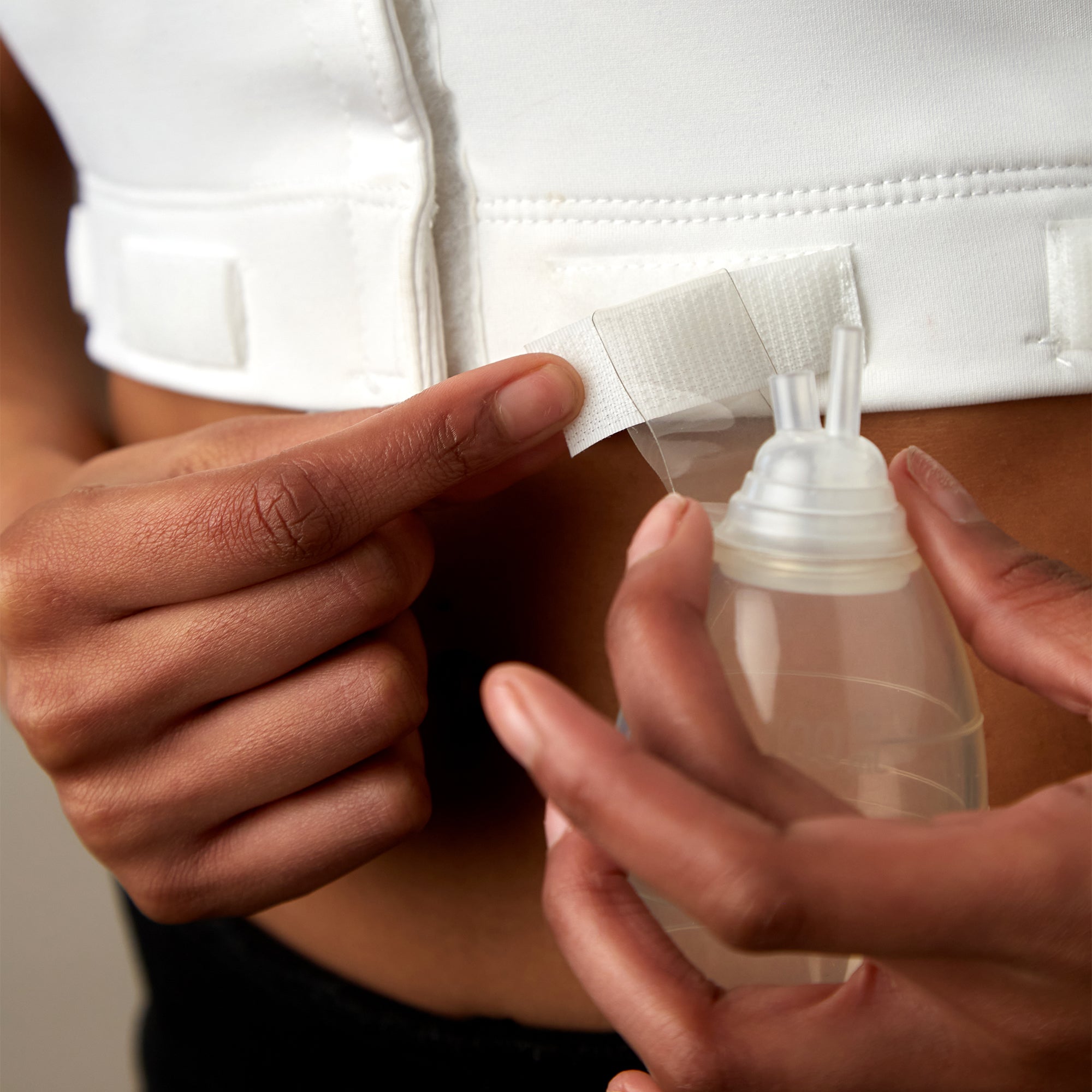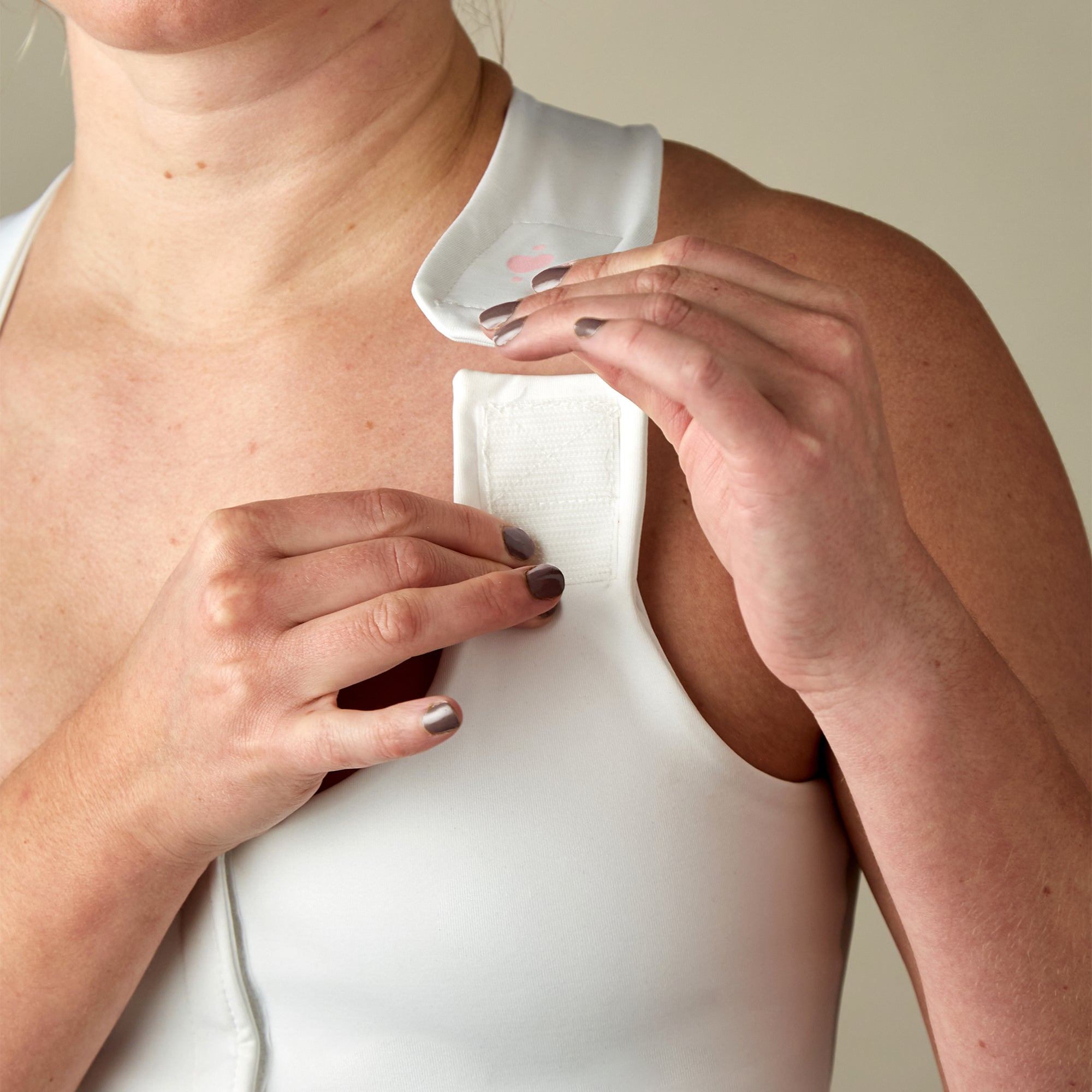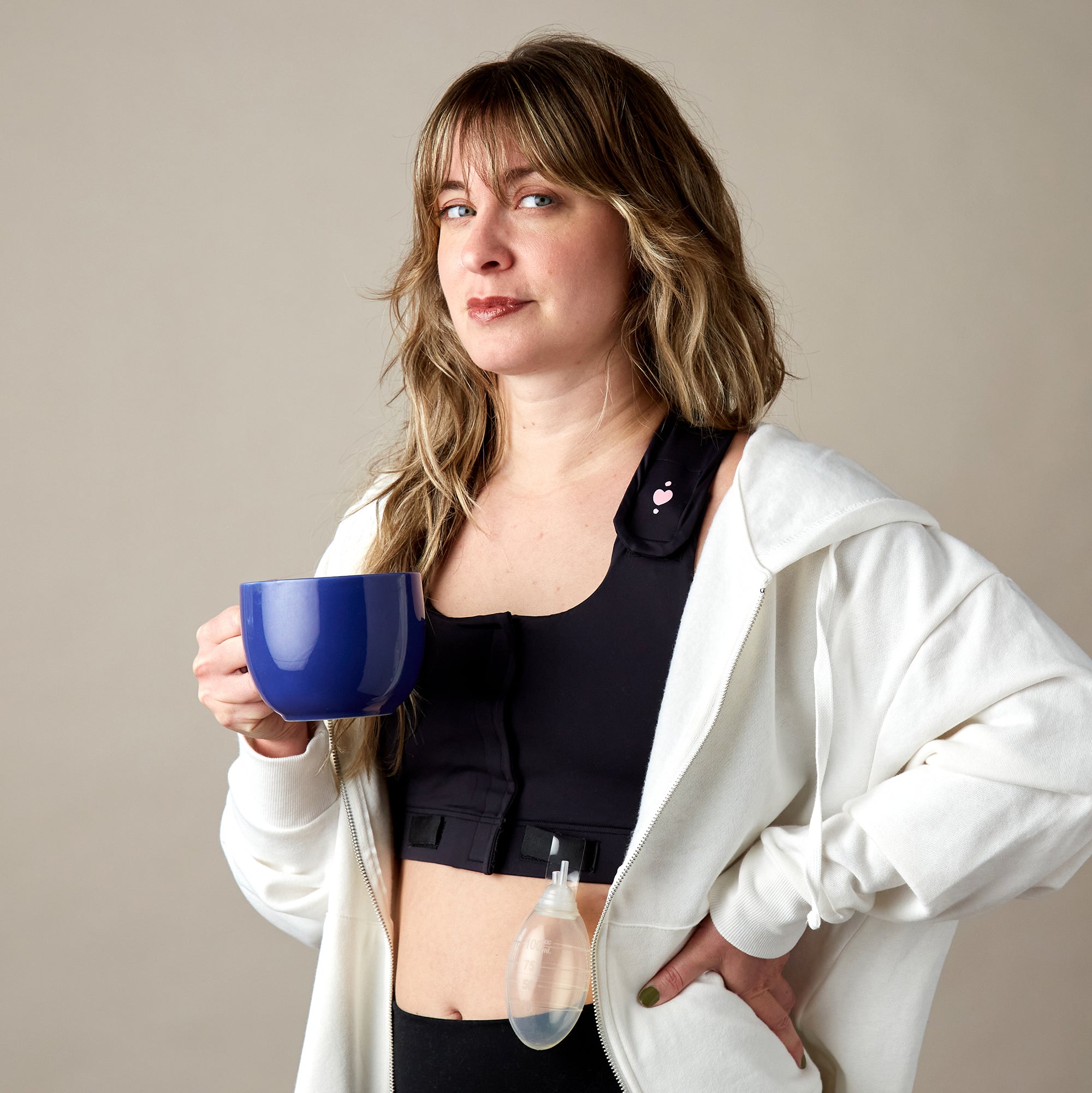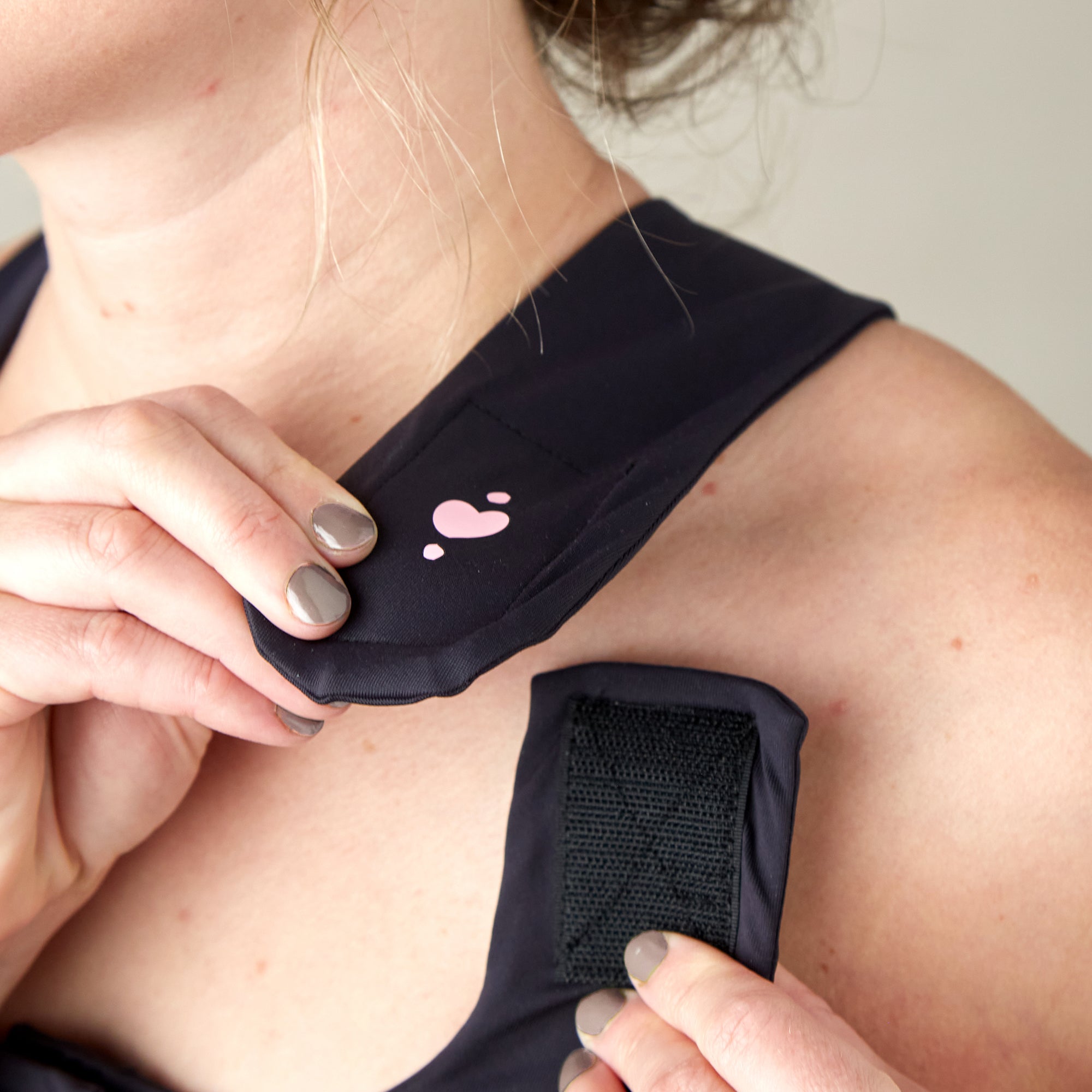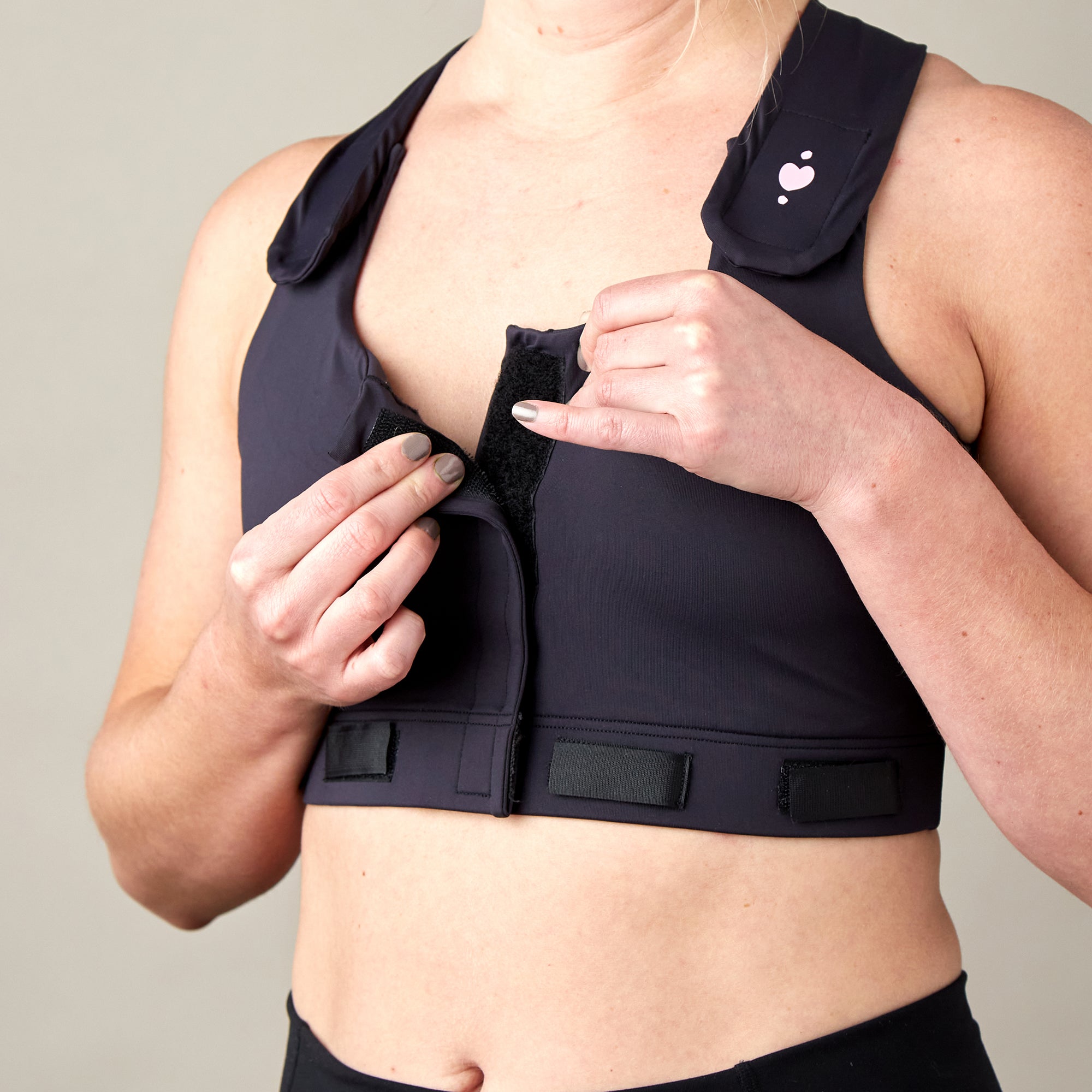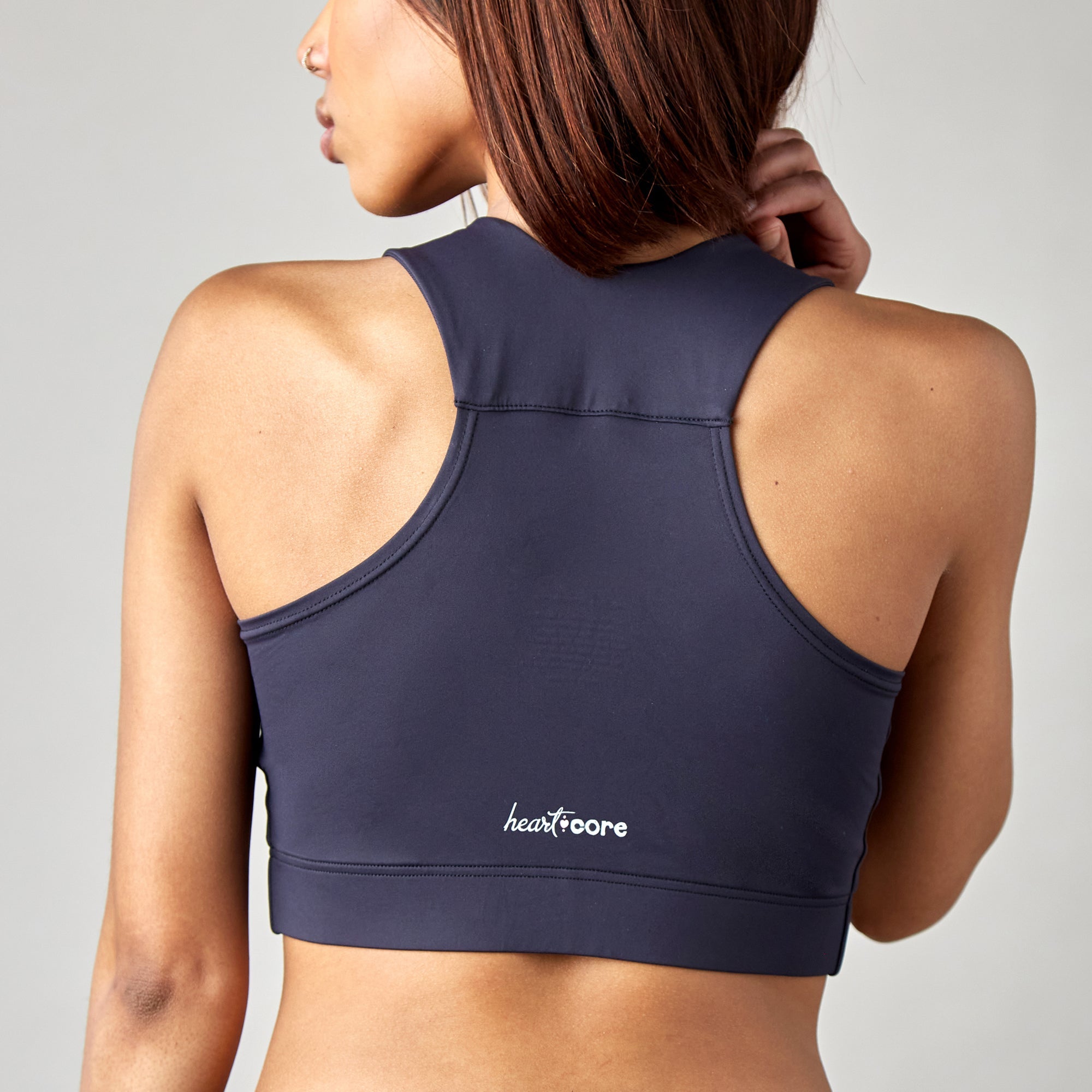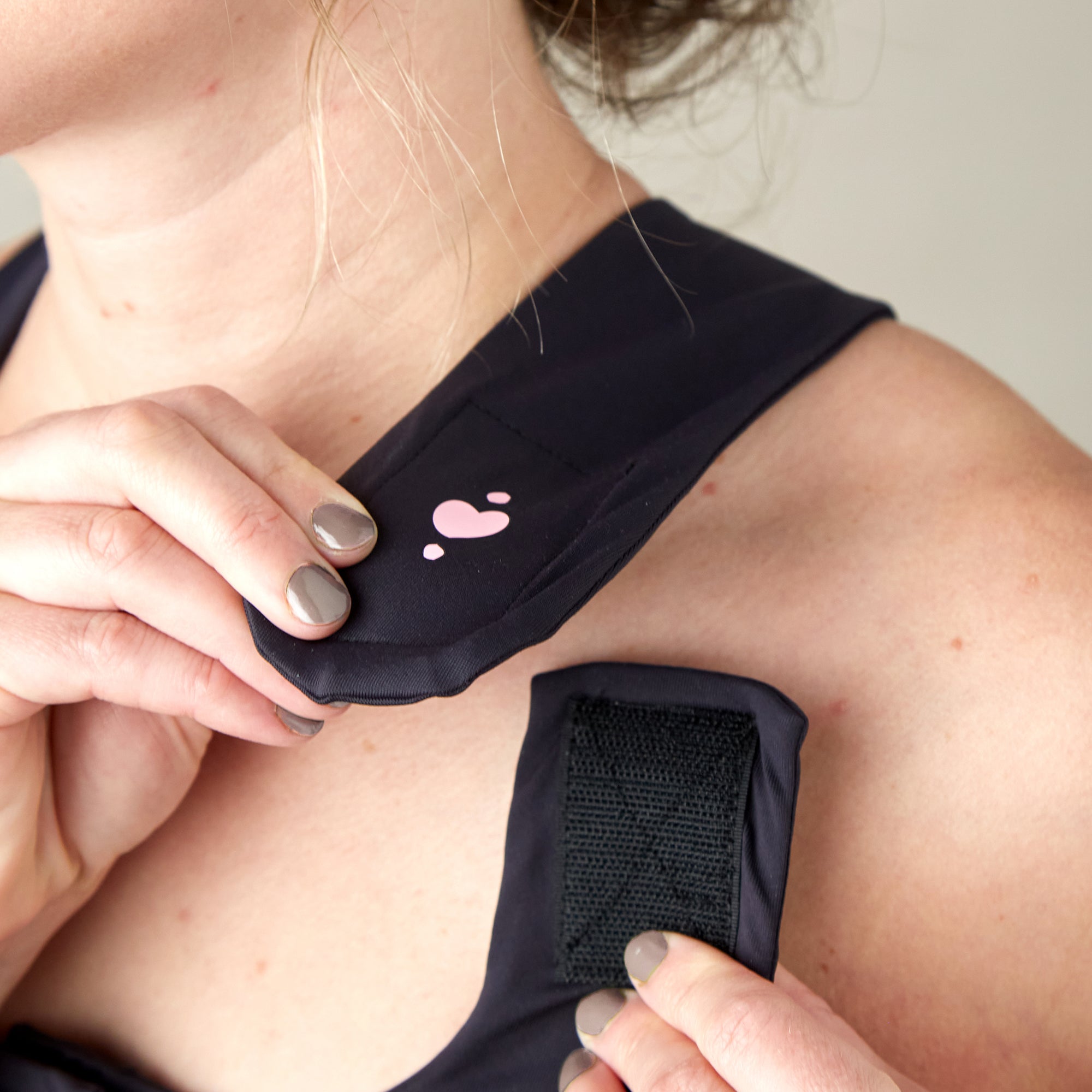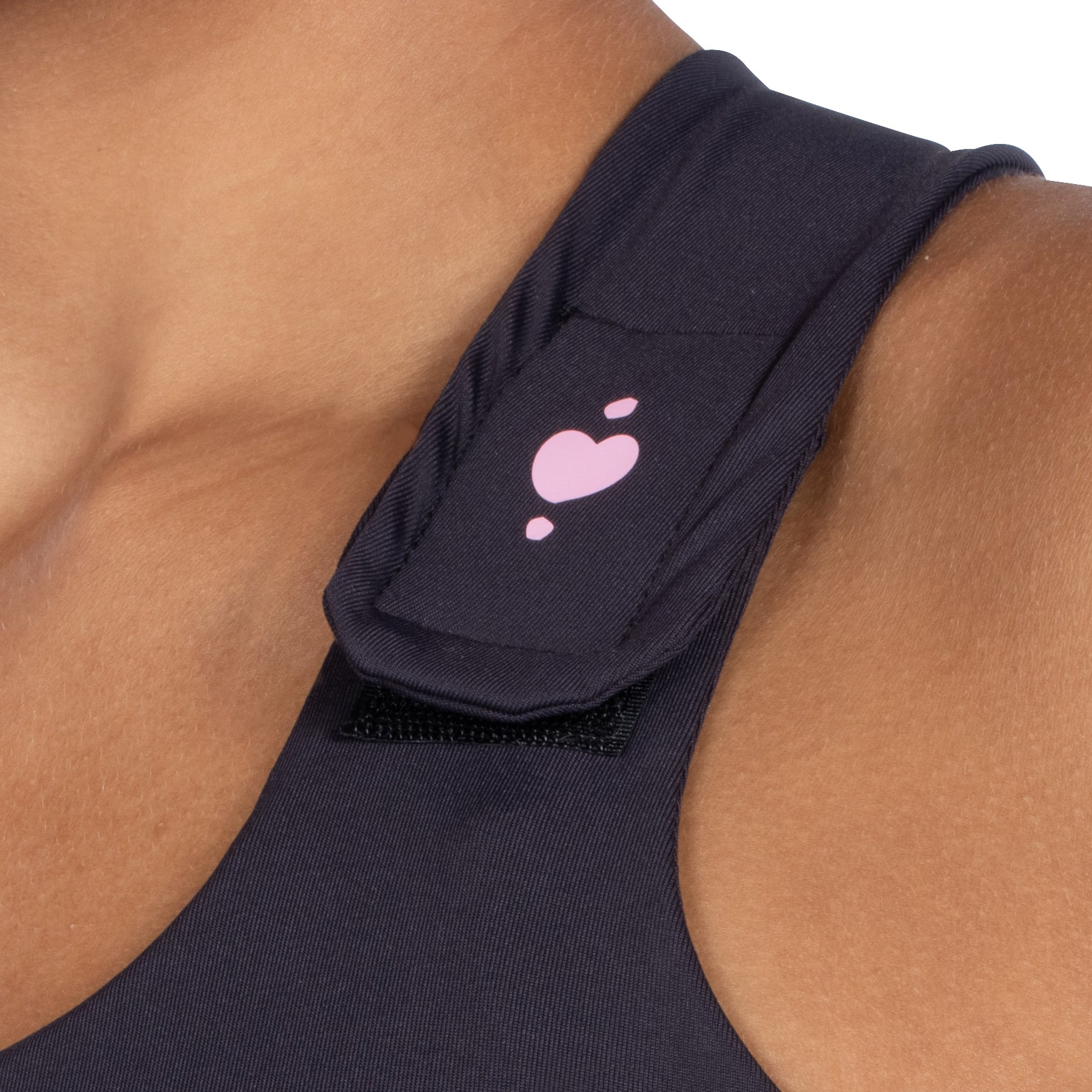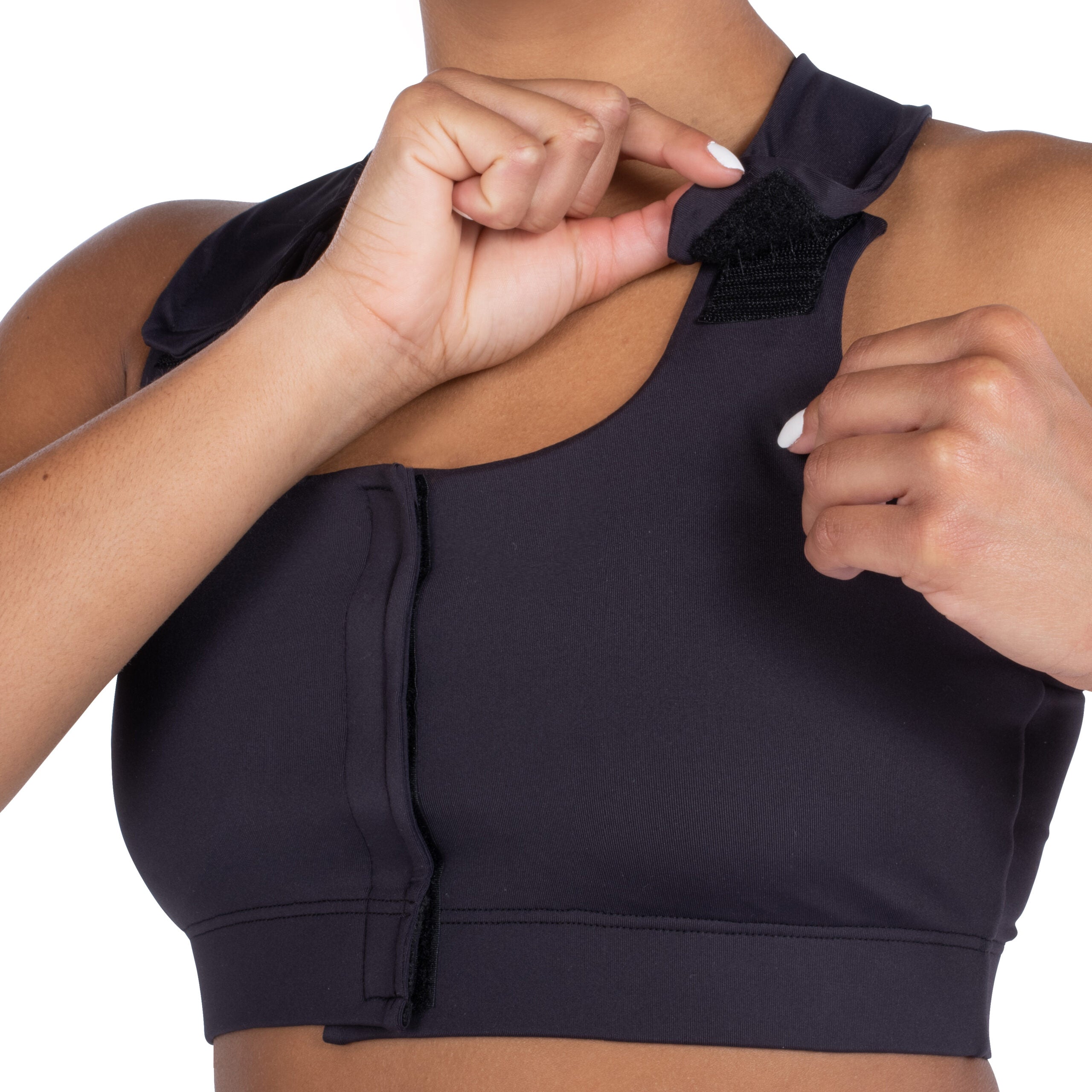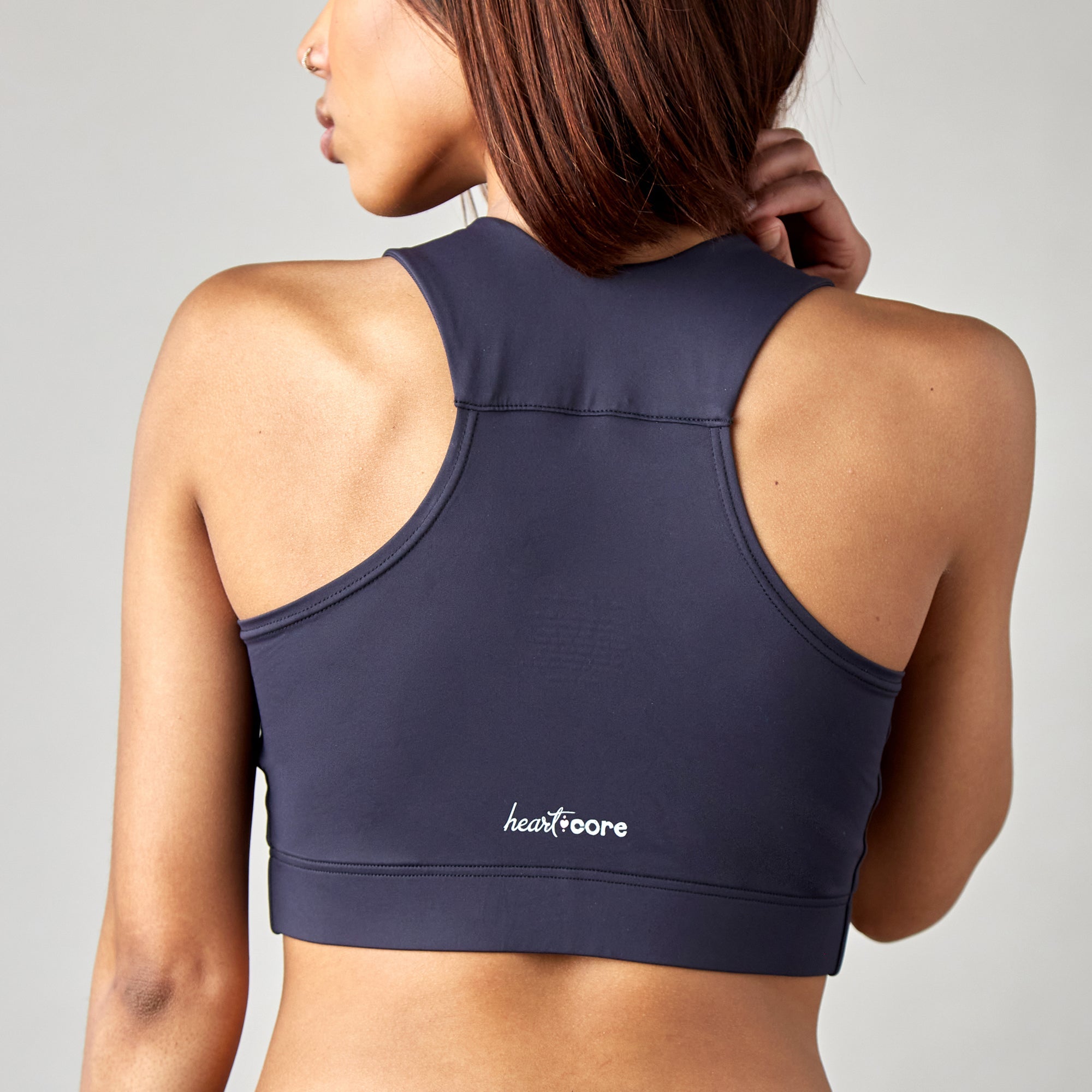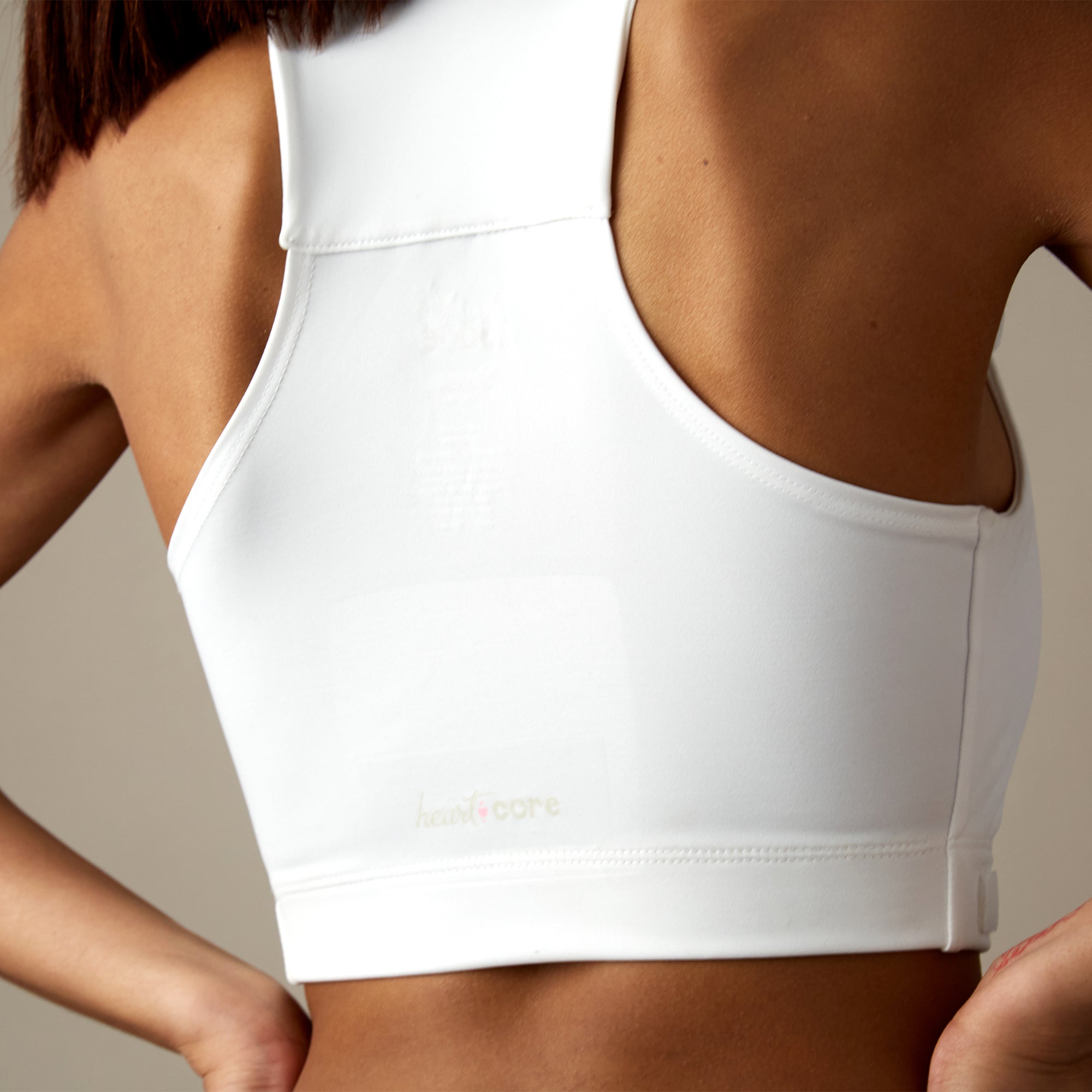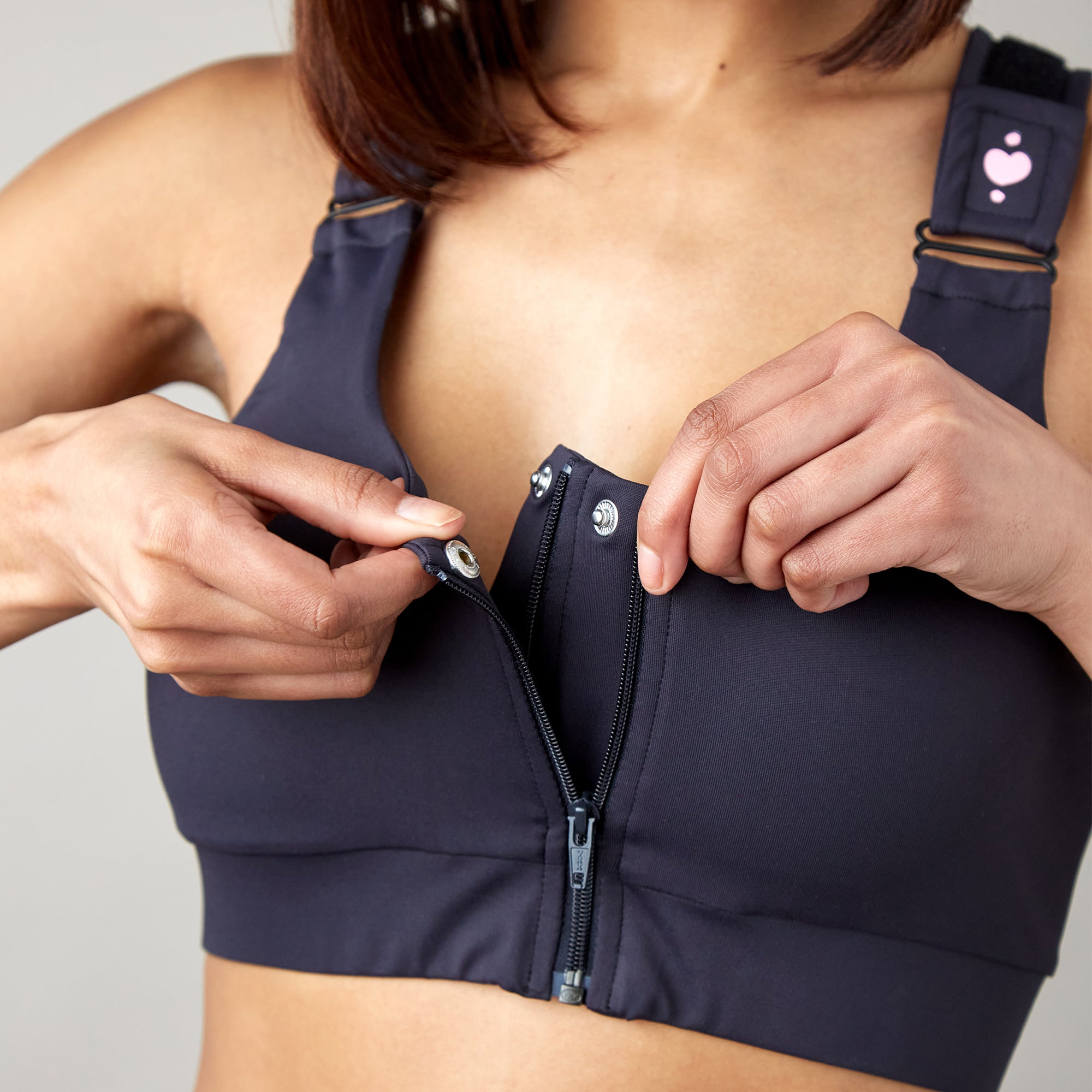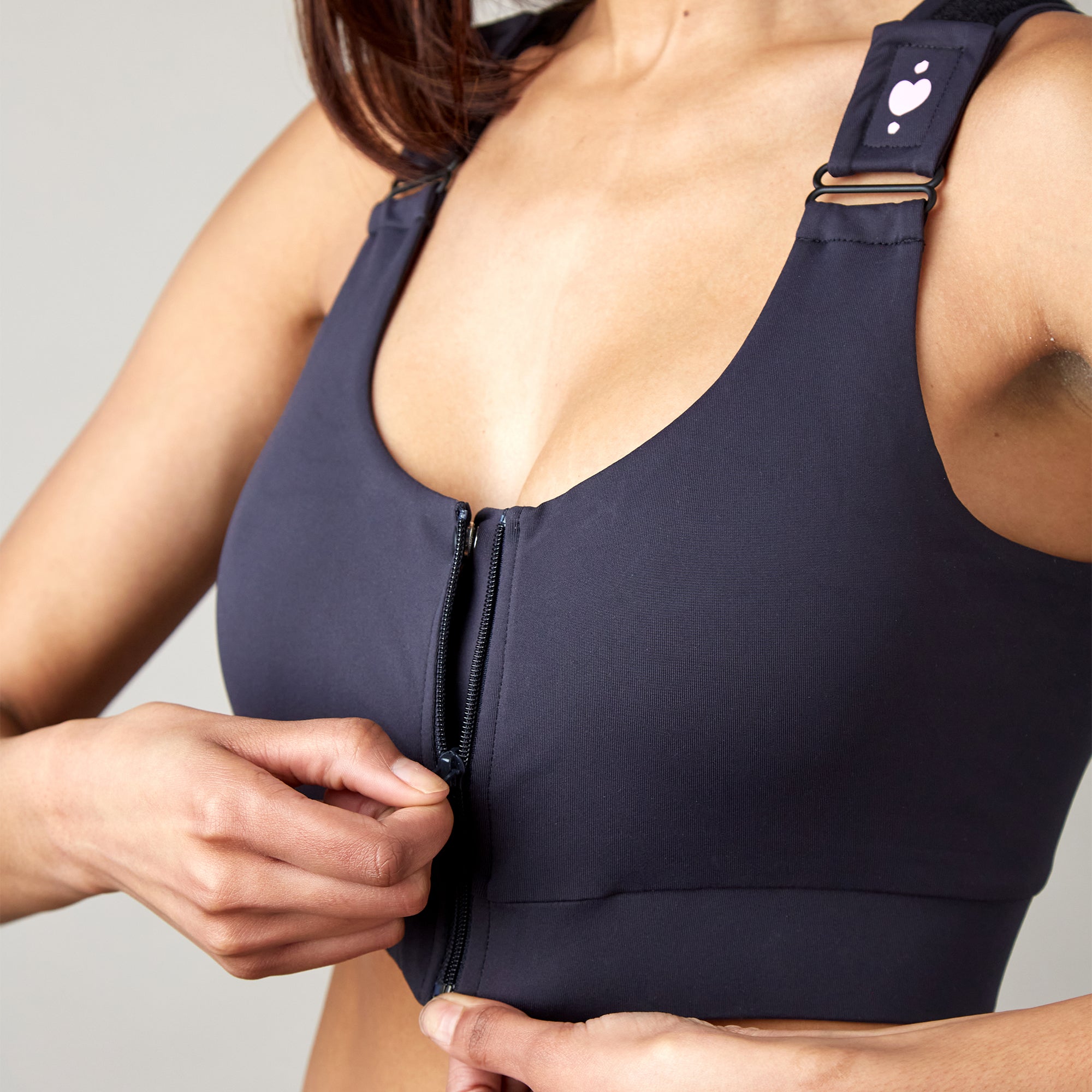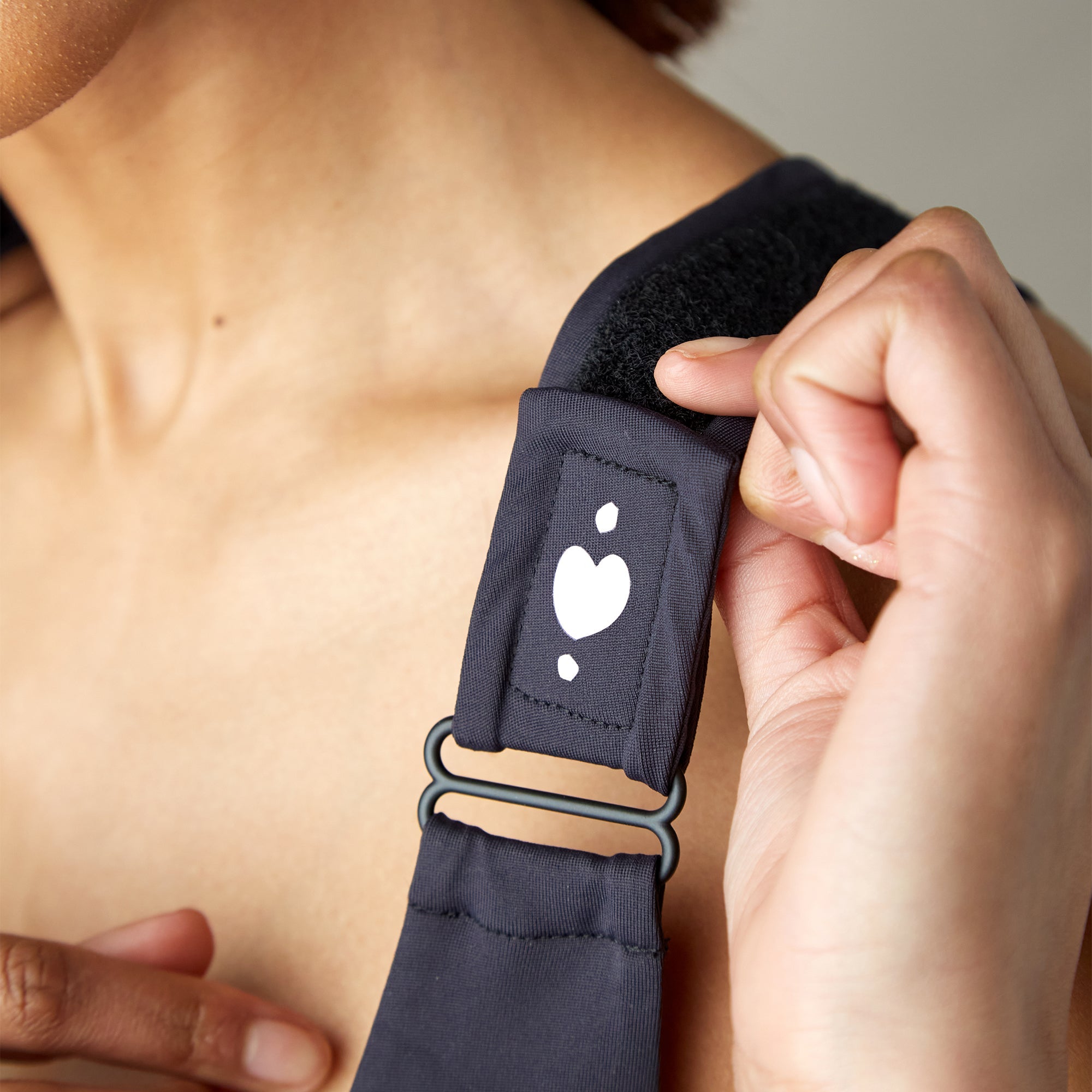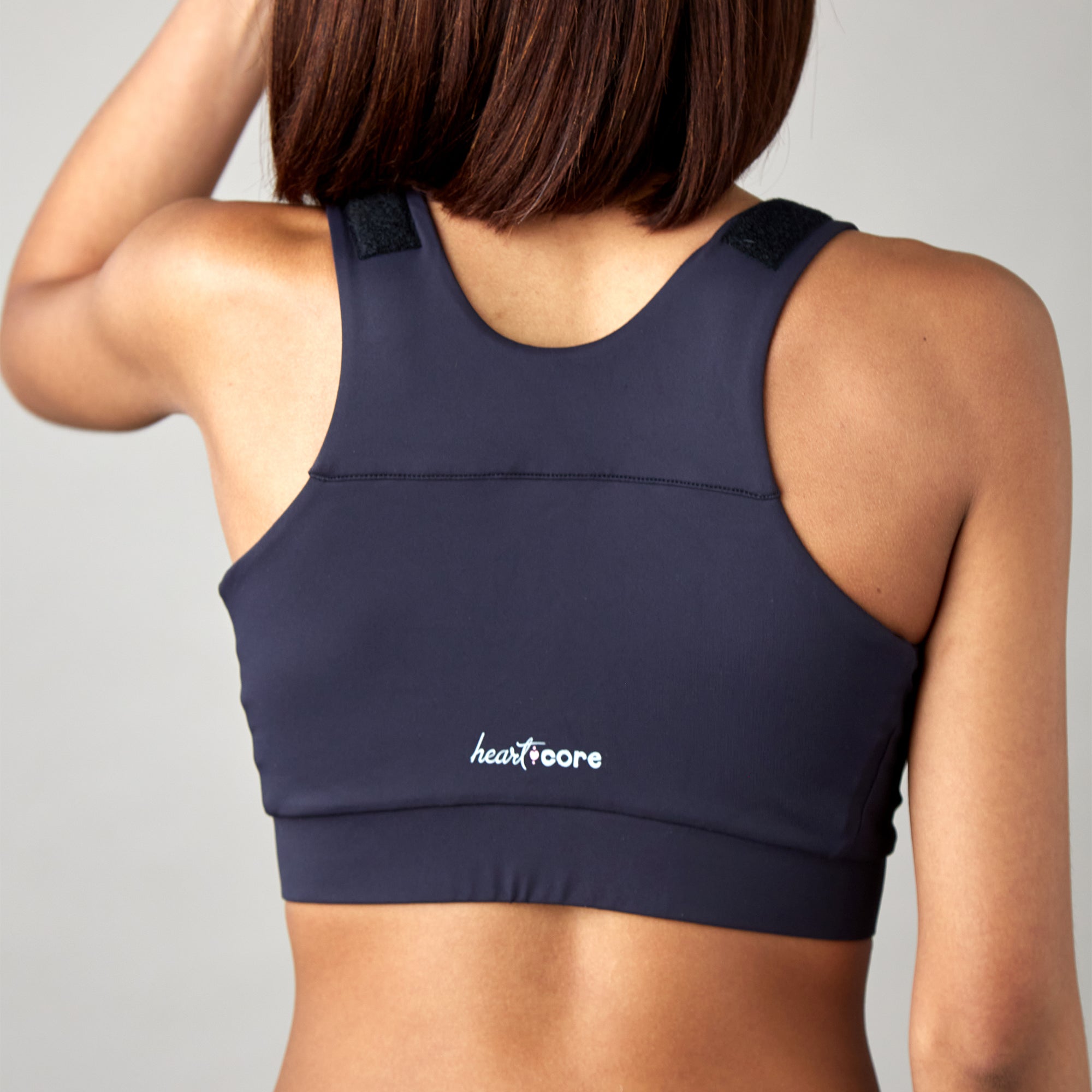You've scheduled your mastectomy surgery, coordinated post-op care, and prepared mentally for the journey ahead. But here's what most recovery guides gloss over: your bedroom needs to become a precision-engineered healing environment where elevated back sleeping takes center stage for the next 6-8 weeks.
This isn't about casually propping yourself up with whatever pillows you have lying around. Elevated back sleeping at 30-45 degrees becomes your medical prescription for optimal recovery—a therapeutic intervention that transforms every hour of rest into active healing time. Your bedroom setup will either support this crucial positioning or fight against it every single night.
The difference between a bedroom randomly arranged with good intentions and one strategically designed around elevated sleep positioning can literally determine how quickly you heal, how well you manage pain, and whether you develop complications that extend your recovery timeline.
Ready to create a bedroom that works as hard as your body does to heal? Let's design your elevated sleep sanctuary.
The Elevated Back Sleep Revolution: Why This Position Changes Everything
Elevated back sleeping isn't just a comfortable way to rest after mastectomy—it's a therapeutic intervention that addresses every major challenge your recovering body faces. Understanding why this positioning is so powerful helps you commit to creating the bedroom setup that makes it work consistently.
The Lymphatic Drainage Advantage
Your lymphatic system has been disrupted by mastectomy surgery, especially if lymph nodes were removed. Unlike your cardiovascular system with its powerful heart pump, your lymphatic system relies on gravity, muscle contractions, and proper positioning to move fluid effectively.
When you sleep elevated at 30-45 degrees, gravity becomes your healing ally. The gentle incline encourages lymphatic fluid to drain away from your chest and arm areas rather than pooling overnight. This continuous drainage throughout your longest rest period significantly reduces morning swelling and supports faster healing.
Flat sleeping works against this natural drainage, allowing fluid to accumulate in tissues around your surgical sites. This accumulated fluid not only causes discomfort but can interfere with healing and increase infection risk.
The Circulation Optimization Effect
Elevated sleep positioning transforms your cardiovascular system into a more efficient healing delivery service. The gentle incline reduces the work your heart must do to pump blood throughout your body, improving oxygen and nutrient delivery to healing tissues while enhancing waste product removal.
This improved circulation becomes particularly important after mastectomy because your body is working overtime to repair surgical sites, build new tissue connections, and adapt to anatomical changes. Better circulation means faster healing, reduced pain, and lower complication risk.
The positioning also prevents blood pooling that can occur with flat sleeping, ensuring that healing nutrients reach surgical sites consistently throughout the night rather than being limited by positional circulation restrictions.
The Respiratory Liberation Benefit
Mastectomy surgery can temporarily affect breathing comfort through chest wall incisions, post-surgical swelling, and pain-related breathing restrictions. Elevated back sleeping naturally opens your airways and reduces breathing effort, creating optimal conditions for the deep, restorative sleep your body needs to heal.
The positioning allows your diaphragm to work more efficiently and reduces pressure on your chest wall that can make breathing feel labored. This improved breathing comfort directly translates to better sleep quality and more time spent in the deep sleep phases where most healing occurs.
Enhanced breathing also supports your body's oxygen delivery to healing tissues and helps maintain the lung expansion that prevents respiratory complications like pneumonia.
The Pain Management Revolution
Elevated positioning distributes your body weight more evenly than flat sleeping, reducing pressure points that can create additional discomfort. For mastectomy patients, this means less pressure on healing incision sites and reduced strain on neck and shoulder muscles that often compensate for limited arm movement.
The position also supports better pain medication effectiveness by improving circulation that helps medications reach their targets efficiently. Many patients find they need less pain medication when properly positioned, and the medication they do take works more effectively.

Why Your Bedroom Setup Makes or Breaks Elevated Sleep Success
Creating effective elevated back sleeping requires more than good intentions and random pillow stacking. Your bedroom environment must support consistent 30-45 degree elevation throughout 8+ hours of sleep, accommodate medical equipment like drainage tubes, and provide the comfort needed for restorative rest.
The Standard Pillow Failure Pattern
Most patients start with household pillows, creating elaborate arrangements that look supportive but fail when put to the test of extended sleep. Regular pillows compress under body weight, gradually losing elevation angles throughout the night. They shift independently during normal sleep movement, creating gaps in support and potentially dangerous pressure points on healing tissue.
The mathematical reality is stark: if you start with 40 degrees of elevation using standard pillows and they compress by 40% (typical for household pillows), you wake up at 24 degrees—below the therapeutic threshold your recovery requires.

Get Your Bedroom Ready with the #1 Doctor-Recommended Mastectomy Recovery Pillow
The Sleep Again Pillow System represents the gold standard for elevated back sleeping during mastectomy recovery. As the only full-body pillow system designed specifically for post-surgery support, it maintains precise therapeutic angles consistently throughout the night.
The Complete Sleep Again Pillow System includes:
-
Upper Body Wedge that creates and maintains optimal 30-45 degree elevation using dense foam construction
-
Two Contoured Side Pillows (48" long) that provide bilateral chest protection while supporting natural arm positioning
-
Leg Support Wedge that prevents sliding while maintaining proper spinal alignment during elevation
-
Head Pillow designed specifically for comfort at elevation angles that standard pillows cannot accommodate
-
Removable, washable slipcovers for every piece, essential for hygiene during extended recovery periods
The 30-inch width provides superior support compared to standard 24-inch wedges, while the dense foam construction maintains positioning properties throughout weeks of recovery use. Unlike household pillows that typically lose 30-40% of their support when you need it most, this system maintains therapeutic angles consistently.
HSA/FSA Qualification Advantage
The Sleep Again Pillow System is an HSA eligible mastectomy pillow, providing significant tax advantages for your recovery investment. HSA cards can be used directly for purchase, while FSA plans can be submitted for reimbursement, making professional positioning more accessible than many patients realize.
GET READY FOR YOUR MASTECTOMY TODAY WITH THE SLEEP AGAIN PILLOW SYSTEM
Strategic Bedroom Architecture for Elevated Sleep Success
Bed Height Optimization for Elevated Positioning
Your bed height becomes crucial when elevated positioning requires easier entry and exit without arm assistance. Most beds are either too low (requiring significant effort to rise from elevation) or too high (making safe positioning difficult).
The optimal height allows you to sit on the edge with feet flat on the floor and transition to elevated positioning using primarily leg strength. When properly elevated, getting up should work with gravity rather than against it, reducing strain on healing surgical sites.
The Elevated Sleep Command Center
Your nightstand transforms into mission control for elevated sleep management. Everything must be accessible without disrupting your therapeutic positioning or requiring reaching across your body.
Upper level essentials (eye level when elevated):
-
Pain medications with clear timing schedules
-
Water with straw for drinking without position changes
-
Call button or phone for emergency contact
-
Drainage monitoring supplies within easy reach
Lower level supplies (accessible by reaching down):
-
Extra positioning pillows for adjustments
-
Tissues and comfort items
-
Reading materials or entertainment for restless periods
-
Night light or flashlight for drain checks
Lighting Strategy for Elevated Sleep Management
Elevated positioning changes your relationship with bedroom lighting. Standard lighting designed for flat sleeping may not adequately illuminate tasks like drain monitoring or medication management when you're at a 30-45 degree angle.
Multi-level lighting for elevated positioning:
-
Adjustable overhead lighting for medical tasks requiring precision
-
Bedside lamps positioned for reading at elevation angles
-
Motion-activated path lighting for safe navigation from elevated position
-
Emergency lighting within reach without position changes
Creating the Perfect Elevated Sleep Environment
Temperature Management for Elevated Positioning
Elevated positioning with additional pillows and support equipment can significantly affect your body temperature regulation. The extra materials trap body heat, while medication effects and recovery processes can alter your natural temperature control.
Temperature optimization strategies:
-
Keep room temperature 3-5 degrees cooler than usual (65-68°F)
-
Use moisture-wicking sleepwear designed for extended bed rest
-
Position fans for gentle air circulation without creating drafts on surgical sites
-
Layer bedding for easy adjustment without disrupting elevation angles
Medical Equipment Integration with Elevated Positioning
Mastectomy recovery involves managing drainage tubes, compression garments, and monitoring equipment that must work harmoniously with elevated sleep positioning.
Drainage management in elevated position: Create drainage stations that work with gravity when you're elevated. Drainage pouches should hang lower than your surgical sites but remain easily accessible for monitoring and emptying without disrupting your therapeutic positioning.
Compression garment considerations: Elevated positioning can affect how compression garments fit and function. Organize storage and changing systems that accommodate the limitations of elevated positioning while maintaining garment effectiveness.
Sleep Quality Optimization Through Elevation
Elevated positioning affects your sleep cycles and comfort patterns. Your bedroom environment must support not just the physical positioning but the sleep quality that makes healing possible.
Sleep enhancement strategies:
-
Use blackout curtains positioned to work effectively when you're elevated
-
Consider white noise to mask household sounds that might disturb lighter elevated sleep
-
Organize comfort items within easy reach for middle-of-the-night adjustments
-
Create systems for position modifications without fully disrupting sleep
The Science Behind Elevated Sleep Positioning
Growth Hormone and Elevated Healing
Your body releases most growth hormone during deep sleep phases, particularly in the first few hours after falling asleep. This hormone directly drives tissue repair, cell regeneration, and healing at surgical sites.
Elevated positioning supports deeper, more restorative sleep by eliminating the positioning discomfort that fragments sleep cycles. When you spend more time in deep sleep phases due to comfort optimization, you're literally maximizing your body's primary healing mechanism.
Inflammatory Response Optimization
Elevated sleep positioning helps regulate inflammatory responses during sleep. The improved circulation and lymphatic drainage reduce excessive inflammation while maintaining the beneficial inflammation necessary for healing.
This inflammatory balance directly affects morning pain levels, swelling patterns, and overall comfort throughout your recovery. Patients using optimal elevated positioning often report significantly better morning comfort compared to those struggling with inadequate positioning.
Pain Processing and Elevated Sleep
Sleep deprivation from poor positioning creates a vicious cycle where inadequate rest lowers pain thresholds, making the same level of discomfort feel more intense. This increased pain sensitivity then further disrupts sleep, creating progressively worse comfort.
Elevated positioning breaks this cycle by providing the comfort needed for restorative sleep. Better sleep supports natural endorphin production and maintains healthy pain processing, potentially reducing overall medication needs.
READ MORE ABOUT WHY DOCTORS RECOMMEND ELEVATED SLEEPING AFTER MASTECTOMY SURGERY
Investment Analysis: Professional vs. DIY Elevated Positioning
The Real Cost of DIY Approaches
Most patients attempt DIY elevated positioning first, typically spending $150-250 across multiple pillow purchases while dealing with weeks of inadequate sleep quality. Setup time with household pillows averages 15-20 minutes nightly, and patients typically wake up 2-4 times for positioning readjustments when systems collapse.
Hidden costs of inadequate elevated positioning:
-
Extended recovery time requiring additional medical visits
-
Increased pain medication needs due to poor sleep quality
-
Higher risk of complications from inadequate therapeutic positioning
-
Lost productivity and delayed return to normal activities
Professional Positioning Return on Investment
The Sleep Again Pillow System provides immediate, consistent elevated positioning from night one. The per-night cost during a typical 8-week recovery breaks down to under $5 for professional-grade therapeutic positioning.
Measurable benefits of professional elevated positioning:
-
85% reduction in middle-of-night positioning adjustments
-
Consistent therapeutic angles maintained throughout recovery timeline
-
Faster average recovery progression due to optimal sleep quality
-
Continued use for ongoing sleep benefits extending value beyond recovery
Many patients report that professional positioning systems pay for themselves within the first week through dramatically improved sleep quality and comfort during the most crucial healing period.
Addressing Common Elevated Sleep Challenges
Adapting to Back Sleeping for Side Sleepers
Many mastectomy patients worry about adapting to elevated back sleeping when they're naturally side sleepers. The elevated angle makes back sleeping feel completely different from flat back sleeping, often more comfortable for people who typically avoid back positions.
Professional positioning systems with contoured side pillows provide the support that helps side sleepers feel secure and comfortable in back positioning. The bilateral support creates a "hugged" feeling that many side sleepers find reassuring during the adaptation period.
Managing Surgical Drains with Elevated Positioning
The stable, predictable positioning provided by professional systems makes drain management significantly easier than with shifting household pillows. Quality positioning systems accommodate drainage tubes without the gaps and movements that can interfere with drain function.
Elevated positioning also works with gravity to optimize drainage flow, potentially reducing the time drains need to remain in place and decreasing complication risk.
Partner Sleep Considerations
Professional positioning systems with 30-inch width provide comprehensive support while using less bed space than equivalent DIY arrangements. Many couples find that stable positioning actually improves both partners' sleep by eliminating middle-of-night adjustments and repositioning sessions.
However, some couples prefer temporary separate sleeping arrangements during the crucial early weeks of recovery to optimize healing conditions without compromise.
Q&A: Elevated Sleep Positioning for Mastectomy Recovery
Q: Why is the 30-45 degree angle so specific for mastectomy recovery?
A: This angle range provides optimal therapeutic benefits while remaining comfortable for extended sleep periods. Below 30 degrees, you don't get adequate lymphatic drainage or circulation benefits. Above 45 degrees, positioning becomes uncomfortable for 8+ hours and can cause sliding that defeats the therapeutic purpose. Research shows this range maximizes healing benefits while supporting quality sleep.
Q: How do I maintain elevated positioning throughout the entire night?
A: Professional positioning systems maintain their angles consistently, unlike household pillows that compress and shift. The key is using materials specifically designed for therapeutic positioning rather than adapted comfort products. Dense foam construction resists compression while contoured designs prevent shifting during normal sleep movement.
Q: Can I achieve proper elevated positioning with regular household pillows?
A: While possible temporarily, household pillows typically fail to maintain therapeutic angles throughout extended sleep periods. Most compress 30-50% under body weight, losing the elevation that provides medical benefits. Patients often spend more money on multiple pillow attempts than professional systems cost while achieving inconsistent results.
Q: How does elevated positioning help with surgical drain management?
A: Elevation works with gravity to optimize drainage flow away from surgical sites. When you're properly elevated, fluid naturally moves toward drain collection points rather than pooling in tissues. The stable positioning also prevents the shifting that can interfere with drain placement and function, reducing complications and potentially shortening the time drains need to remain in place.
Q: Will elevated positioning interfere with my partner's sleep?
A: Professional positioning systems with 30-inch width are designed to minimize bed space usage while providing comprehensive support. Many patients find that consistent positioning actually improves both partners' sleep by eliminating middle-of-night positioning adjustments. However, some couples prefer temporary separate sleeping arrangements during recovery to optimize healing conditions.
Q: When can I stop sleeping elevated after mastectomy?
A: Most surgeons recommend 6-8 weeks of elevated positioning, though this varies by surgery type and individual healing. Single mastectomy patients may transition sooner than double mastectomy patients. Many patients choose to continue elevated sleeping for ongoing comfort benefits even after medical clearance for normal positions.
Q: How does elevated positioning affect pain medication effectiveness?
A: Improved circulation from elevated positioning helps medications reach their targets more efficiently, often enhancing effectiveness. Many patients report needing less pain medication when properly positioned because the positioning itself reduces discomfort sources like pressure points and poor circulation.
Q: What if I'm not comfortable sleeping on my back normally?
A: Most patients adapt to elevated back sleeping within a few nights when properly supported. The elevation angle makes back sleeping feel different from flat back sleeping, often more comfortable for people who typically avoid back positions. The medical necessity and improved comfort usually help patients adjust successfully.
Q: Can elevated positioning help prevent complications?
A: Yes, proper elevated positioning supports lymphatic drainage, improves circulation, enhances breathing, and reduces pressure on healing tissues—all factors that help prevent common post-surgical complications like infection, blood clots, and delayed healing. While positioning alone doesn't guarantee complication prevention, it creates optimal conditions for uncomplicated recovery.
Q: Why are 30-inch wedges better than standard 24-inch wedges?
A: 30-inch width provides room for natural arm positioning and movement during sleep, while standard 24-inch wedges often leave arms hanging unsupported. This extra width is particularly important for mastectomy patients who need bilateral chest protection and comprehensive upper body support.
Q: Can I use my HSA or FSA to purchase professional positioning equipment?
A: Yes, the Sleep Again Pillow System qualifies for both HSA and FSA purchases. HSA cards can be used directly on the website for purchase, while FSA plans require completing account forms and submitting them to your insurance company for reimbursement. This makes professional positioning more affordable through tax-advantaged spending.

The Bottom Line: Elevated Positioning as Your Recovery Foundation
Preparing your bedroom for mastectomy recovery means designing around elevated back sleeping as your therapeutic foundation. This positioning transforms sleep from passive rest into active healing intervention, supporting lymphatic drainage, optimizing circulation, enhancing breathing, and managing pain more effectively than any other sleep position.
The Sleep Again Pillow System eliminates the guesswork and trial-and-error that plague most recovery positioning attempts. With its 30-inch width, dense foam construction, and comprehensive support design, it provides consistent therapeutic angles night after night throughout your recovery journey.
The investment in proper elevated positioning setup represents an investment in faster healing, reduced complications, and significantly improved comfort during one of the most important recovery periods you'll ever experience. Your future self will thank you for prioritizing the bedroom preparation that makes elevated sleep positioning successful rather than hoping comfort happens by accident.
Remember: elevated back sleeping isn't just a recovery suggestion—it's your prescription for transforming every hour of rest into healing progress.
Medical Disclaimer
This information is provided for educational purposes only and should not replace professional medical advice. Mastectomy procedures and recovery requirements vary significantly based on the specific surgical approach, reconstruction choices, lymph node involvement, and individual health conditions.
Always follow your surgeon's specific post-operative instructions regarding sleep positioning, elevation angles, activity restrictions, and recovery protocols. These medical guidelines take precedence over any general preparation advice provided here.
Contact your healthcare provider immediately if you experience signs of infection, severe pain unrelieved by prescribed medication, breathing difficulties, sudden swelling changes, or any symptoms that worsen rather than improve during recovery.
The mention of specific products or positioning strategies is for informational purposes only and does not constitute medical endorsement. Every patient's recovery needs are different, and what works for one person may not be appropriate for another. Trust your healthcare provider's guidance above any general advice, as they understand your specific surgical procedure and individual circumstances.


